Angela and I recently journeyed to the Middle East for the first time, with stops in Egypt and Jordan. We had no intention of making a trip like this during 2018, but when I saw a 40% off flash sale on all Royal Jordanian fares pop up on January 1st, I decided to take the plunge and purchase two roundtrips from Chicago, O’Hare (ORD) to Cairo, Egypt (CAI) via Amman, Jordan (AMM). The return routing was the same with several options in terms of timing. I chose one that allowed us almost a full day in Jordan in between Cairo and the United States so we could go see Petra.
Getting to Egypt
As previously mentioned, we decided to fly Royal Jordanian because of the sale fare. Of course, that left us the issue of getting from Las Vegas to Chicago. Thanks to the Southwest Companion Pass and my stash of Rapid Rewards points, we were able to position for free to Midway (and return to Las Vegas on the same route). From there it cost us $3 each to hop on the orange line, transfer to the blue line, and make it to O’Hare with plenty of time to spare.
The check-in process at O’Hare was smooth. We waited in line for about fifteen minutes before the check-in desk opened because we got to the airport fairly early. We wanted to leave sufficient transfer time between the airports because it was impossible to know if the positioning flight would be delayed or otherwise take longer than anticipated. We cleared security without any issues after checking in and headed to the Air France – KLM lounge. It was decent, but not as good as The Centurion Lounge at McCarran Airport (LAS).
We boarded the flight about an hour before takeoff. Angela and I were the first ones on the plane, other than those who required assistance, and I could immediately tell it was going to be a delight. We found both a pillow and blanket at our seat and were immediately offered Arabic coffee – if you haven’t had it before (like I hadn’t), it is absolutely delicious. The fragrance is enchanting.
The seats we chose were 1D and 1G – the first row in the business class cabin and situated so we both had direct aisle access. The plane was a recent Boeing 787 Dreamliner. I won’t go into the flight too much, but we were both extremely comfortable, enjoyed the dinner and breakfast provided, and were able to get a solid amount of rest on the flight from ORD to AMM. Angela and I generally find it hard to sleep on airplanes, but flying business class is an absolute game-changer. It allowed us to arrive at our destination without much of the terrible jet lag that we would otherwise experience.
We had a two and a half hour layover in Amman, mostly spent in the business class lounge enjoying complimentary water and coffee, before heading to Cairo. Upon landing in Cairo, we were met by an agent, arranged through our hotel, who took care of everything. We were whisked through customs and immigration with no questions asked and no standing in line at all. Unfortunately, Angela’s suitcase did not make it on to the plane with us to Cairo so we had to spend some time filing a lost luggage claim. Luckily, the bag was delivered to our hotel a day later – it was stressful, but worked out in the end.
Our Accommodations in Cairo
We decided to stay at The Nile Ritz-Carlton, Cairo on this trip and arrived there about twenty five minutes after leaving the airport. We were greeted with an extensive security check – bollards surround the hotel, there is a carefully guarded entrance, every vehicle is checked for weapons and sniffed for bombs, and guests have to x-ray their bags and walk through a metal detector on every entry into the premises. I do not know how much of this is security theater and how much of it is actually required due to ongoing threats, but it was certainly an experience.
We were upgraded from the deluxe room that I booked into a junior suite on the top floor overlooking the Egyptian Museum.
The room was spacious and comfortable. We booked a fantastic rate that included breakfast and I was extremely happy that we did so. It was delicious and featured both Western and Middle Eastern cuisine every day. I was particularly delighted by the fresh kiwi and other fruits, as well as the shakshouka.
Exploring the Citadel and Old Cairo
Our first full day in Cairo was spent exploring the Cairo Citadel.
The Mosque of Muhammad Ali is located inside the Citadel itself. The building itself is an interesting combination of limestone and alabaster and is absolutely stunning.
The details are beautiful. The following piece of metalwork was apparently cast as a single piece. Our tour guide told us that perfection was insisted upon and this was just one example.
The courtyard had a large structure that our guide said was a fountain, but restoration work was being performed on it when we visited. The vibrant colors stood out against much of the beige and brown that we saw throughout the rest of the complex:
The interior of the mosque featured large chandeliers and painted domes. It seemed extremely European in its execution. One of the men leading a tour inside the mosque was kind enough to demonstrate the acoustics of the dome with a beautiful call of Allahu Akbar. The sound travel was amazing – it reminded me of the US Capitol building.
After leaving the Mosque of Muhammad Ali, we were treated to a stunning vista view of Cairo. The city is absolutely sprawling and is home to 25 million inhabitants. I tried to capture some of the vastness in the following three shots.
There are a lot of beautiful mosques all across Cairo, including the Mosque-Madrassa of Sultan Hassan which I was able to capture from the Cairo Citadel area.
We walked over to the Al-Nasser Mohammed Ibn Kalawoun Mosque next. This mosque is older and more classically Arabesque in design. The courtyard was expansive and the columns were extremely interesting. One even included a cross as it was previously used in a Christian church. I found the sundial that timed out the calls to daily prayer to be particular interesting – while the nail that would have cast a shadow was no longer present, the purpose of the etching was immediately apparent.
After leaving the Cairo Citadel, we headed to Old Cairo where we visited several older religious buildings. The first was the Coptic Christian Church of Saints Sergius and Bacchus. This church sits over the cavern where the Coptic Christians hold that Jesus, Mary, and Joseph stayed during their flight to Egypt.
The following photos show the original stones from the floor of the cavern and the crib where Jesus is said to have slept.
The rest of the church was beautiful and had a few particular interesting features. Our tour guide told us that the church was built in the style of Noah’s Ark, as you can see from the ceiling.
There was an anchor carved into the exterior wall of the church, continuing the play on the Noah’s Ark theme.
We next visited one of the few remaining synagogues in Egypt, the Synagogue of the Levantines. It is said that this synagogue is located where Moses was found by the Egyptians before being taken into the royal family. Pictures were not allowed in the synagogue, but I took this photo outside showing the symbols of three religions.
After that, we took a short walk to the Greek Orthodox Church of Saint George – it was gorgeous.
Our penultimate destination was the Fortress of Babylon, which played an important role in the history of Egypt by guarding the Nile River and collecting tolls from boats passing through. It was rebuilt by the Romans, which is what you can see in the photo.
Our final stop in Old Cairo was the The Hanging Church. I found this church to be particularly interesting in the use of Arabesque styling. Unfortunately, pictures were not allowed inside (although I did sneak one of a fit-joined ivory and wood inlay), but the interior was just as beautiful as the exterior.
Giza, Saqqara, and Memphis
The second day in Egypt was definitely the busiest as we visited three separate locations during a full-day tour. We were first driven to Giza to see The Great Pyramids. Along the way, we passed over the Nile River and were given the chance to step out and take a few photos.
Angela and I have both wanted to visit the Great Pyramids of Giza since we were children but I don’t think either of us thought we would ever be lucky enough to do so. To say they met expectations would be a significant understatement. The scale of the pyramids is overwhelming as you approach them. It is hard to relay the feelings that I felt standing in the shadow of the monuments, but I think our tour guide had it right when she said:
Man fears Time, but Time fears The Pyramids.
Rania
I took a ton of pictures of the pyramids, but none of them do justice to the size and scope of the complex. I do have a few favorites, though.
After walking around Khufu’s pyramid, we visited an excavated tomb that belonged to a high-ranking nobleman.
The interior was amazing – it was our first real glimpse of ancient hieroglyphics and to be able to touch them and appreciate the work of artisans from thousands of years ago was something that cannot be described.
The tomb had a shaft dug to the original resting place of the person who was interred within it. We clambered down there and I got to take a couple of shots of Angela doing her best Assassin’s Creed impression.
After exiting the tomb, we headed back to the car for a short drive to something I’d been looking forward to since I booked our trip to Egypt – a camel ride across the desert.
Our tour guide spelled out exactly how much it would cost, $25 each, for the ride out to the spot where we could take the best pictures. She handled payment for us and made absolutely sure we got what we wanted. She held on to our cash until we returned from our short trek. This was one of the places in which I was particularly happy to have had a guide with us.
I was able to snap some pictures from the back of the camel – it was a little tough because my camel, Casanova, had a real attitude problem.
Our camel driver was kind enough to both take some awesome pictures of us and to take a selfie with us when we reached our destination.
I also snapped some photos myself – I couldn’t believe the view. It was like something out of a fairy tale.
Angela’s camel was very well-behaved. While she wouldn’t give him a kiss, she did get close enough to snap a really sweet shot.
We headed to the Great Sphinx of Giza next and it was, again, even more impressive than I anticipated. The monument itself is a monolith carved from a single piece of rock. The reinforcing bricks were added later as part of preservation efforts.
We were lucky enough to witness an archaeological dig in person while at the Great Sphinx. It reminded us of how much active work there is still being done to discover the history of Egypt.
We then left Giza and drove to Saqqara. It is separated from the main city of Cairo by about 15 miles and houses some of the first pyramids in Egypt. These were, essentially, the prototypes for the Great Pyramids that would come later.
The most well-preserved pyramid at Saqqara is the Pyramid of Djoser. It is the main feature of a complex that features a colonnade entrance, among many other things.
We also saw some examples of Hieratic text in a preserved chamber. Hieratic text was used as a less time-consuming form of writing compared to hieroglyphics.
The site played host to many other ancient structures, including worker’s lodgings and other general buildings. In lieu of a detailed list, please see the following pictures.
On the way out of the Saqqara site, we stopped to take some pictures of the vista with date palms (we think) as far as the eye could see.
Our last stop of the day was Memphis, the ancient capital of Lower Egypt. We saw many statues and monuments in the small museum area, but the highlight was definitely the Statue of Ramesses II.
The Egyptian Museum
In case you don’t know, Angela and I both love museums. We’re usually happy to do self-guided tours, but we’re glad that we paid for a guide given that only 10% of the items were labeled. This should change in the near future as the new Egyptian Museum should open within the next couple of years. For now, though, if you’re going to visit, then I highly recommend securing a guide.
Let me preface this section with this – the absolute coolest things we saw in the Egyptian Museum were those that we weren’t able to take pictures of. Notably, Tutankhamun’s sarcophagus and headdress. The priceless artifacts were tremendous in their beauty and craftsmanship.
In addition, the museum plays host to quite a few partially or wholly unwrapped mummies, providing a glimpse into the results of ancient preservation techniques. Unfortunately, photography in those areas is also forbidden. It is too bad because the bodies were absolutely amazing given the age of each.
The building that the museum is hosted within is beautiful in its own right.
The courtyard contains a small fountain that features papyrus and lotus flowers, the symbols of Upper and Lower Egypt.
Once inside, the vastness of the collection is immediately obvious. There are statues and artifacts everywhere you look. It was also completely full of people. Luckily, we were somehow able to capture a picture that shows all the cool Egyptian items without any of the other people.
I want to specifically point out the following statues because they were placed inside the museum as it was built. They’re so large that they wouldn’t have fit inside any of the entrances once it was completed.
A detailed list of all we saw would take forever to write, so please just enjoy the following selection of photos of some of our favorite artifacts.
After exiting the museum, we took a picture with our tour guide, Rania, and parted ways for the last time. We headed back to the hotel to rest during the remainder of our time in Egypt in preparation for the next day.
Petra, Jordan
The next day we headed to the airport early in the morning to board our flight to Amman. Upon arrival and after purchasing our entrance visa, we were greeted by Hussein, our driver for the day. He is a native Jordanian who had previously lived in the United States in New Jersey and had run a small convenience shop and deli for a few years before returning to his homeland.
Hussein was great! He was a wonderful driver and enjoyed pointing out all the different features of Jordan on the two and a half hour drive to Petra.
When we arrived at Petra, we immediately bought our tickets and headed down the main path towards the Treasury. Petra is a New Wonder of the World, dating from 312 BCE, and it certainly lived up to that distinction in our experience. After traversing a mostly open path, the canyon closes in on either side of you and you’re treated to a delightful walk between sandstone cliffs. Throughout the complex, the Nabataeans left their mark by carving intricate and interesting structures and decorations into the natural landscape.
Then, suddenly, it appears – The Treasury. The brief glimpse you can see between the canyon walls is just a preview for something so spectacular that it is hard not to be overwhelmed.
It is hard to convey just how amazing the ancient city is. The pictures get some of it across, but being there in person was just so magical. It just makes you think about how industrious and intelligent our collective ancestors were to construct such an amazing city. The Treasury was just the first piece.
Again, I took so many pictures that it is hard to narrow down to just a few, but I think the following should give a good impression.
We hiked out of the site and were driven back to Amman, Jordan for a ten hour stay at the Amman Marriott. The next day we flew to O’Hare on Royal Jordanian and to Las Vegas on Southwest, reversing the start of our journey.
Things to Consider
Angela and I had a fantastic time on our trip. For those looking to do a trip similar to this one, we have a few things you might want to consider.
First, we never felt unsafe in any way. There were police everywhere in Cairo, but they were just standing around “in case” something happened. There are people trying to hustle you for money nearly everywhere you go, but just say “no, thank you” and they’ll usually leave you alone. If you walk like you would in New York City you’ll be absolutely fine.
Second, make sure you have tipping money in Egypt. It is expected as part of the culture, especially from wealthier tourists. The amounts you’ll tip will be negligible compared to the cost of getting and staying in the Middle East. Just keep some small bills on you at all time and dispense them liberally.
Third, we would recommend not planning to drive – hire a guide with a driver and you’ll be much less stressed out and able to enjoy yourself. Personally, I think I might have had a heart attack if I tried to drive in either Egypt or Jordan.
Finally, we very much recommend a guide if you can afford one. We would not have had the same exemplary experience without our awesome guide, Rania. She was amazing and made sure that we saw everything we wanted to see with a minimum of hassle. It can seem awfully touristy to have a guide with you everywhere, but it is important to remember that you are a tourist. That doesn’t mean you should act like an ignorant American, but it does mean that you should make absolutely sure you take advantage of your time in a foreign place to the best of your ability. We try to be respectful of local cultural norms and learn a few words in the native language to help us get around, but we also know we stand out like a couple of sore thumbs as tourists so we don’t feel bad acting like them.

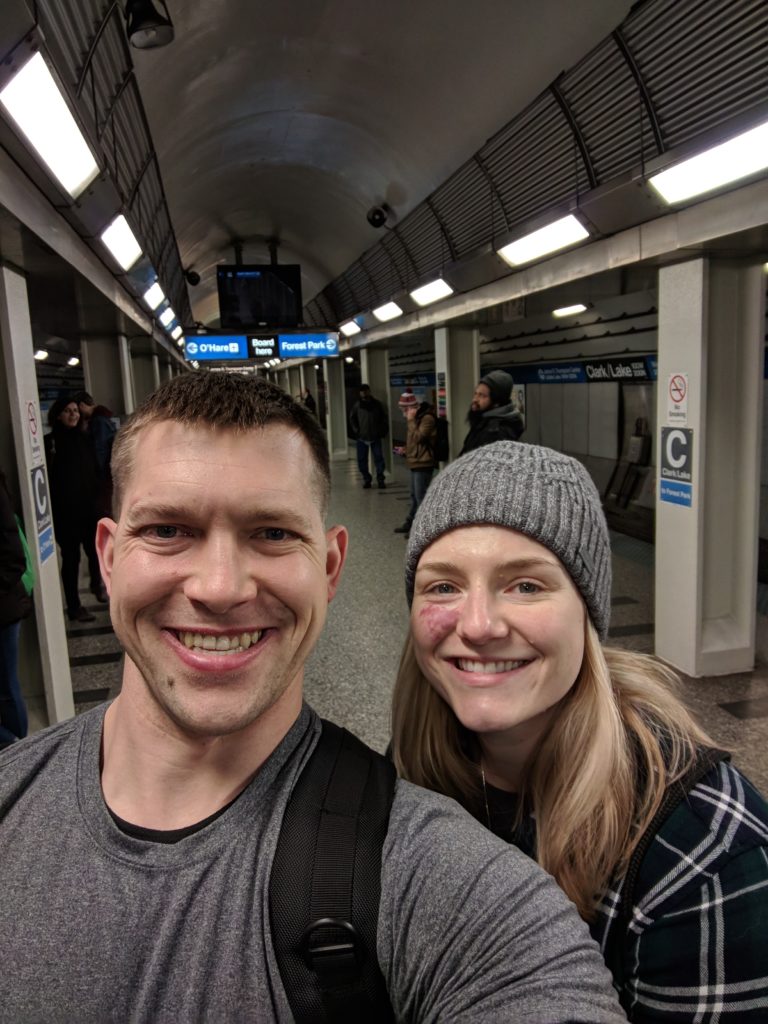
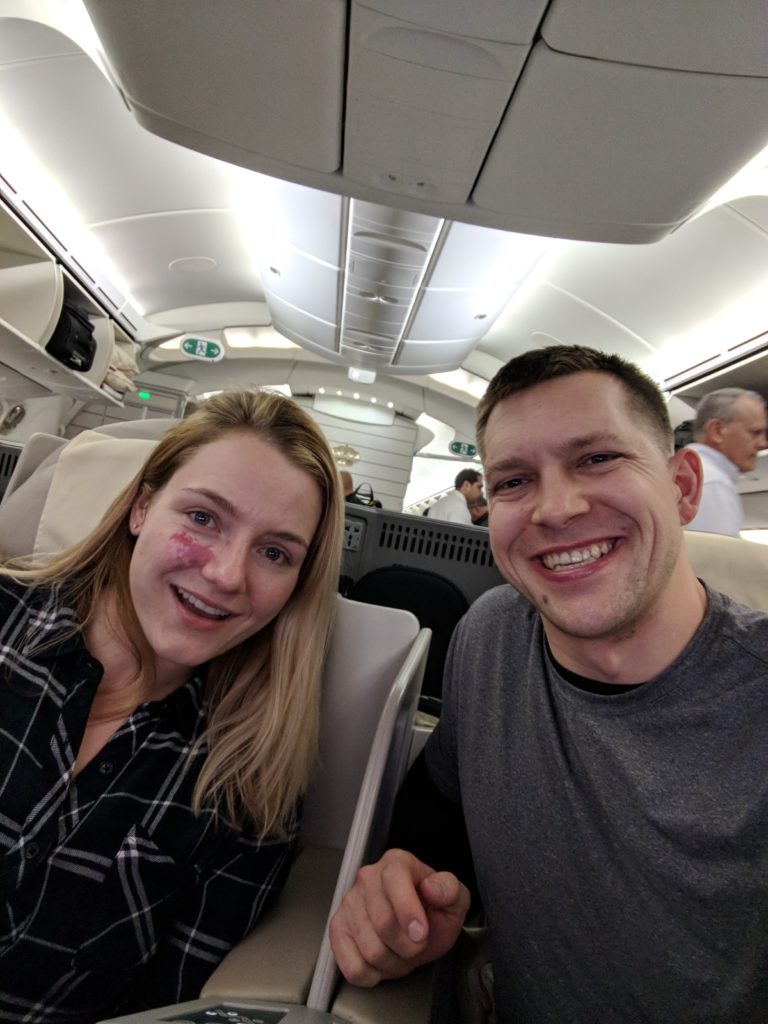
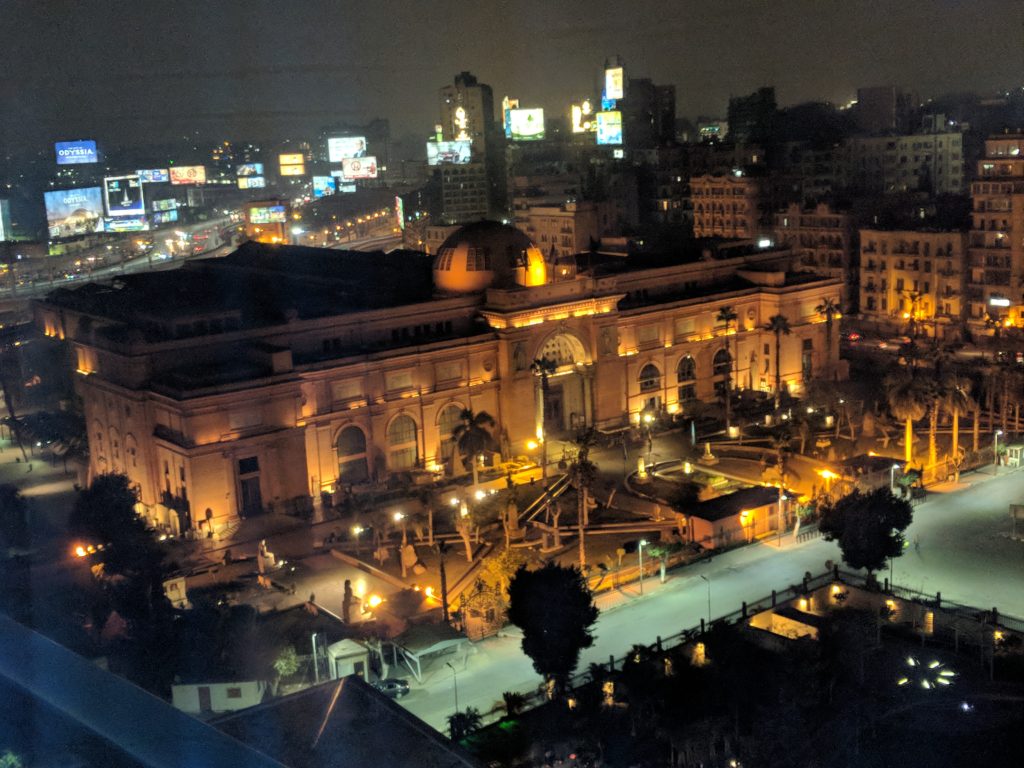
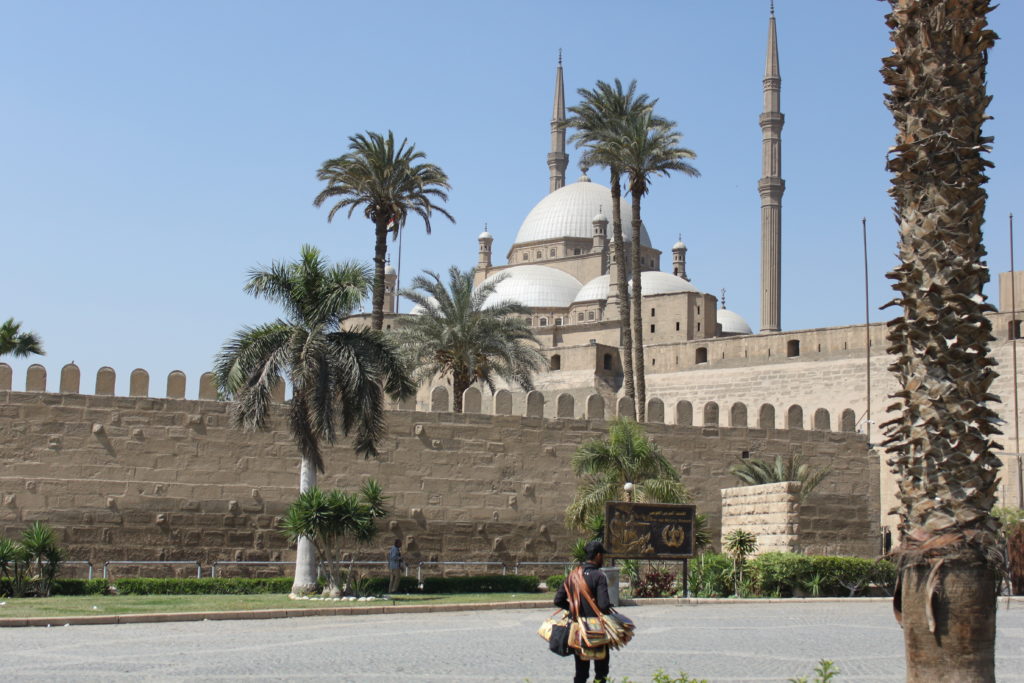
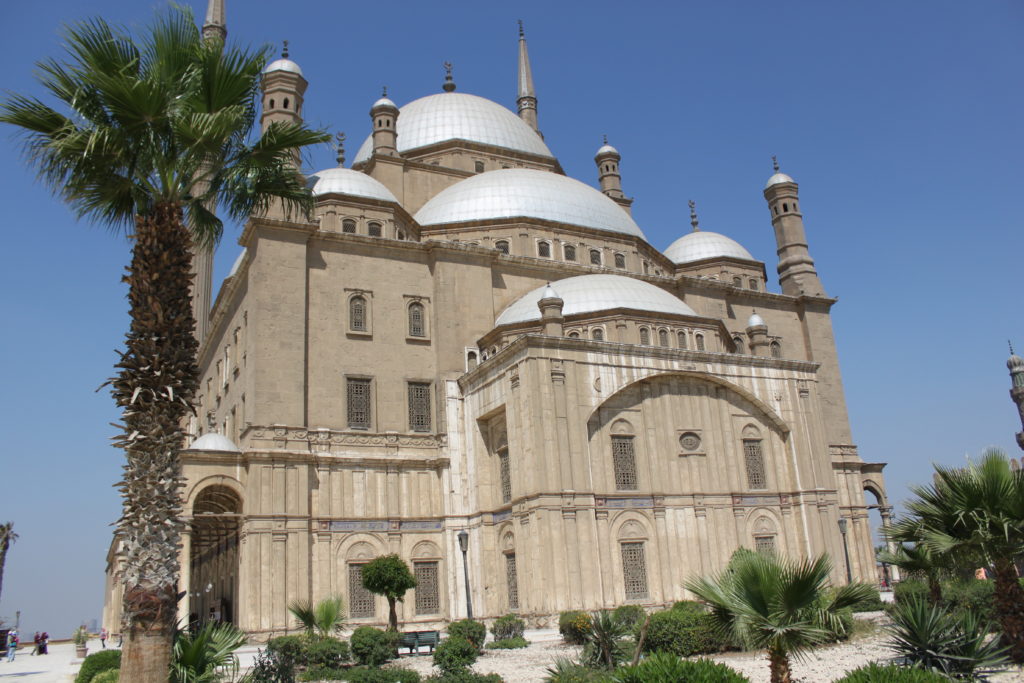
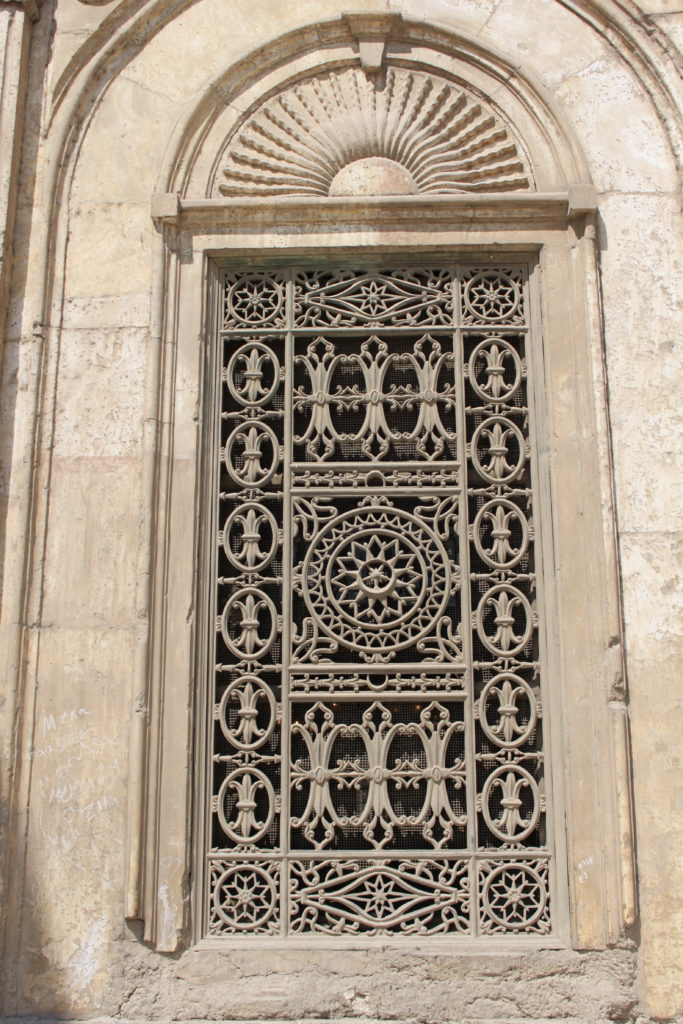
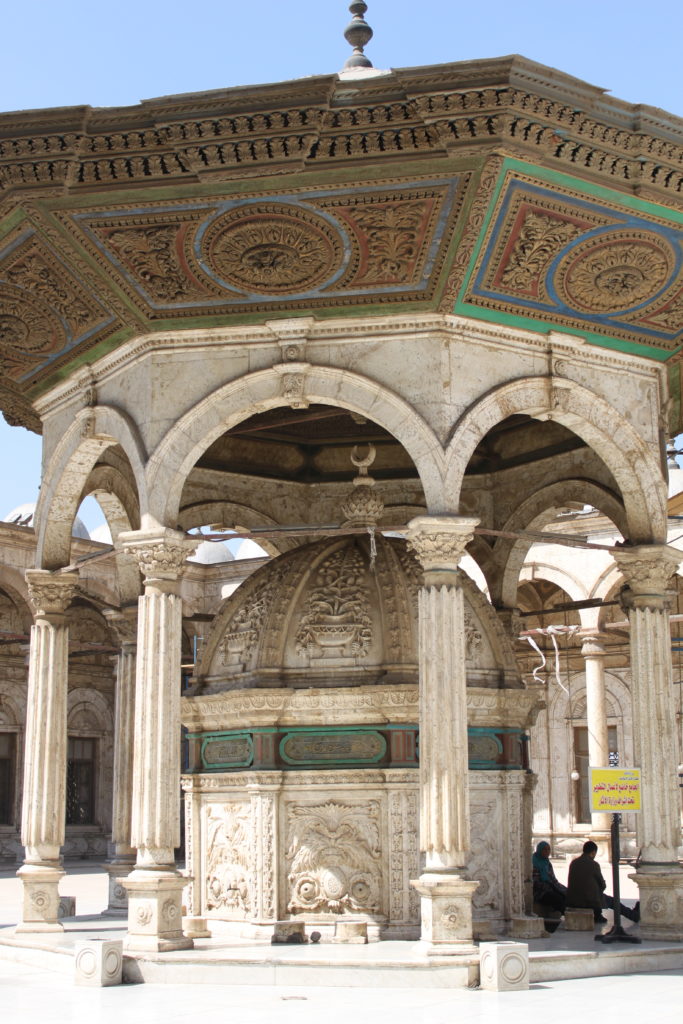
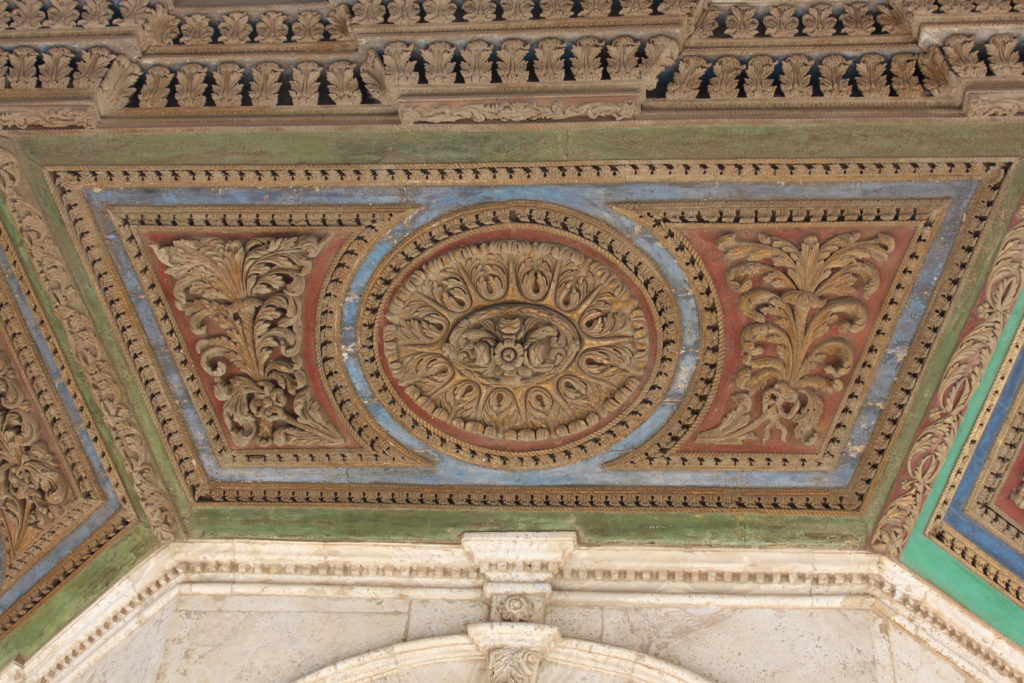
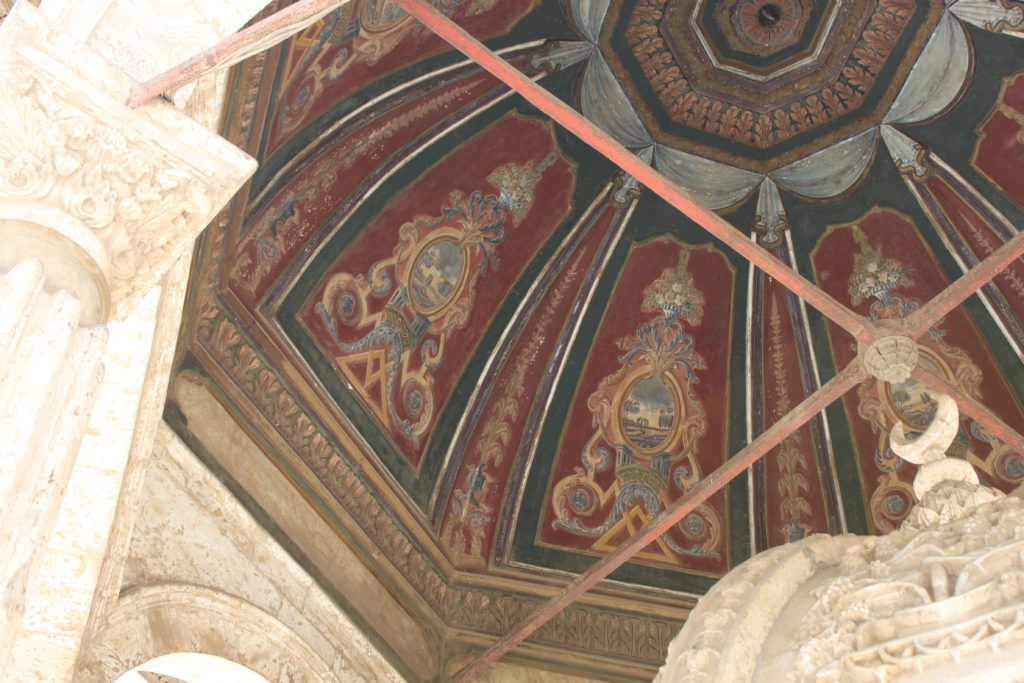
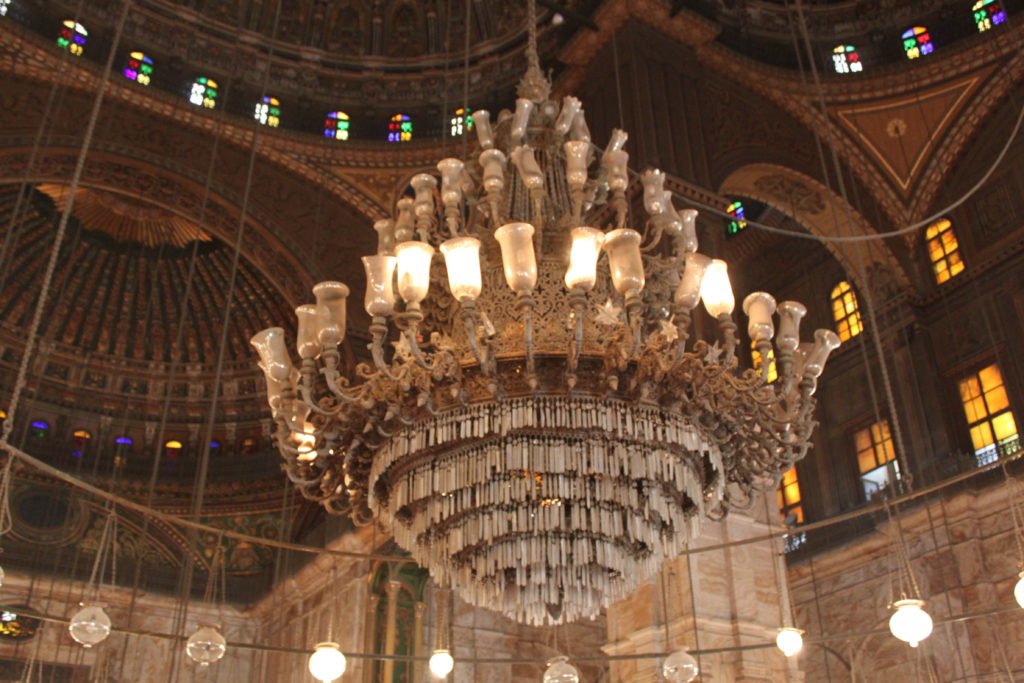
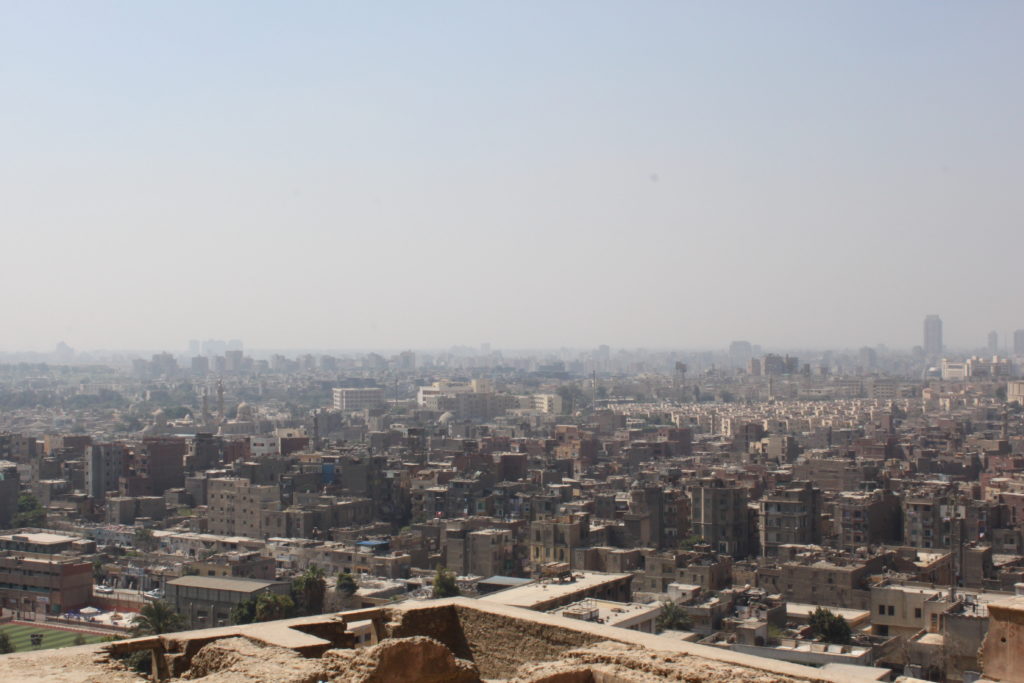
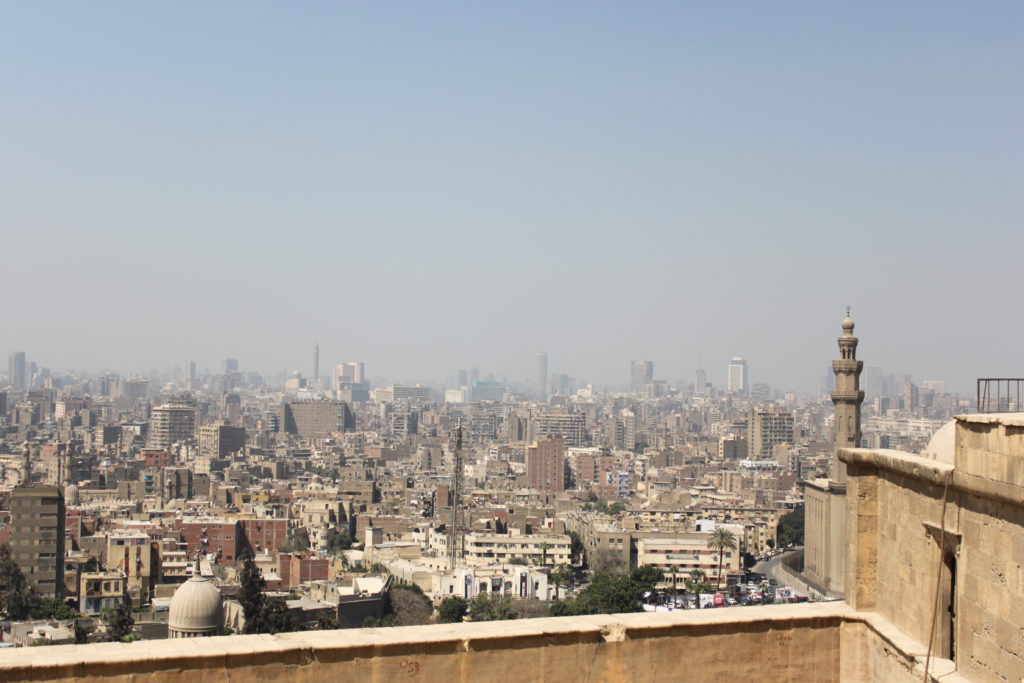
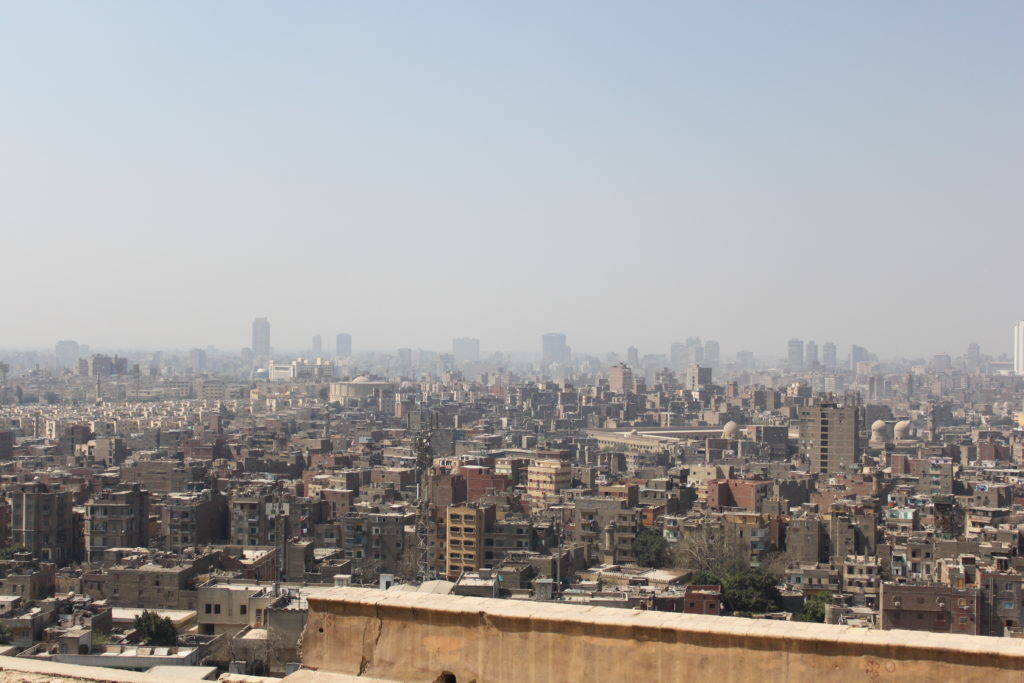
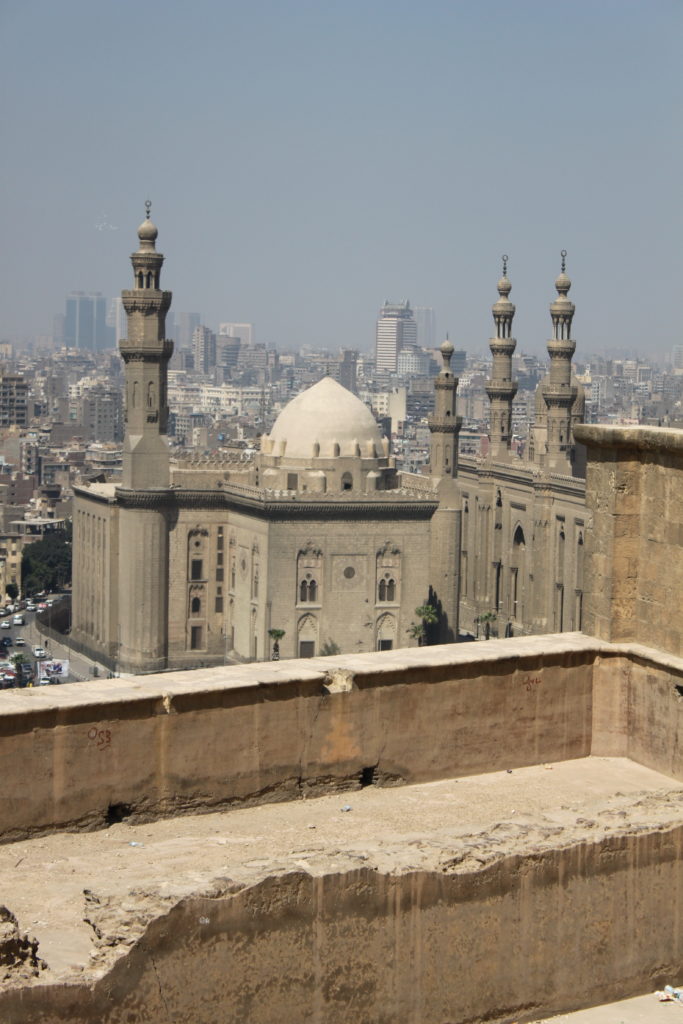
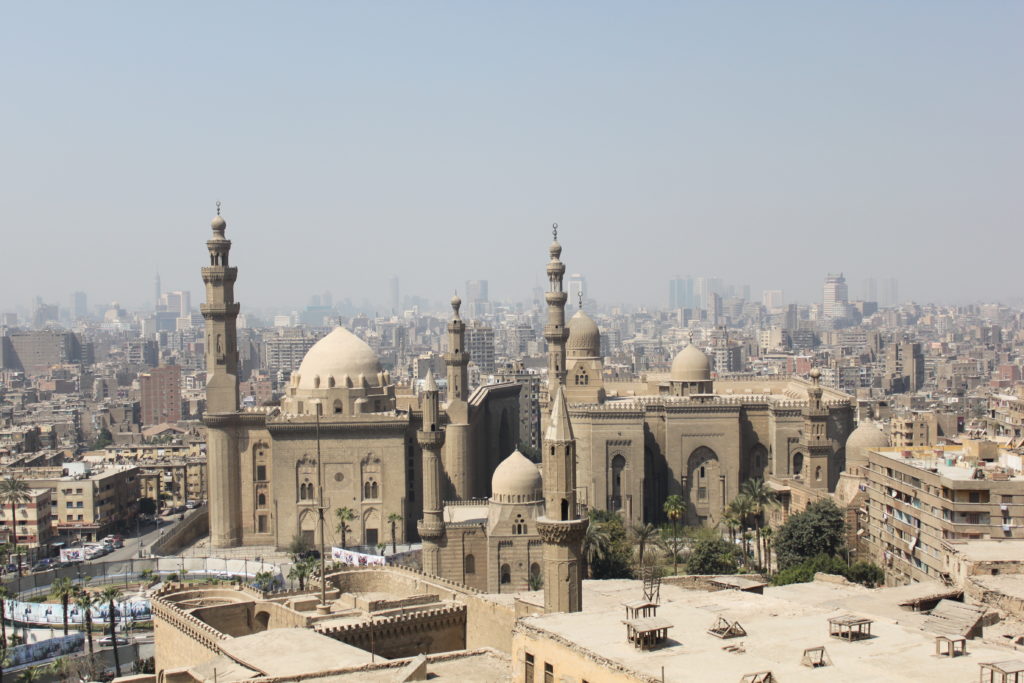
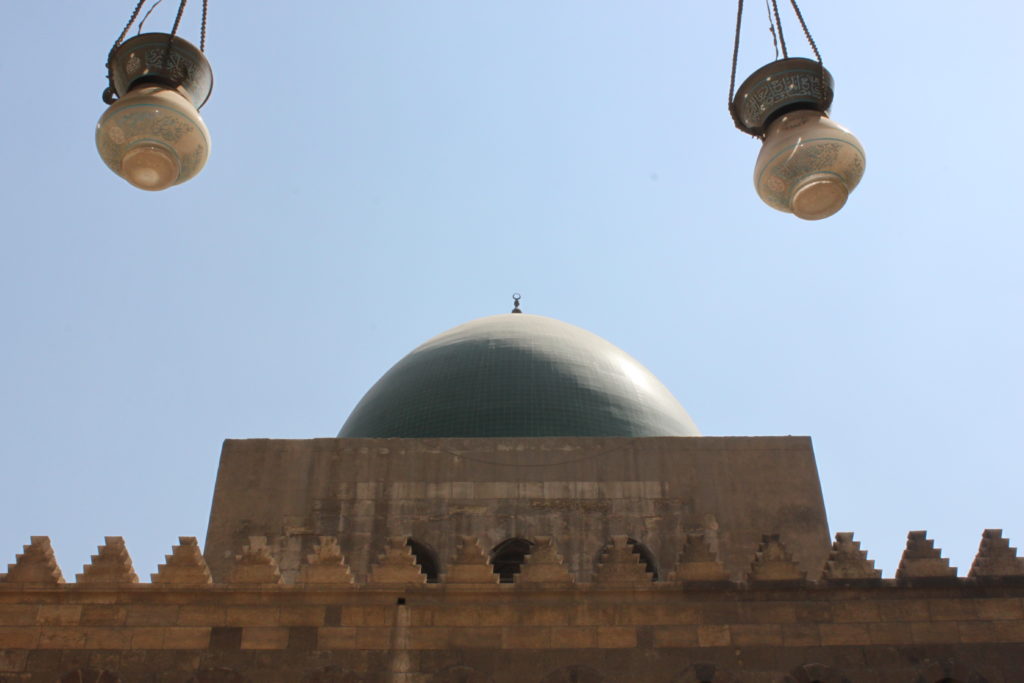
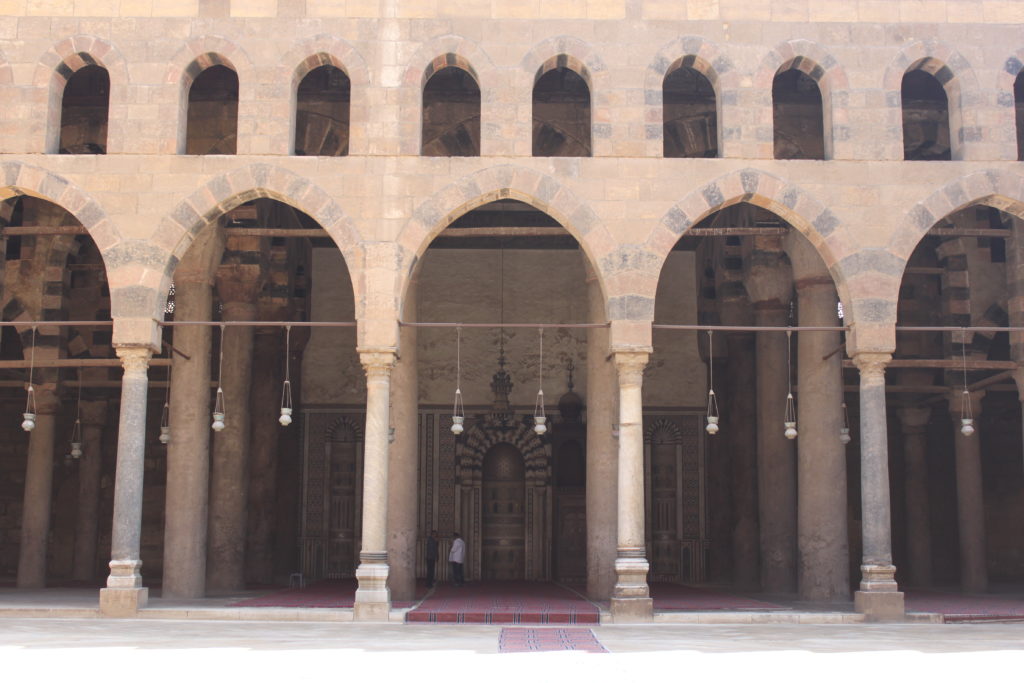
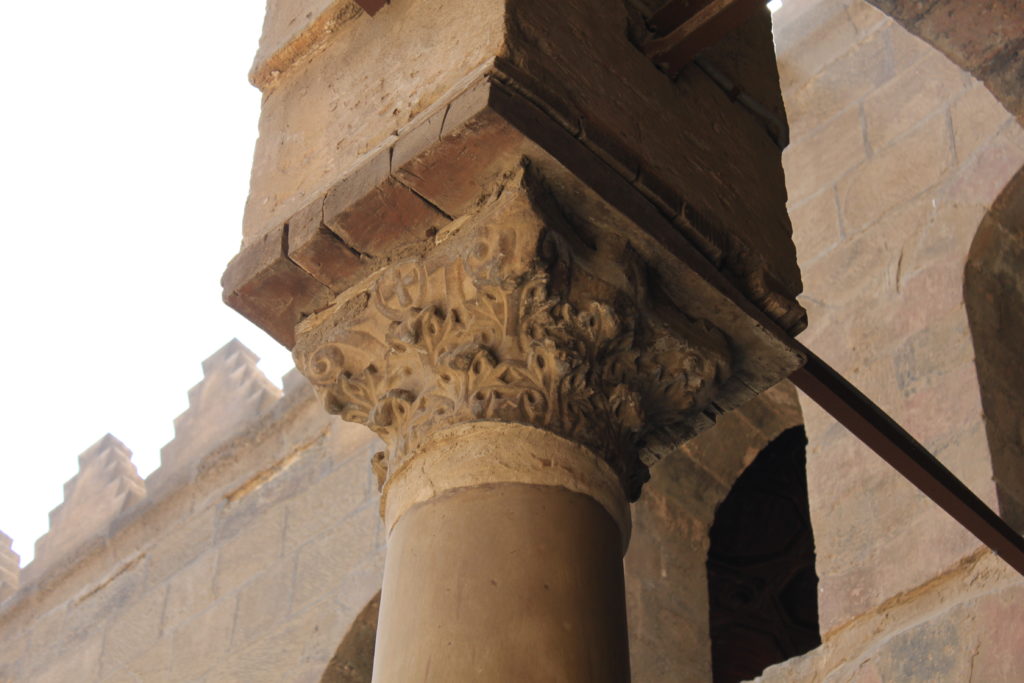
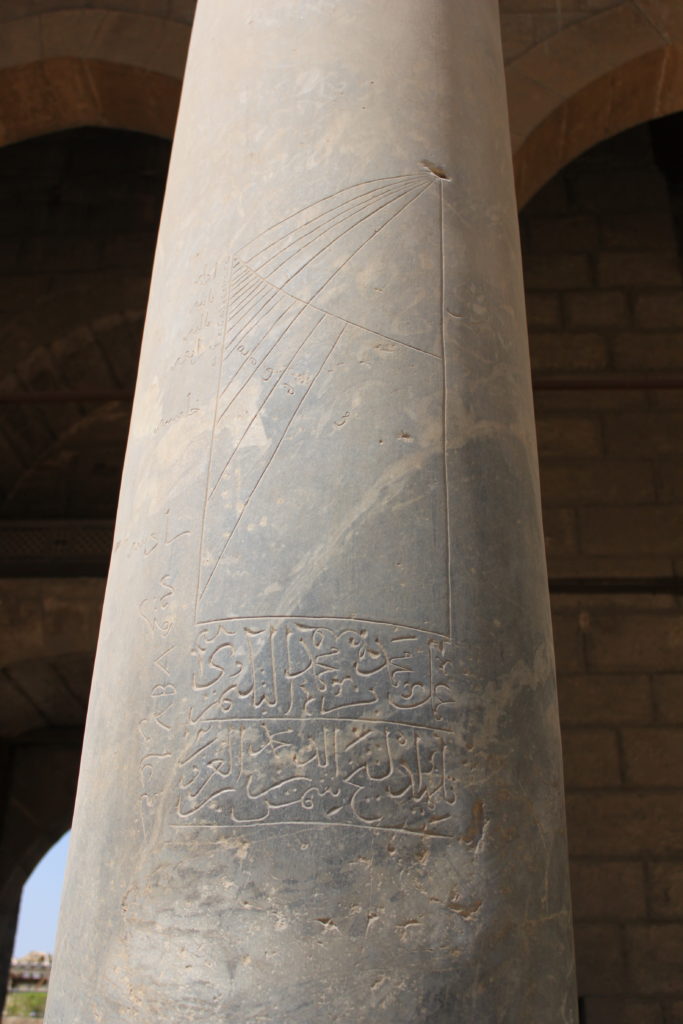
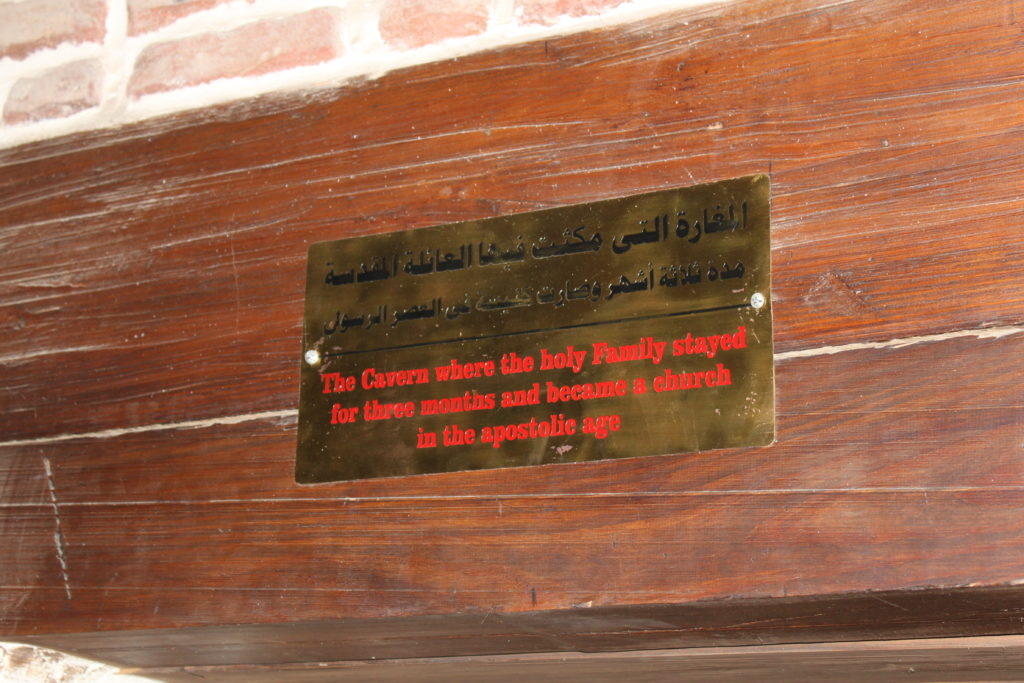
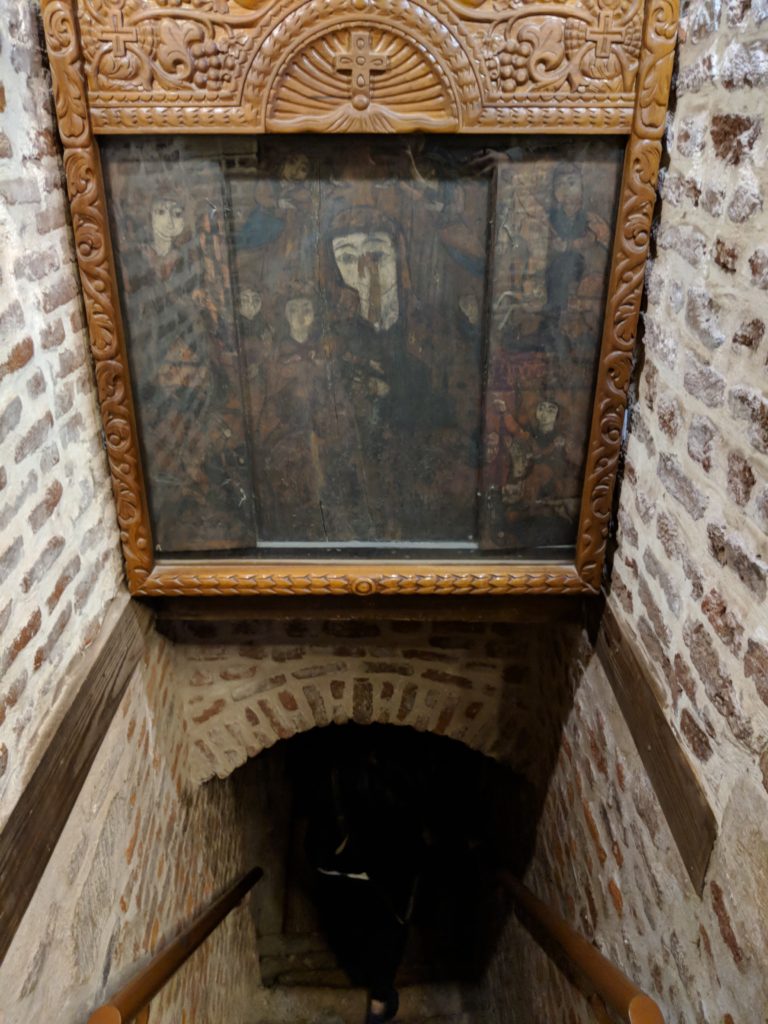
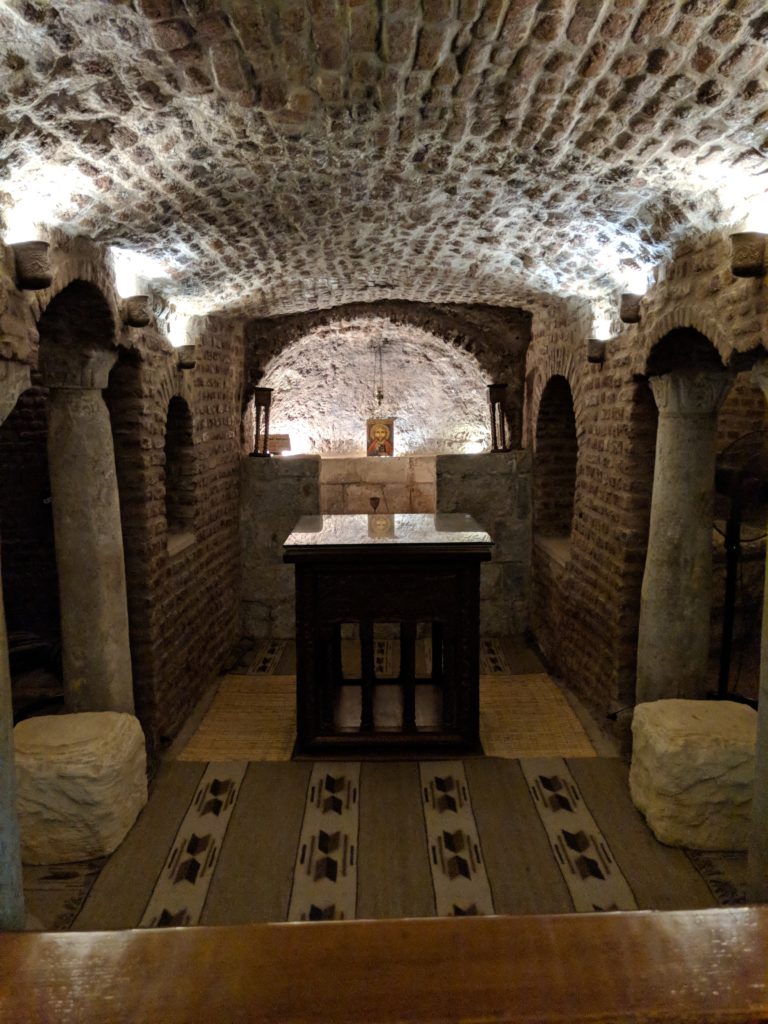
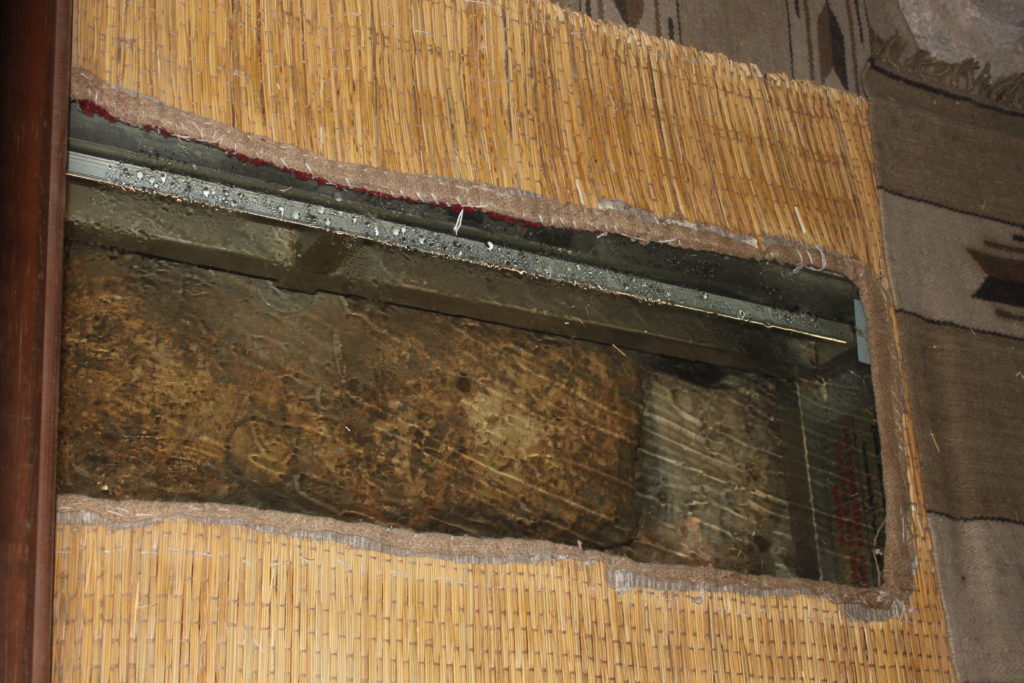
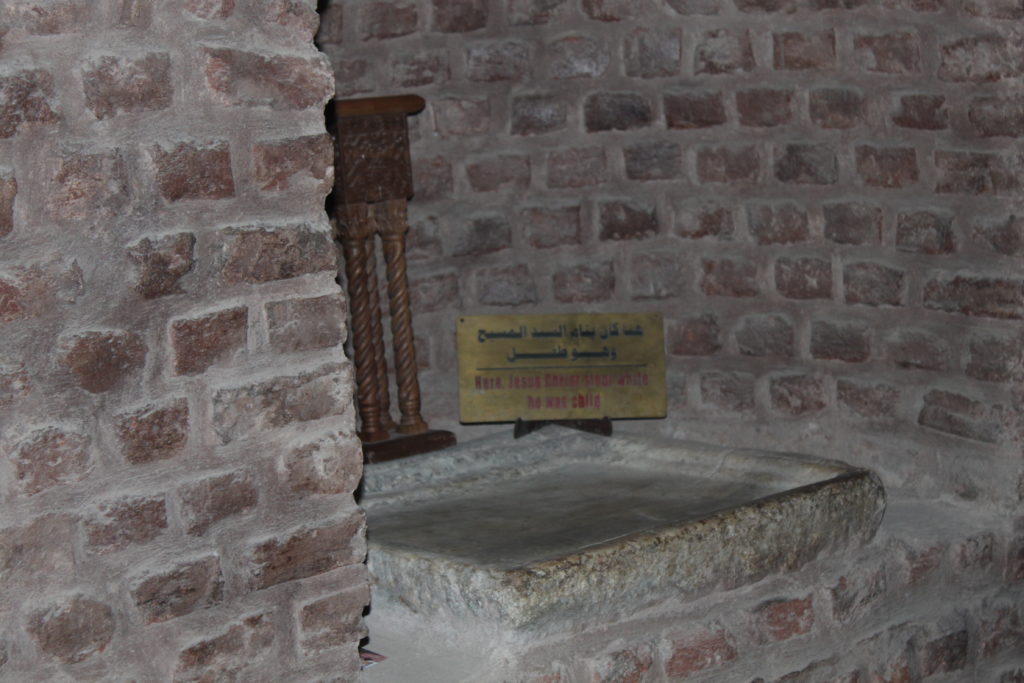
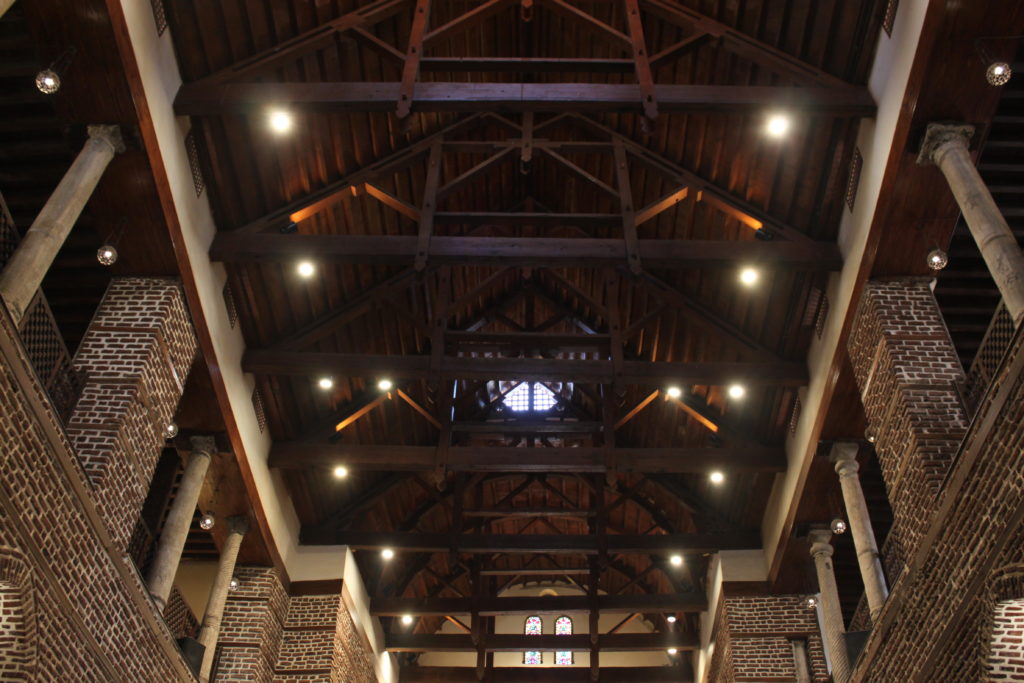
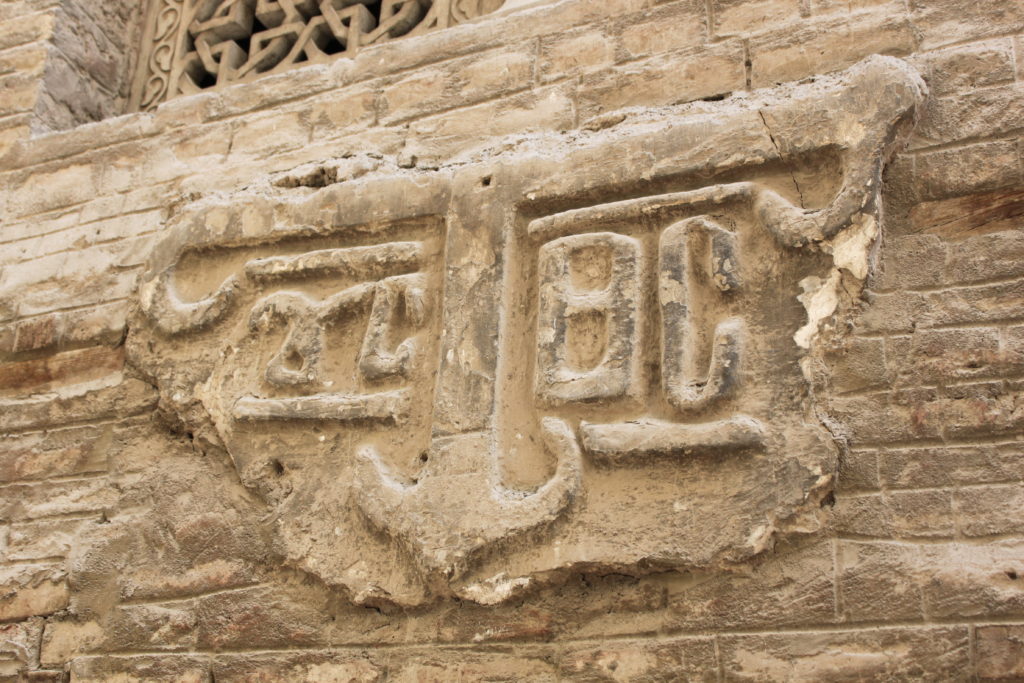
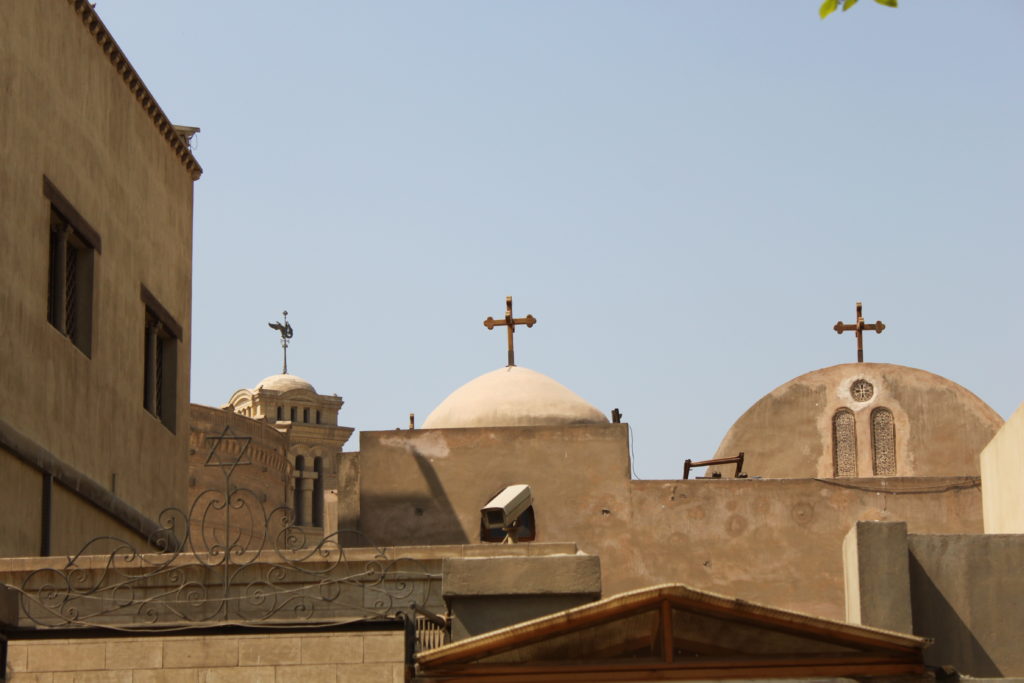
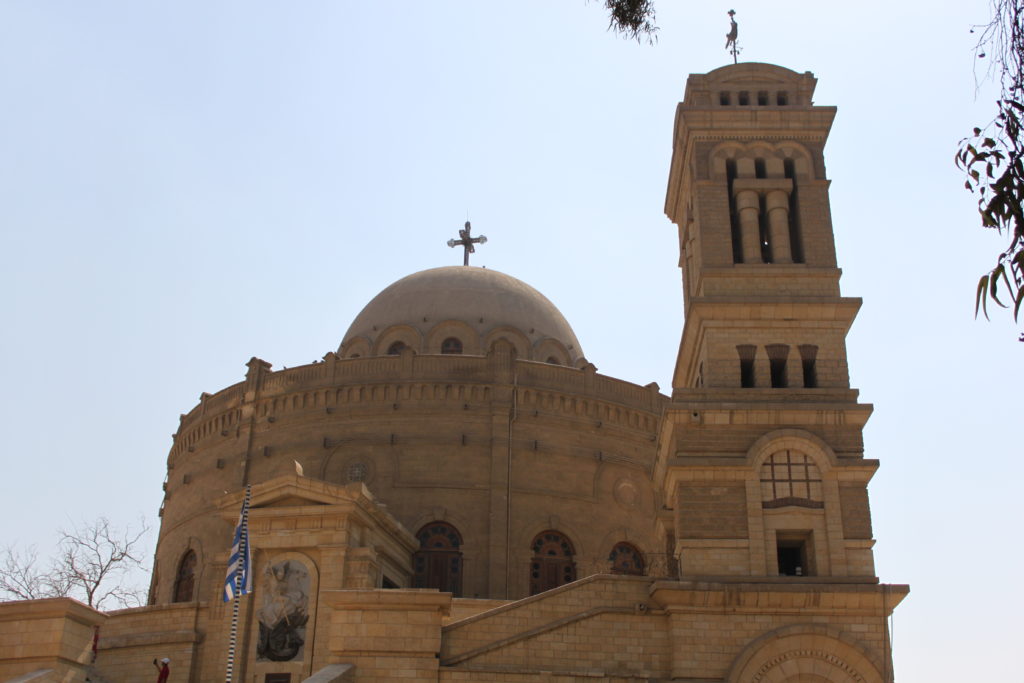
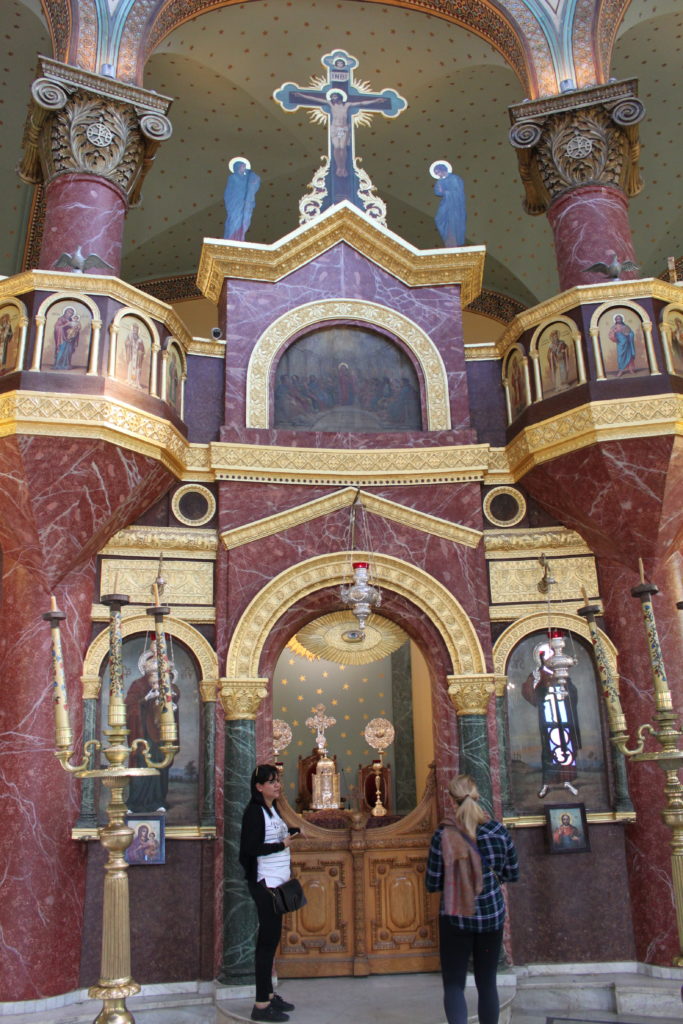
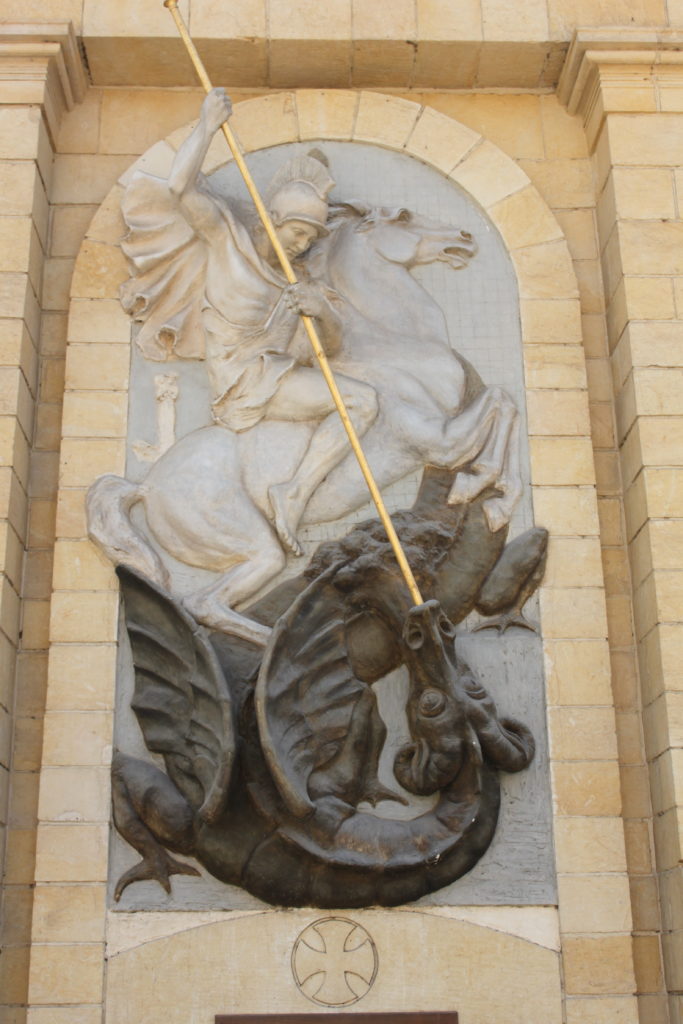
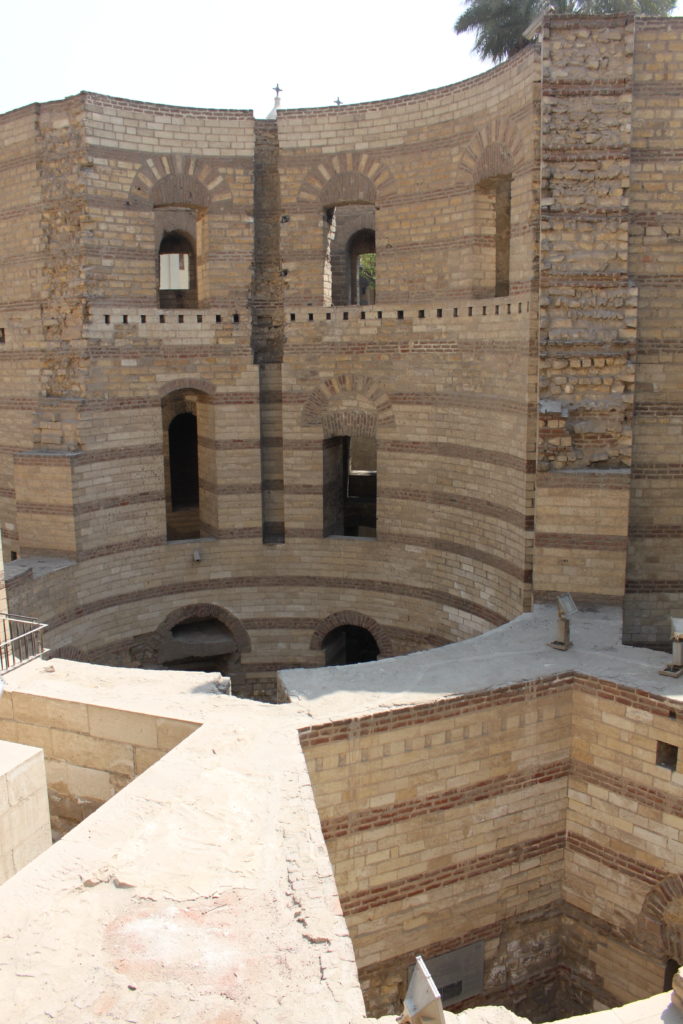
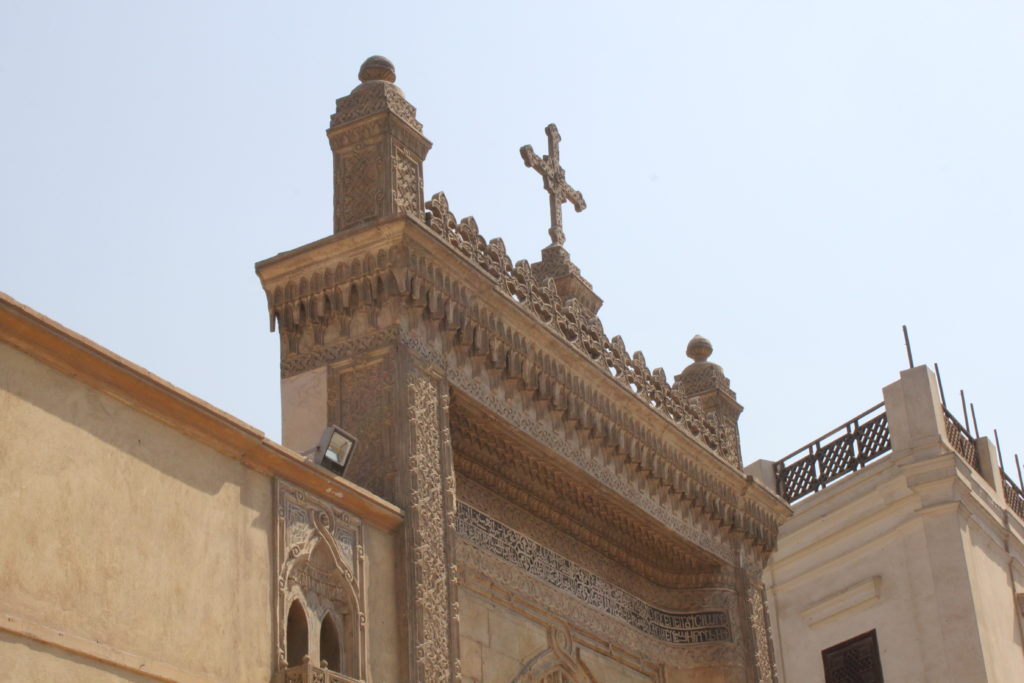
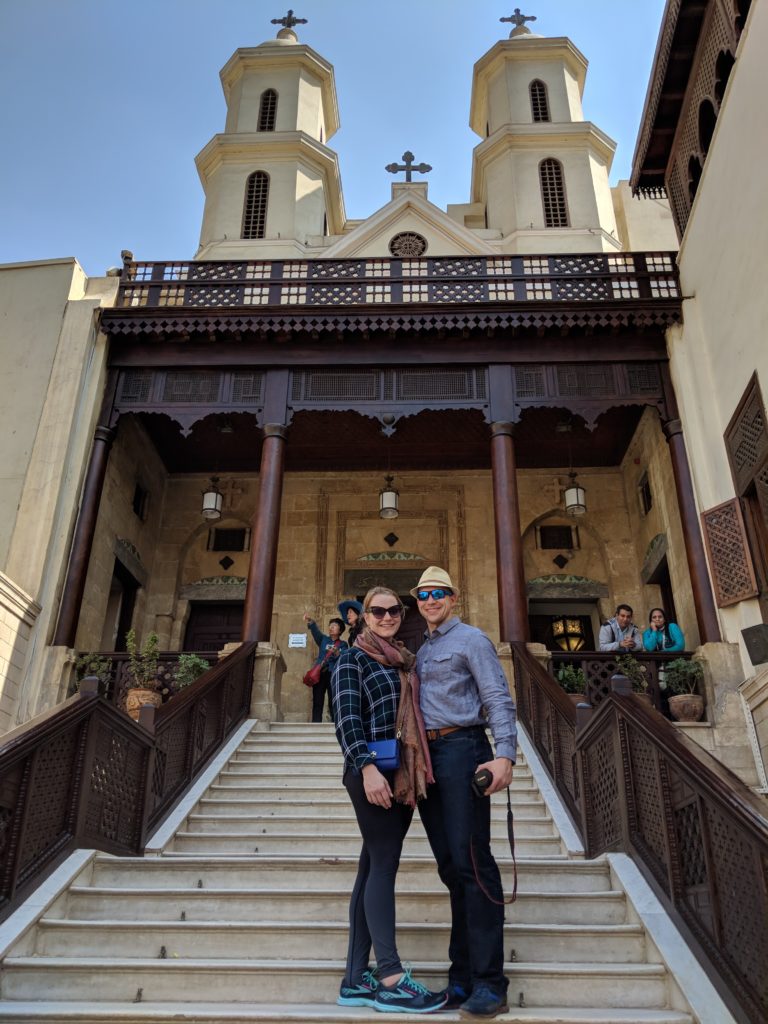
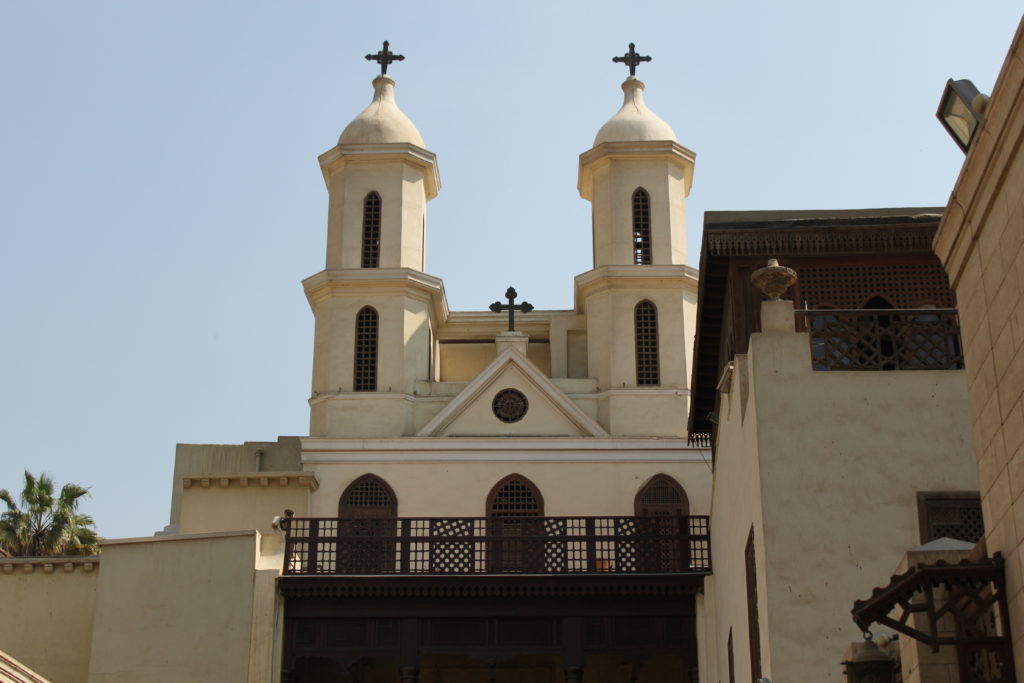
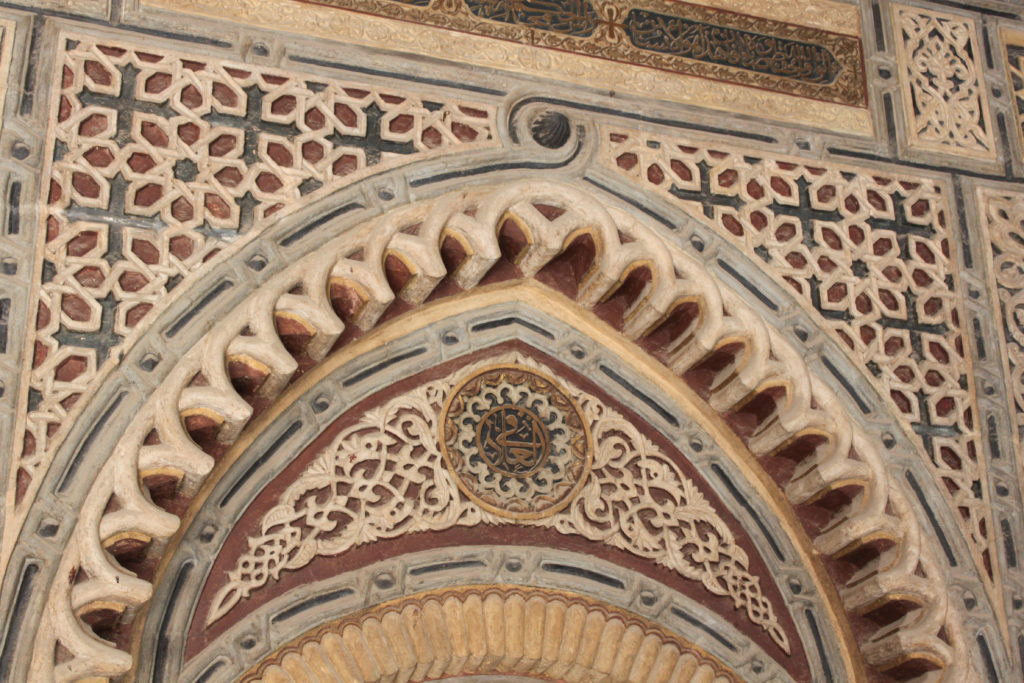
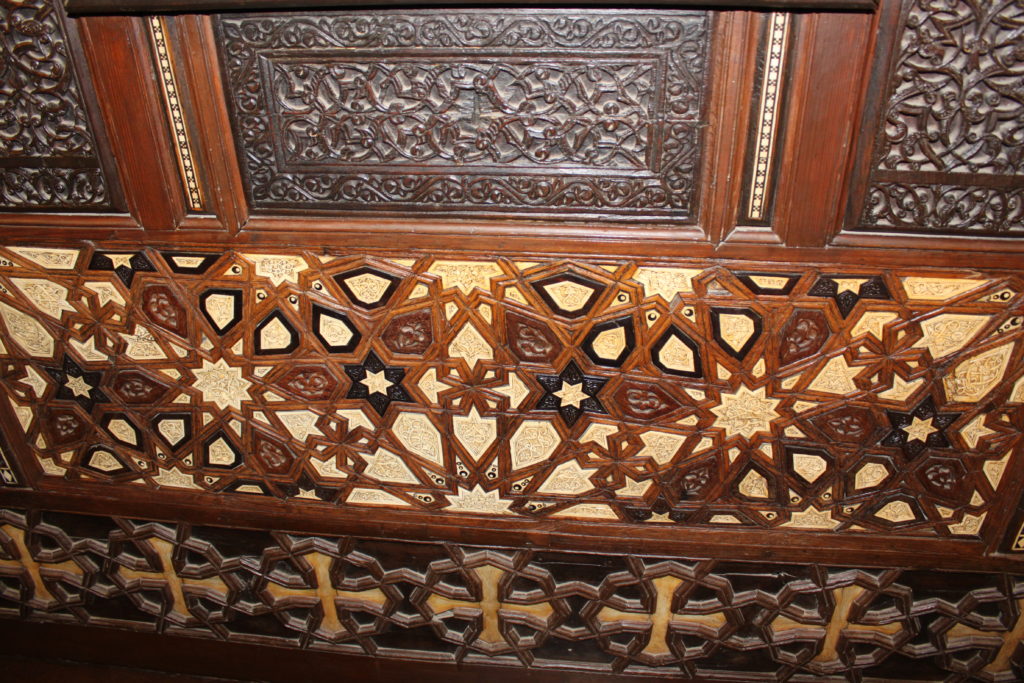
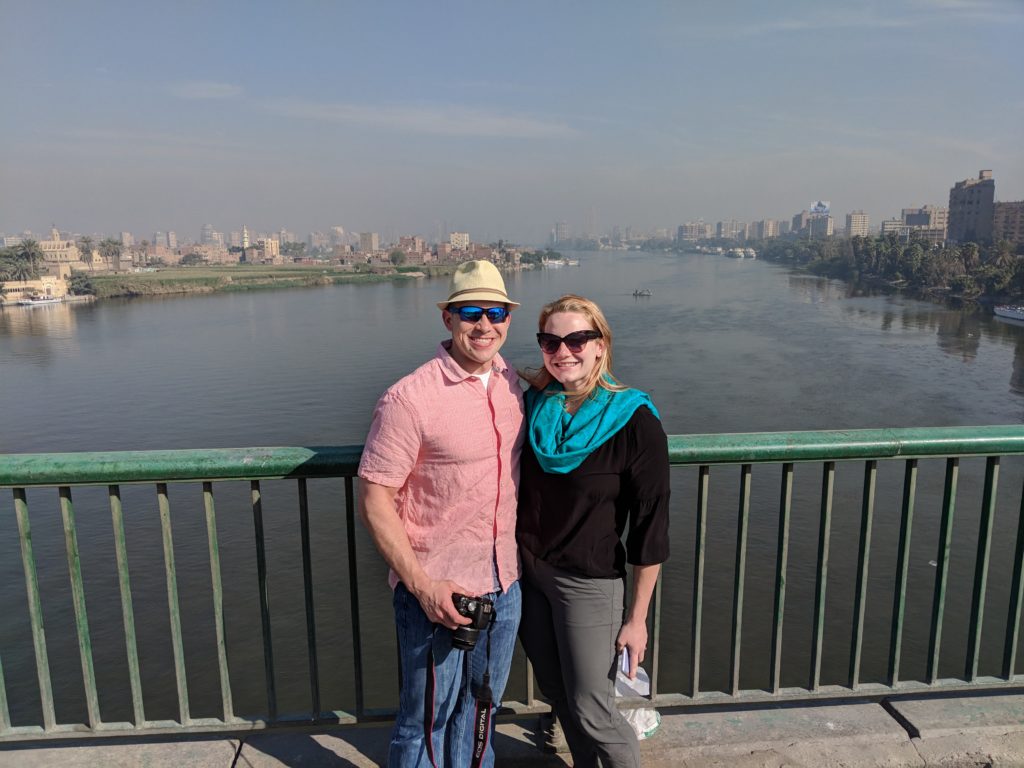
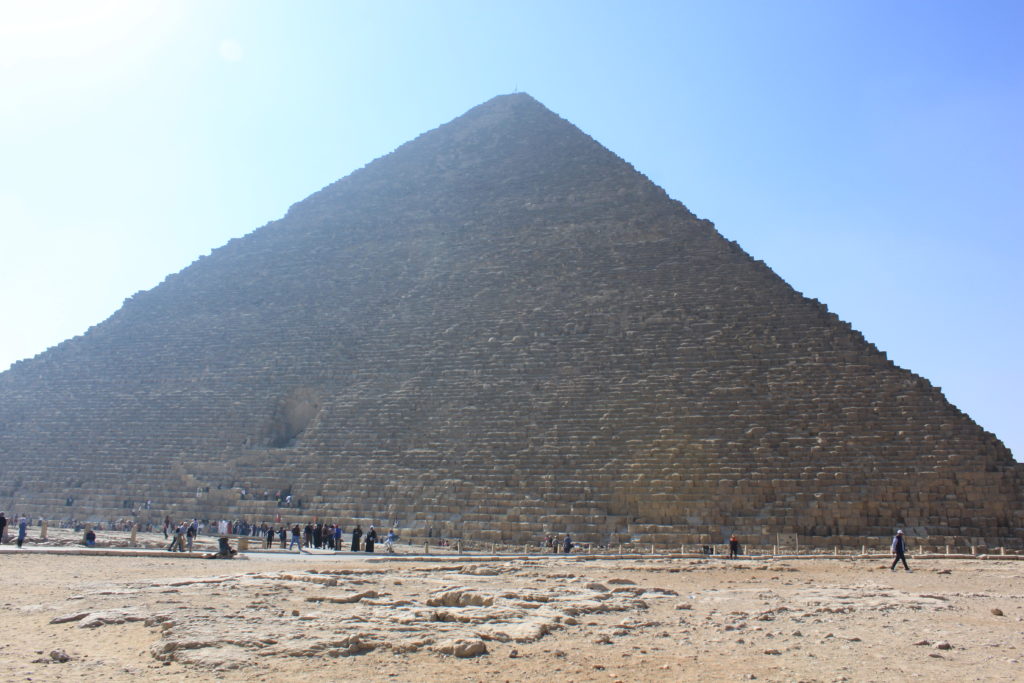
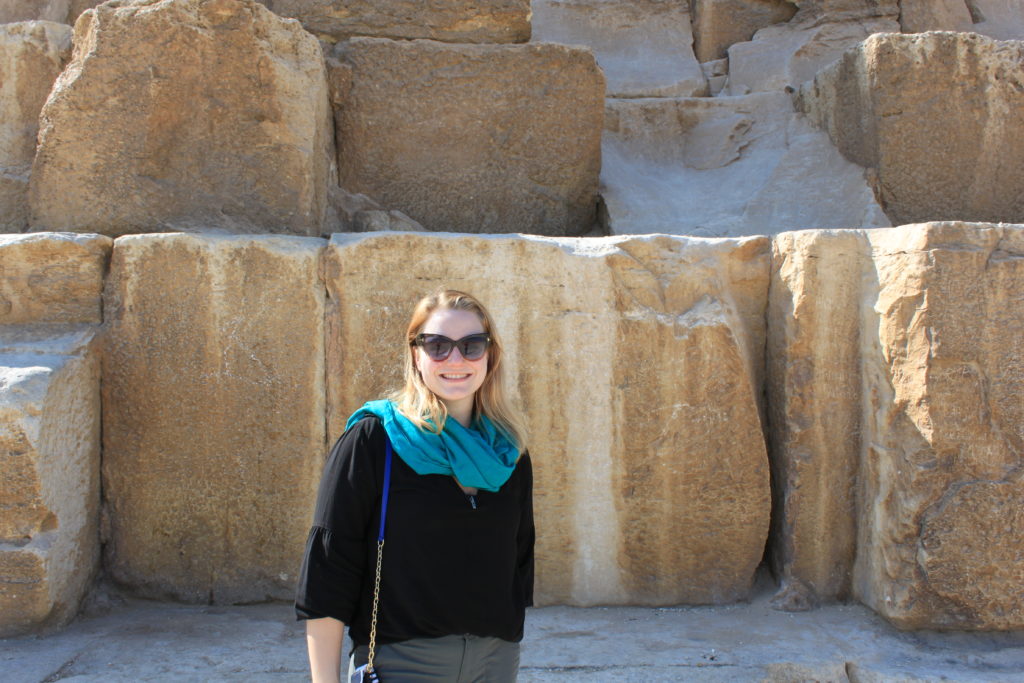
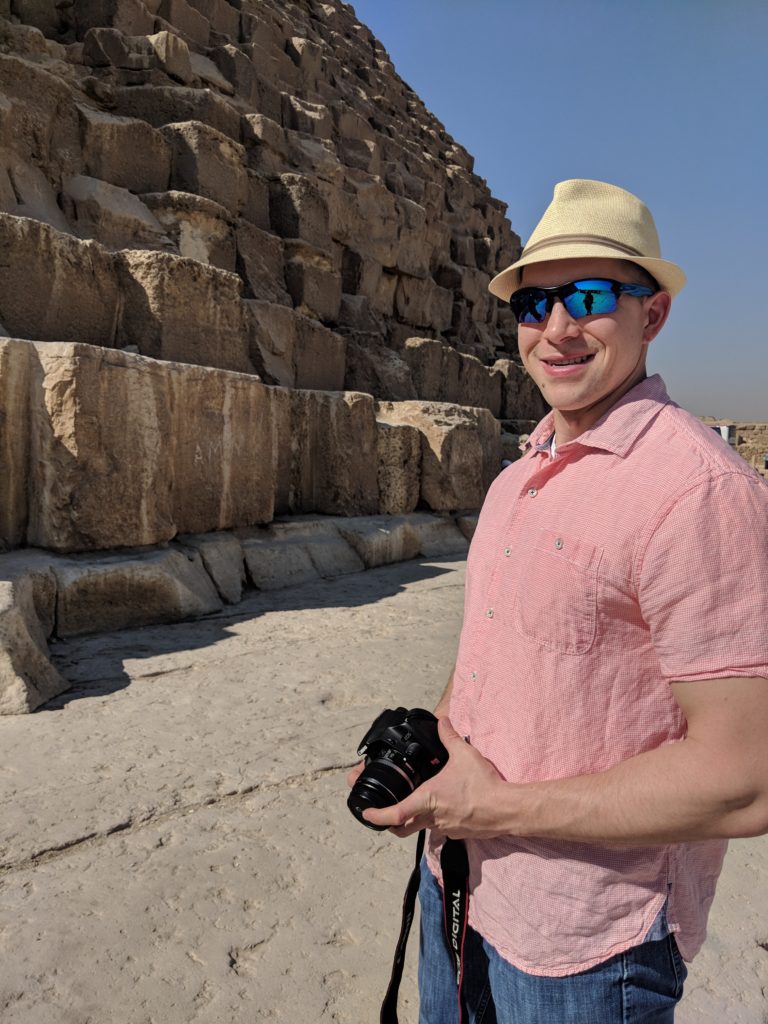
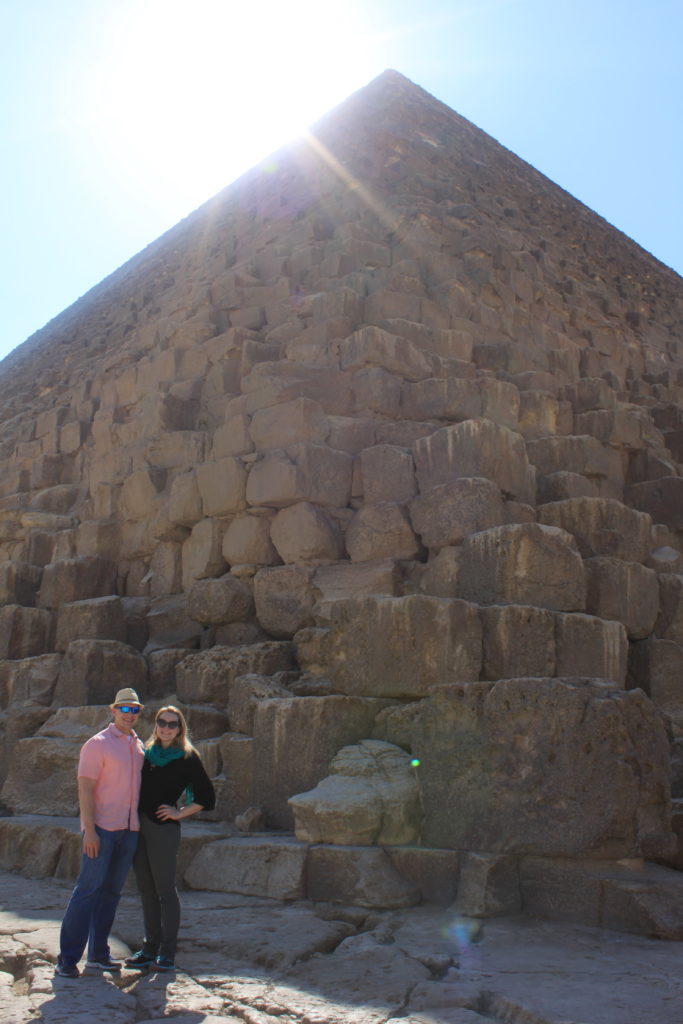
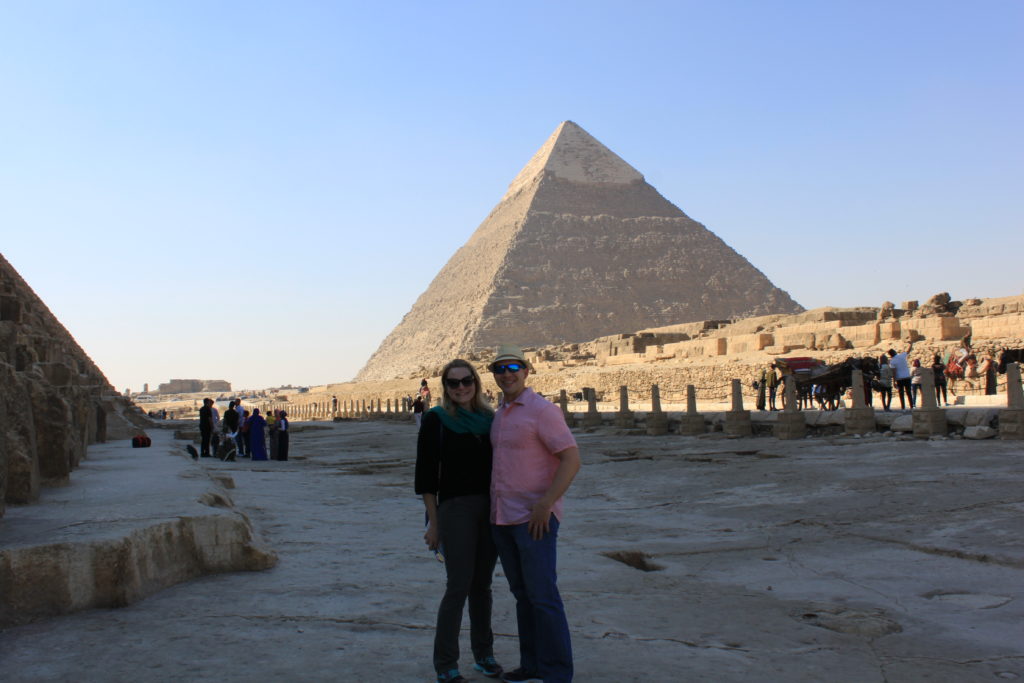
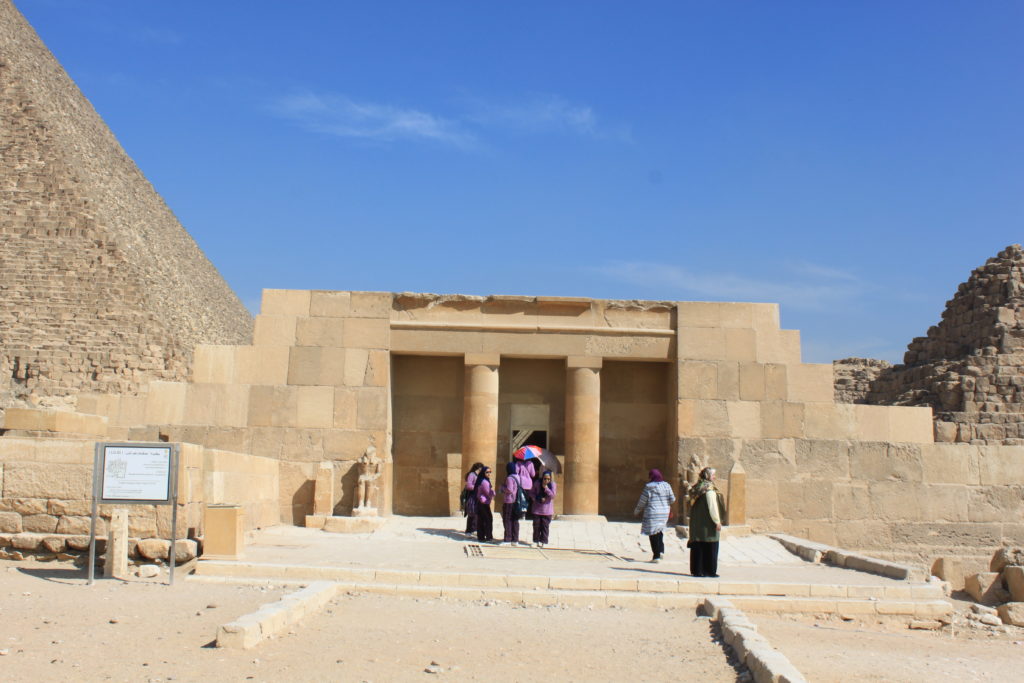
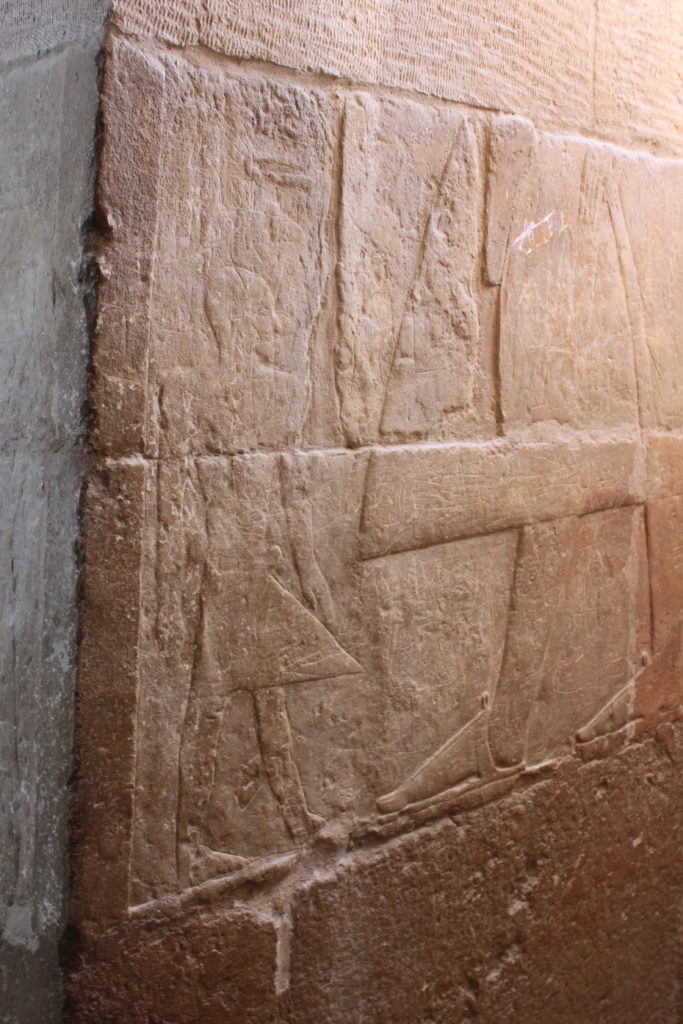
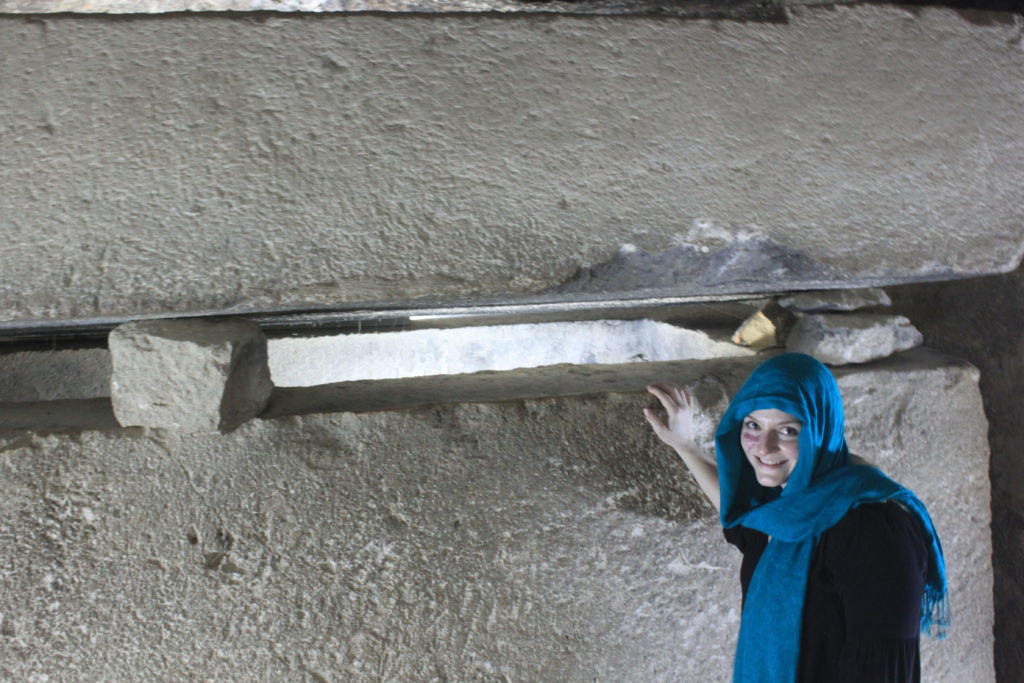
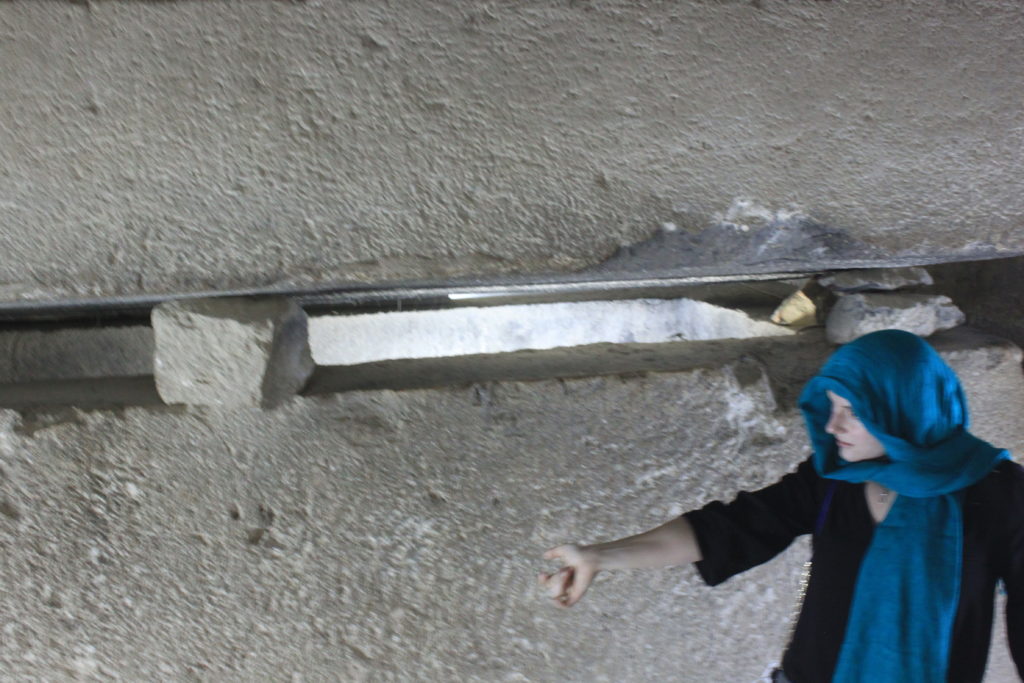
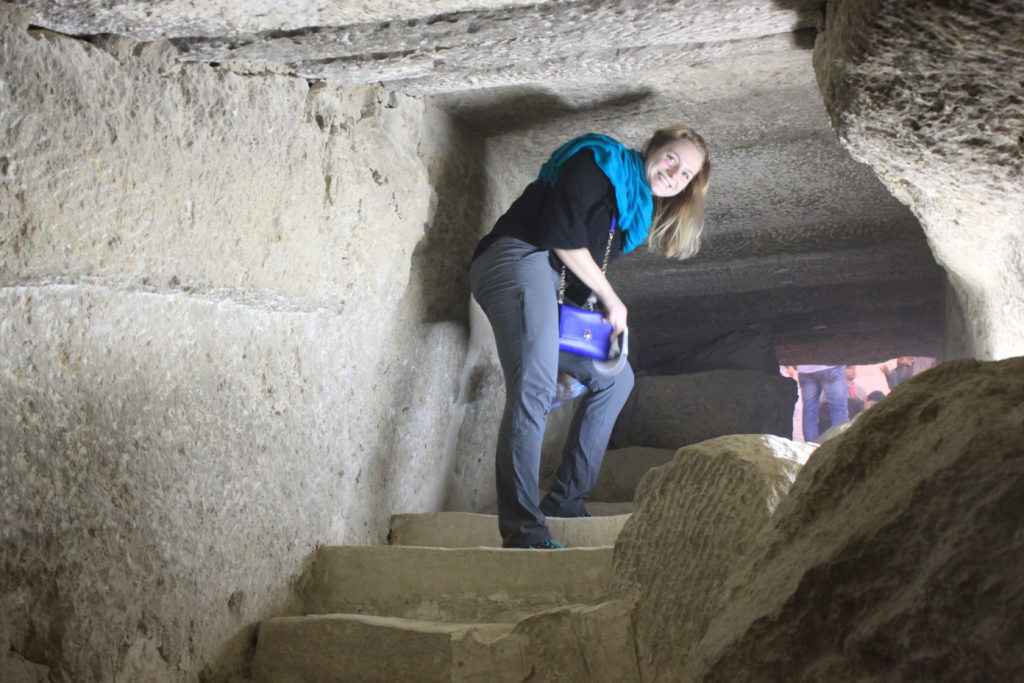
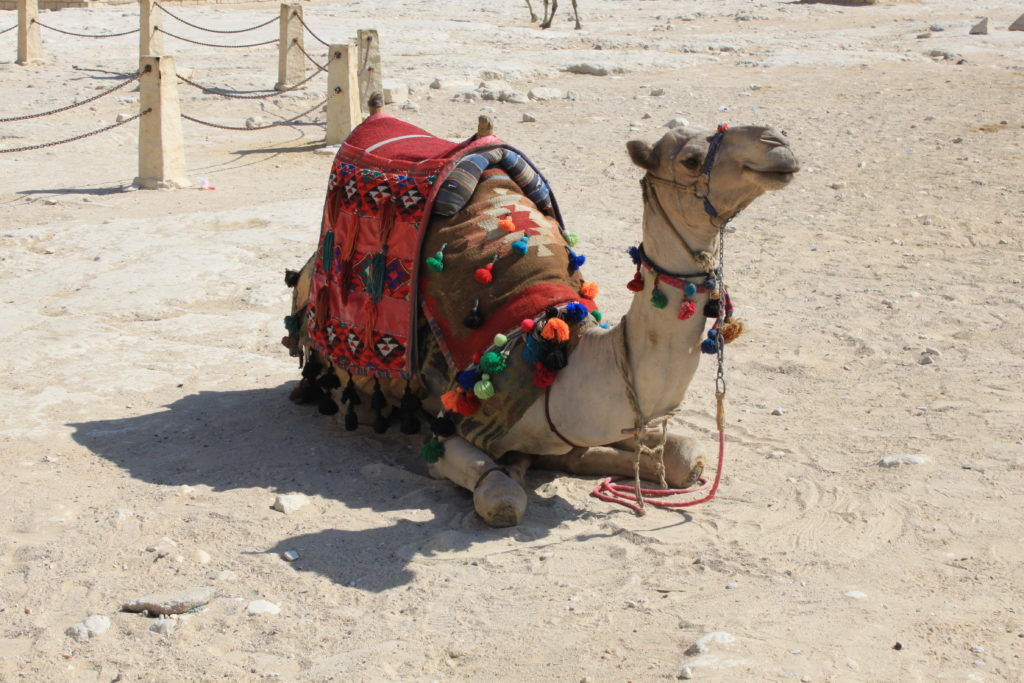
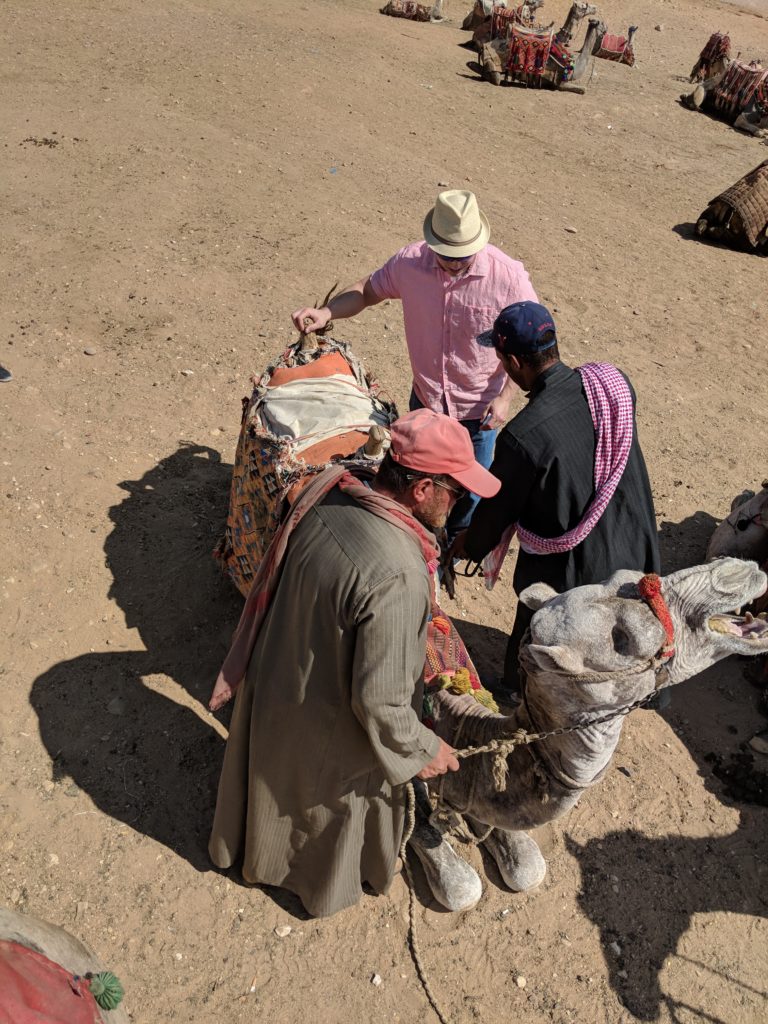
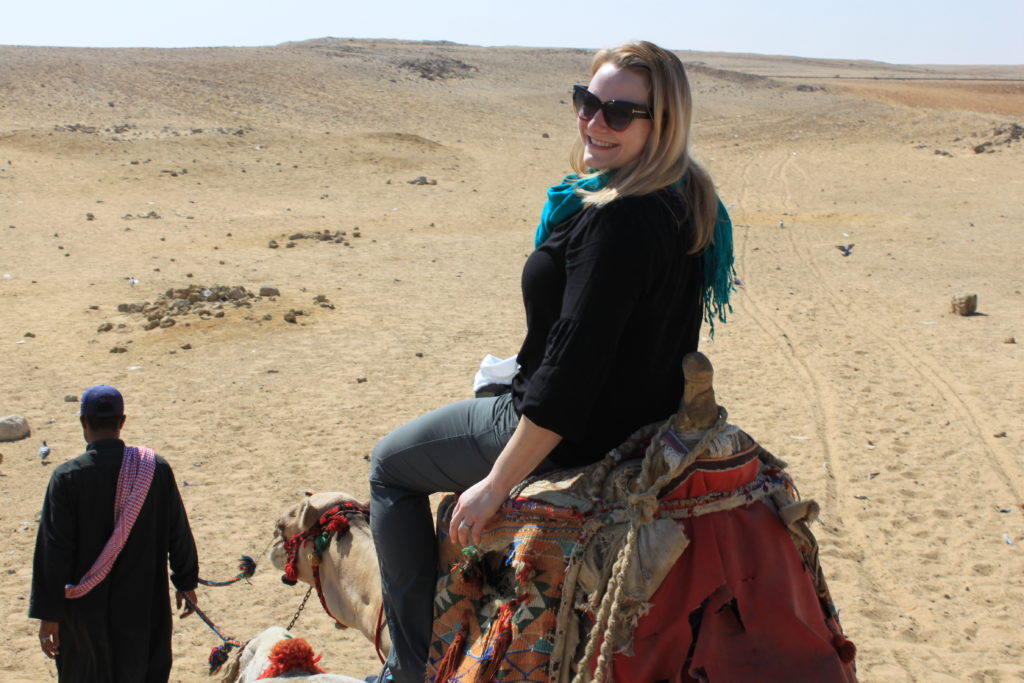
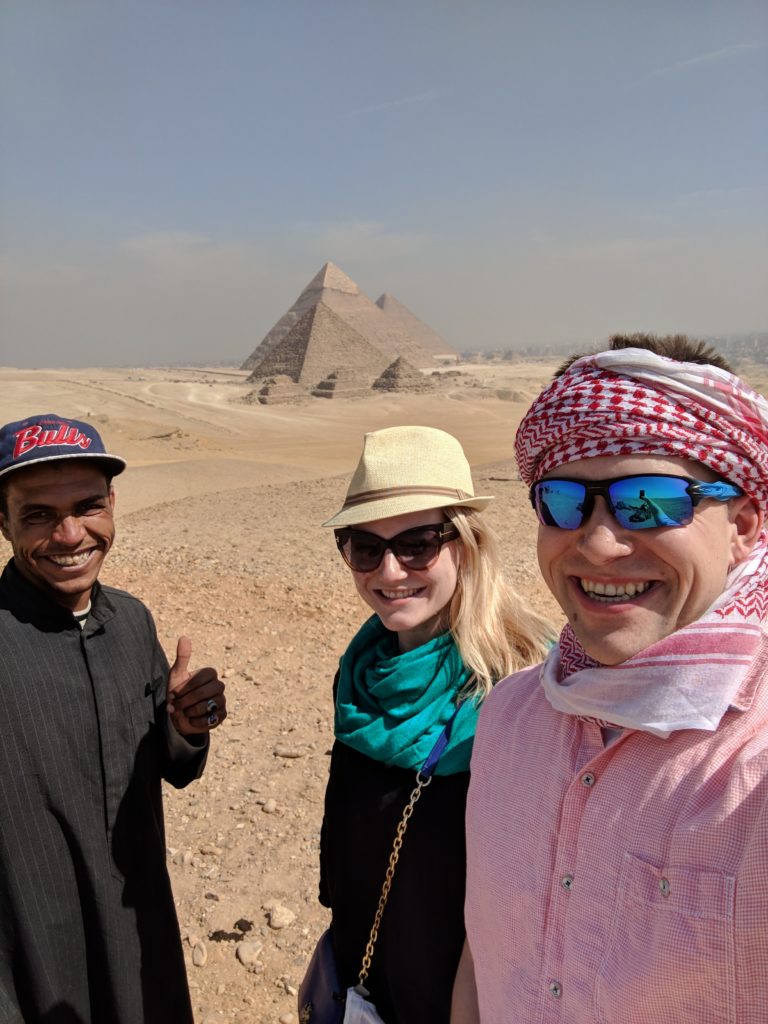
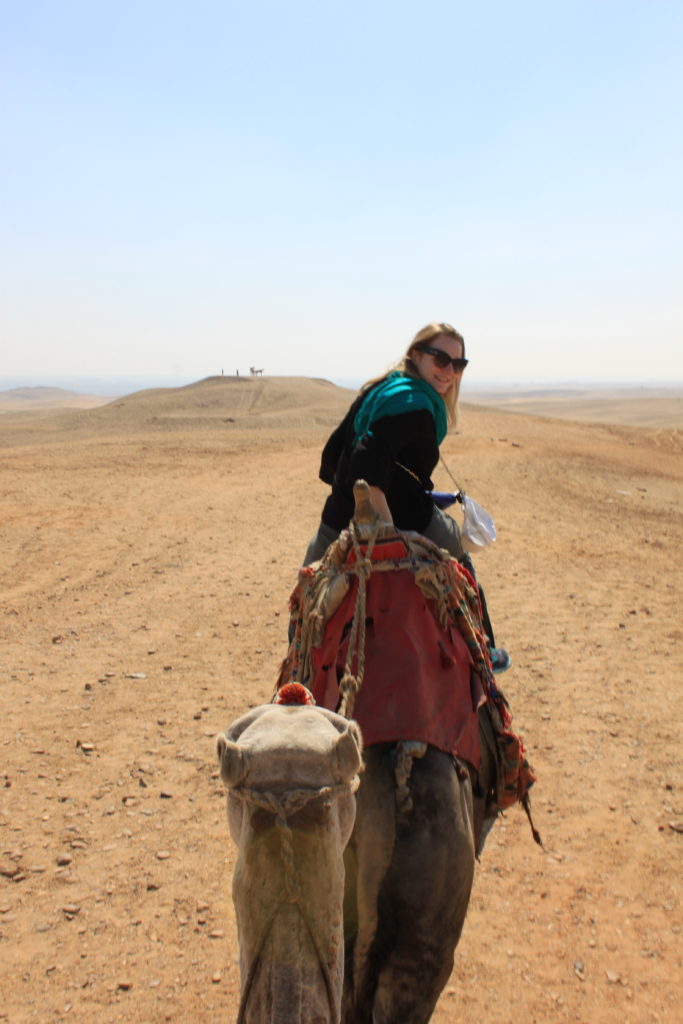
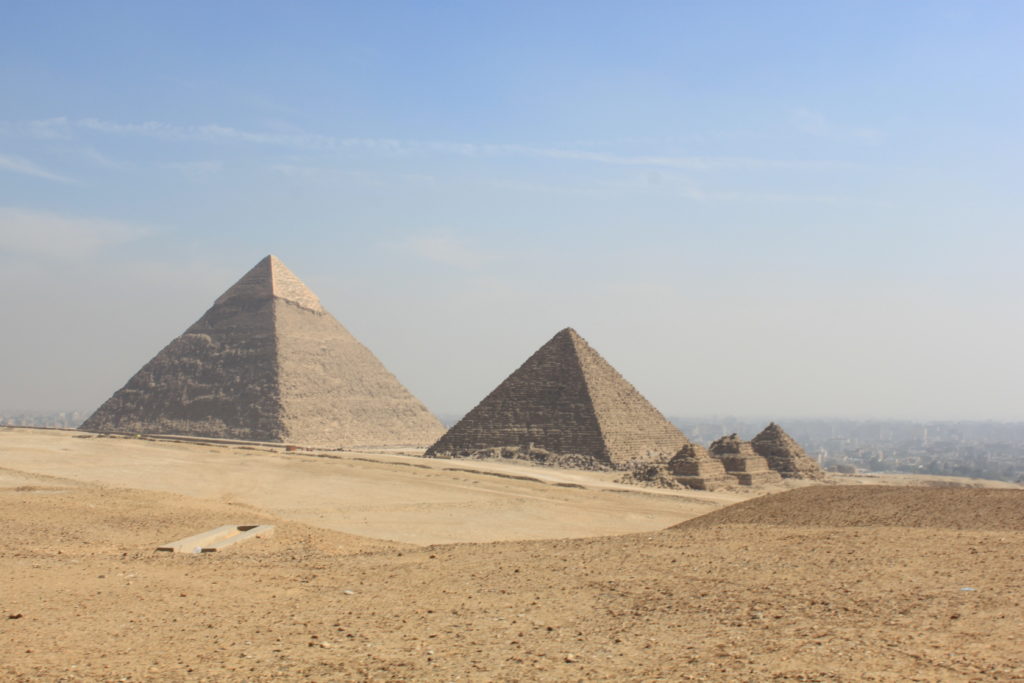
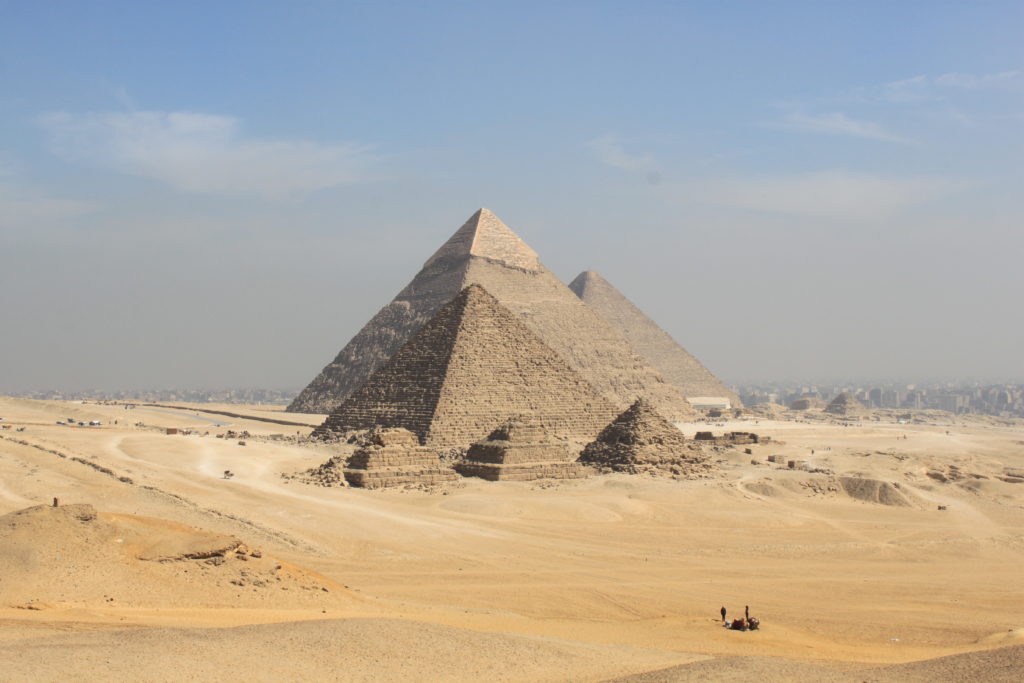
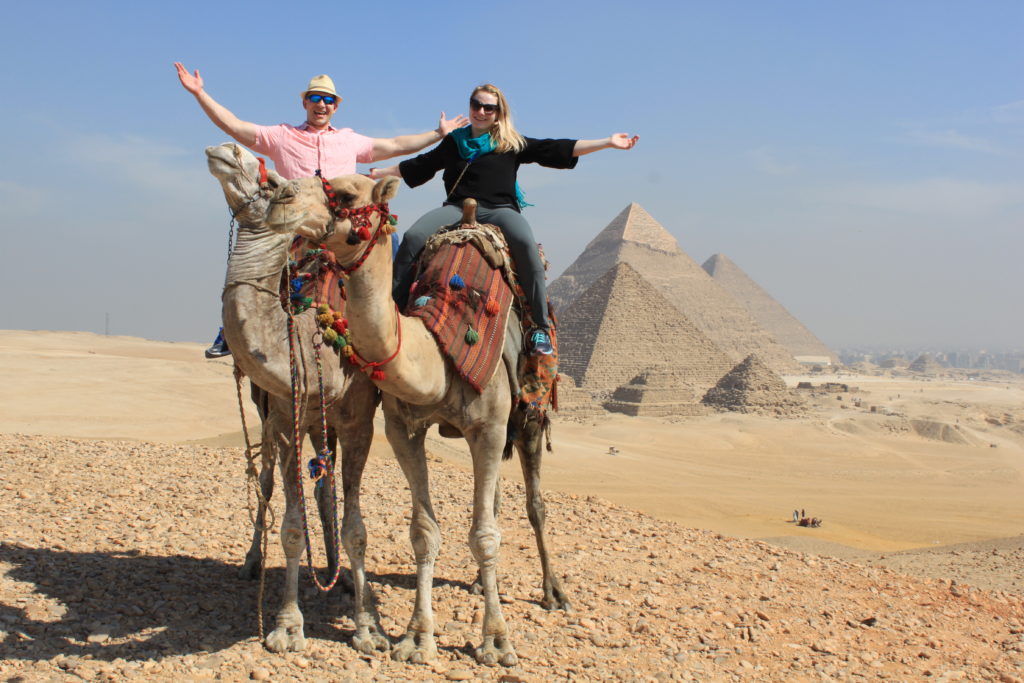
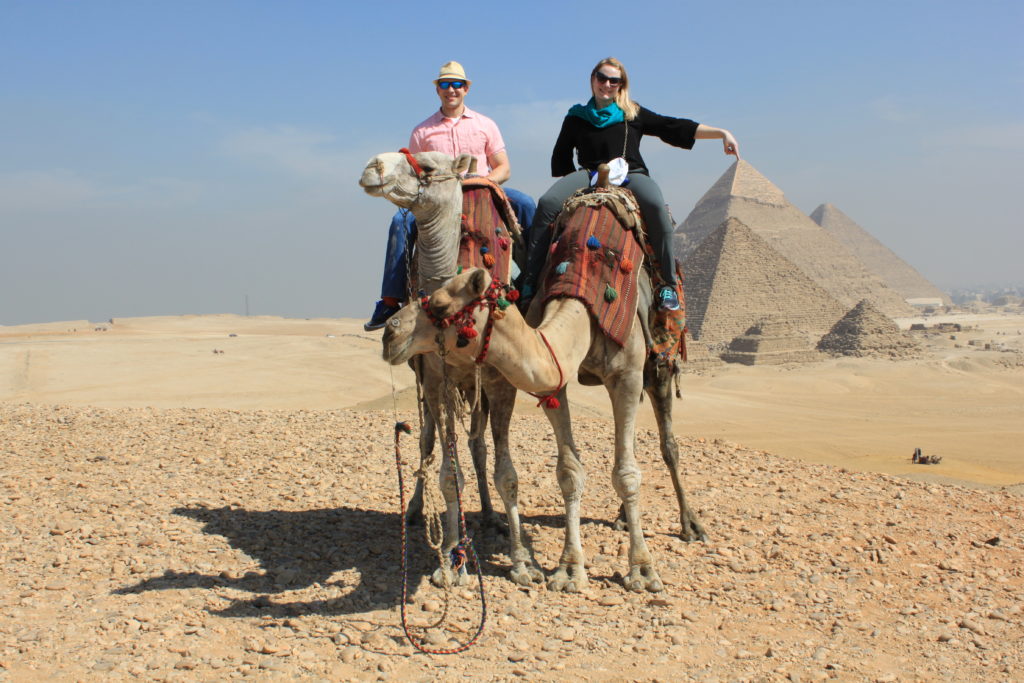
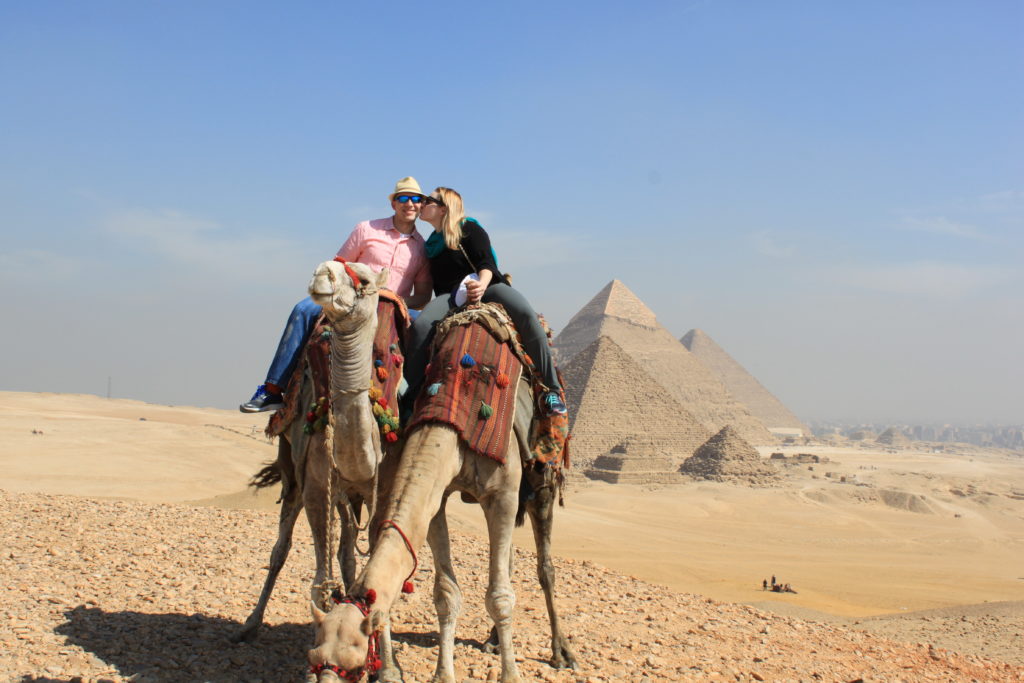
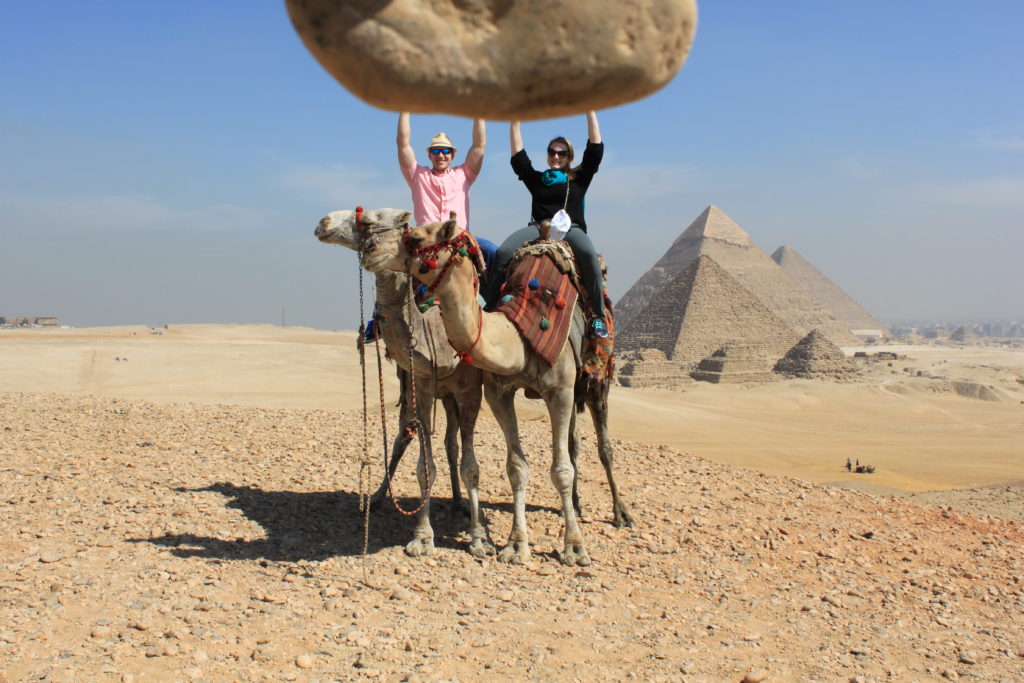
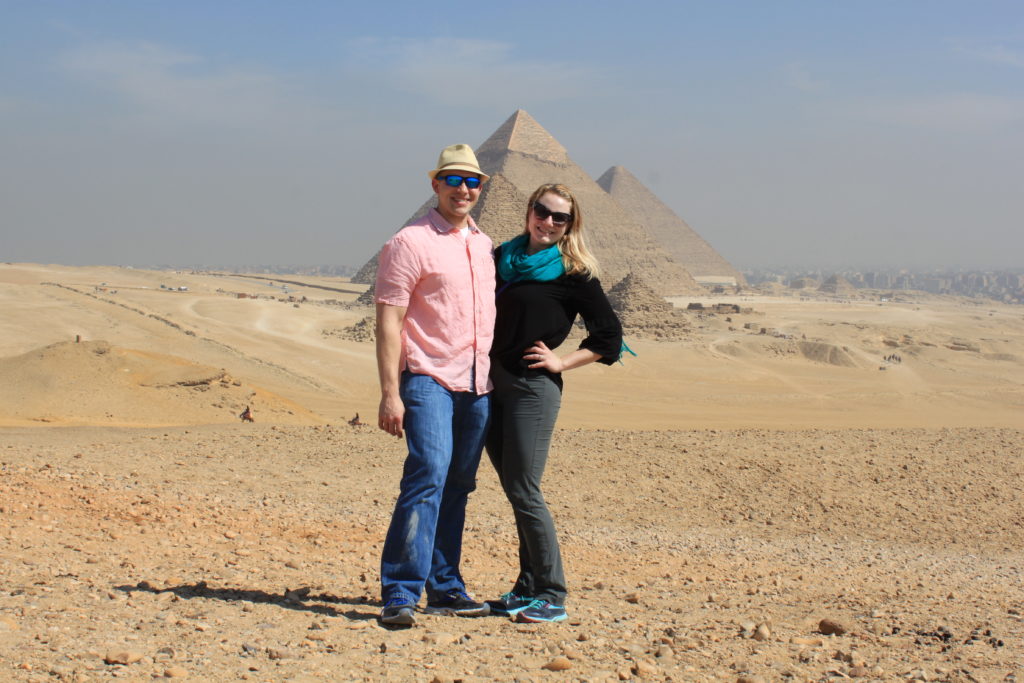
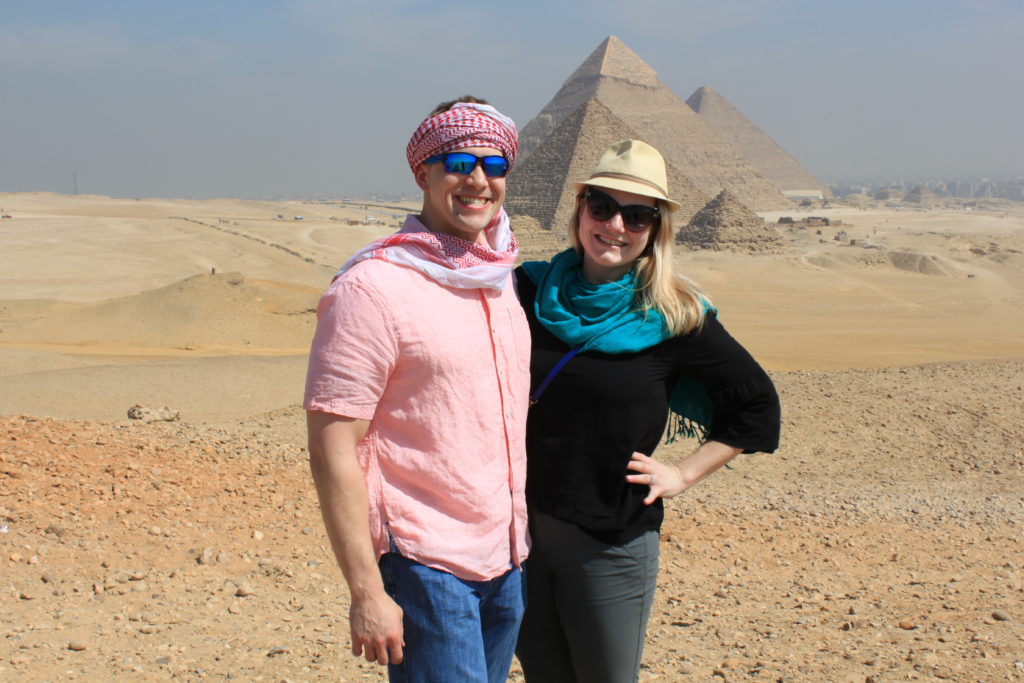
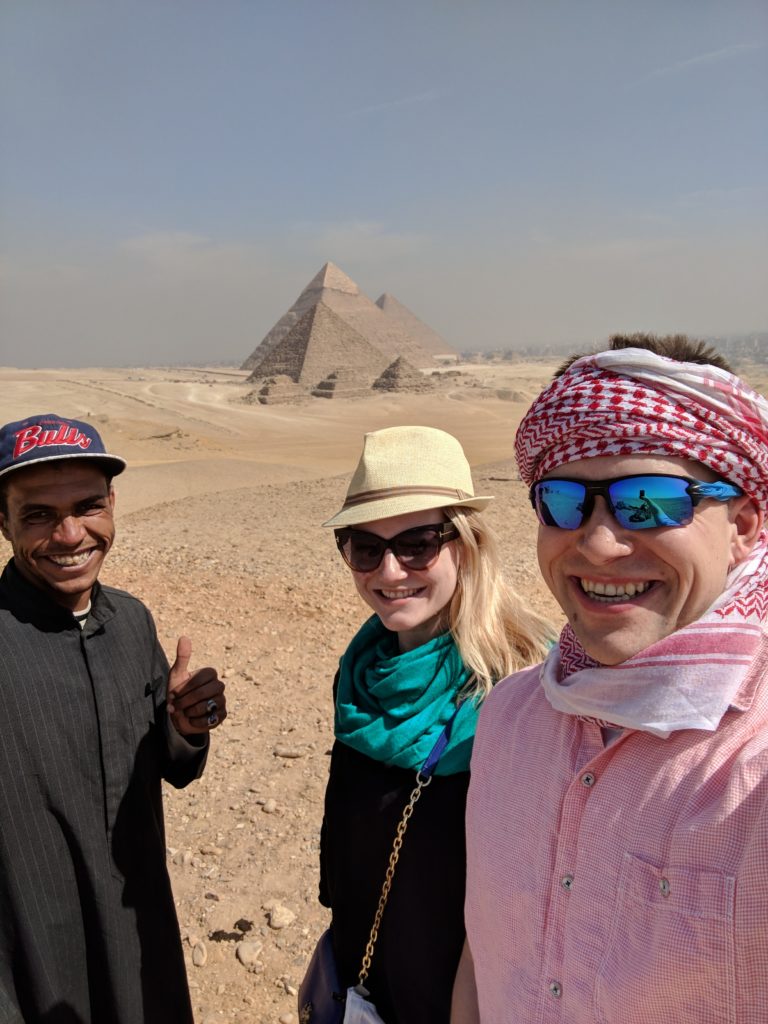
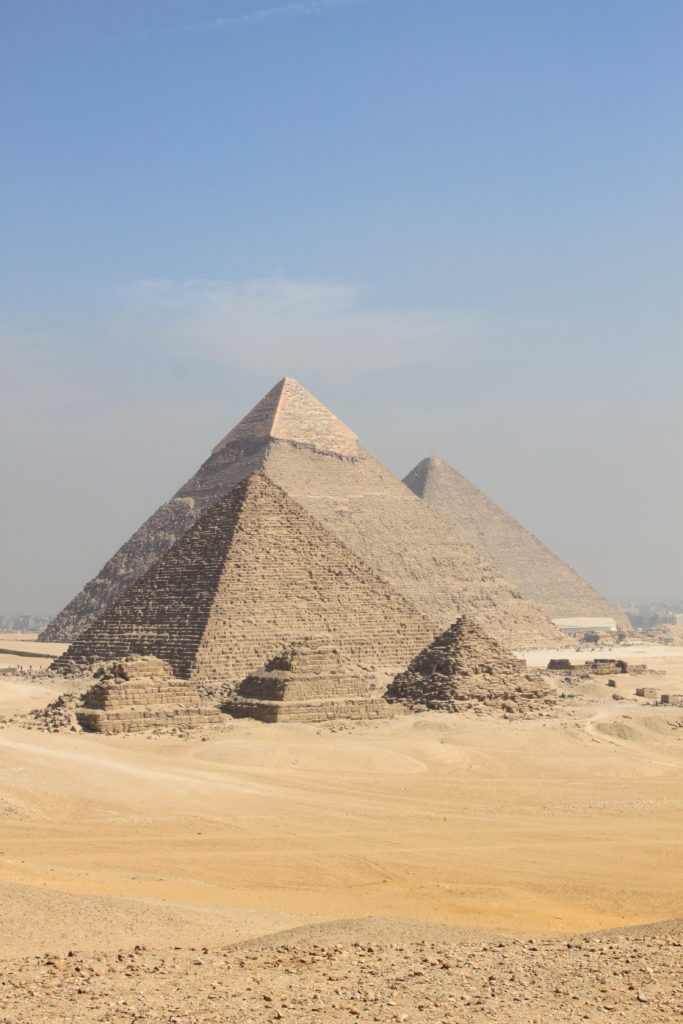
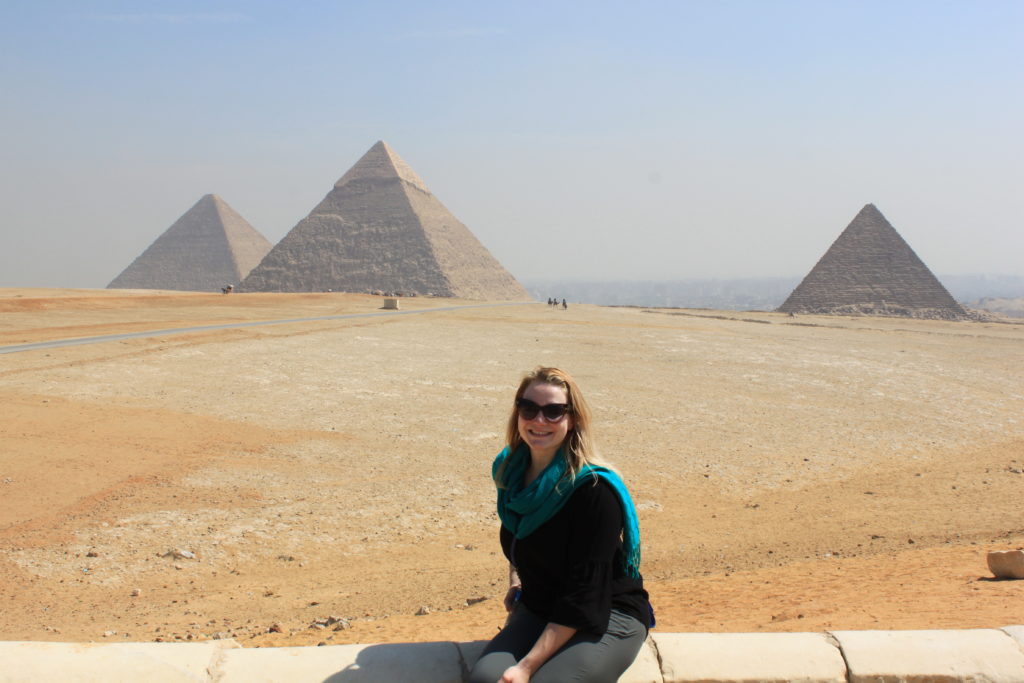
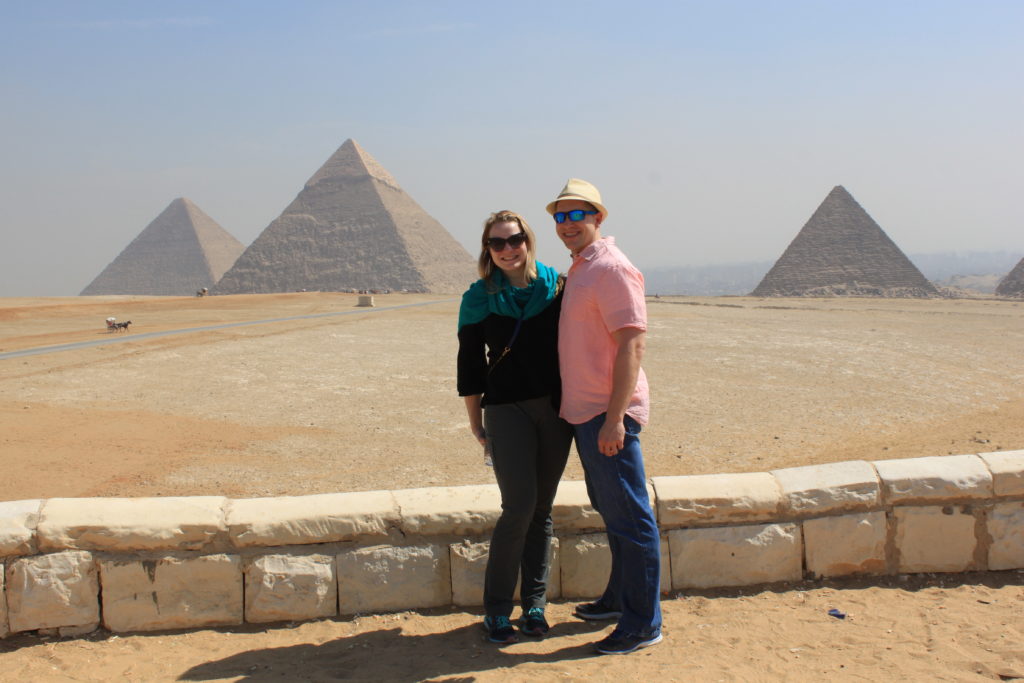
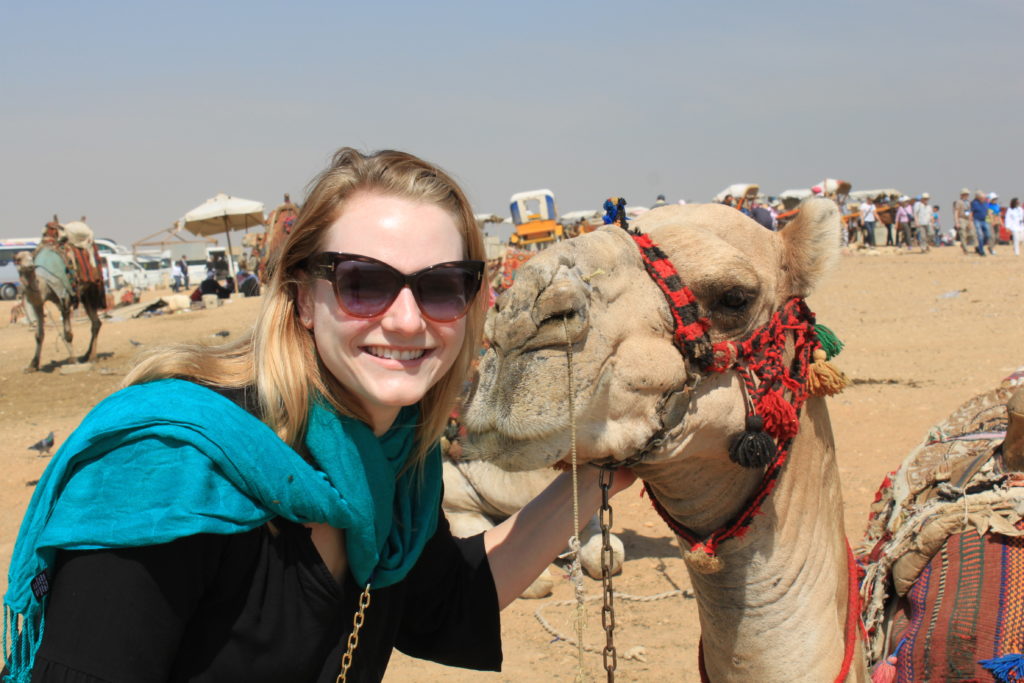
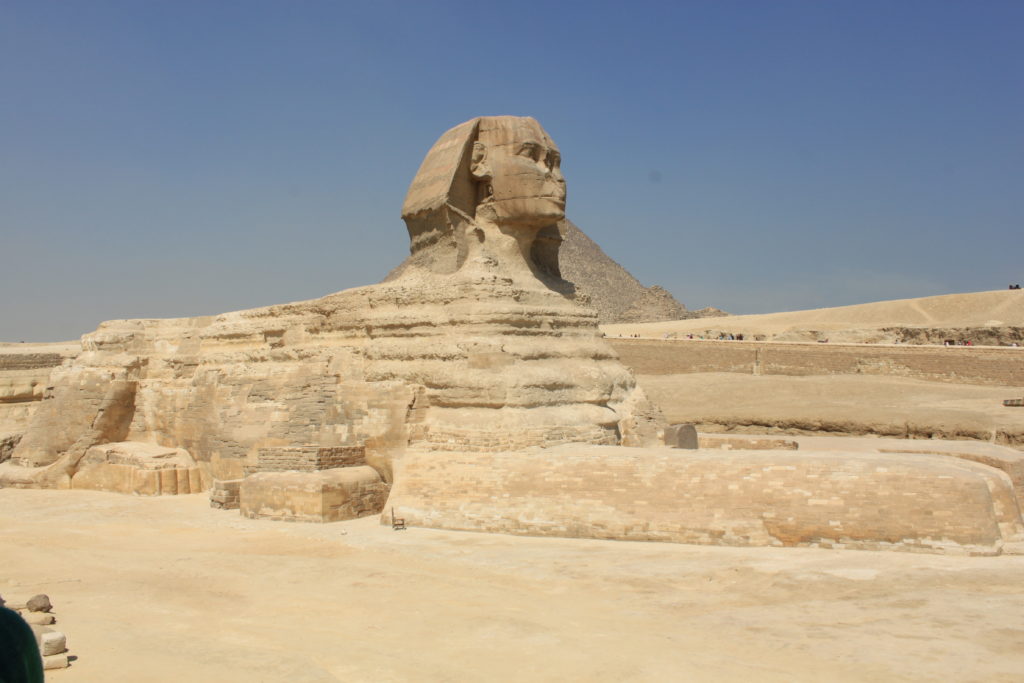
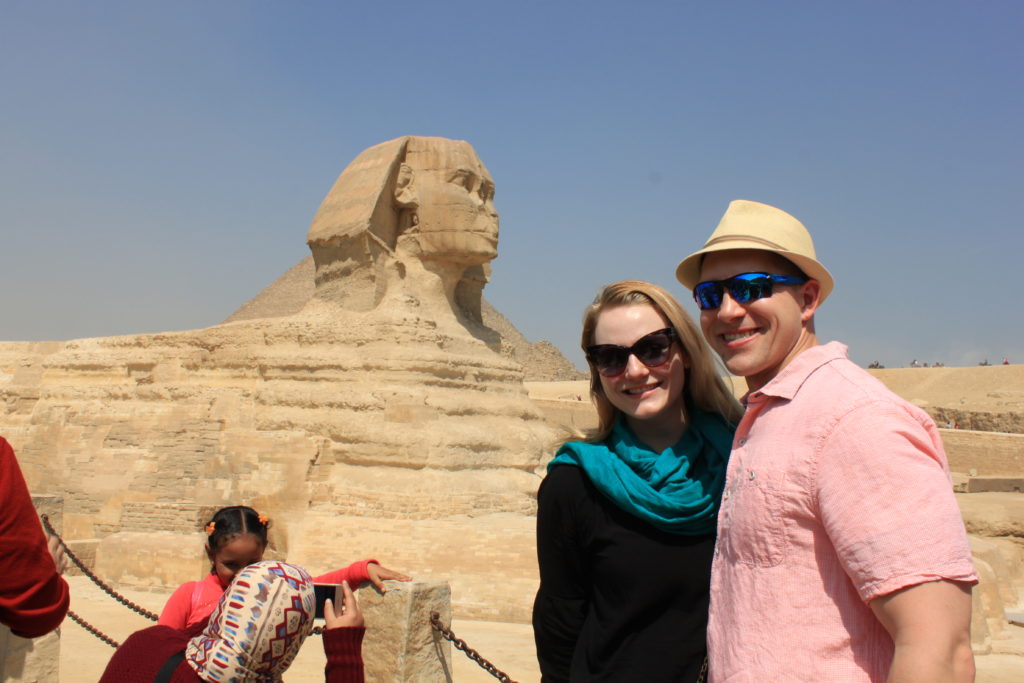
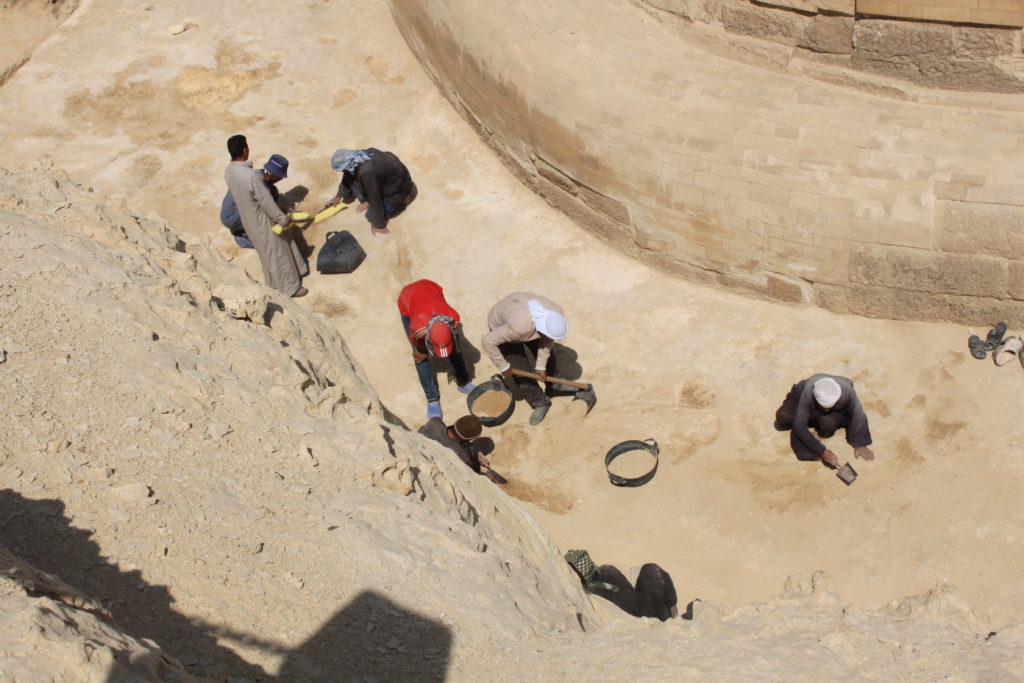
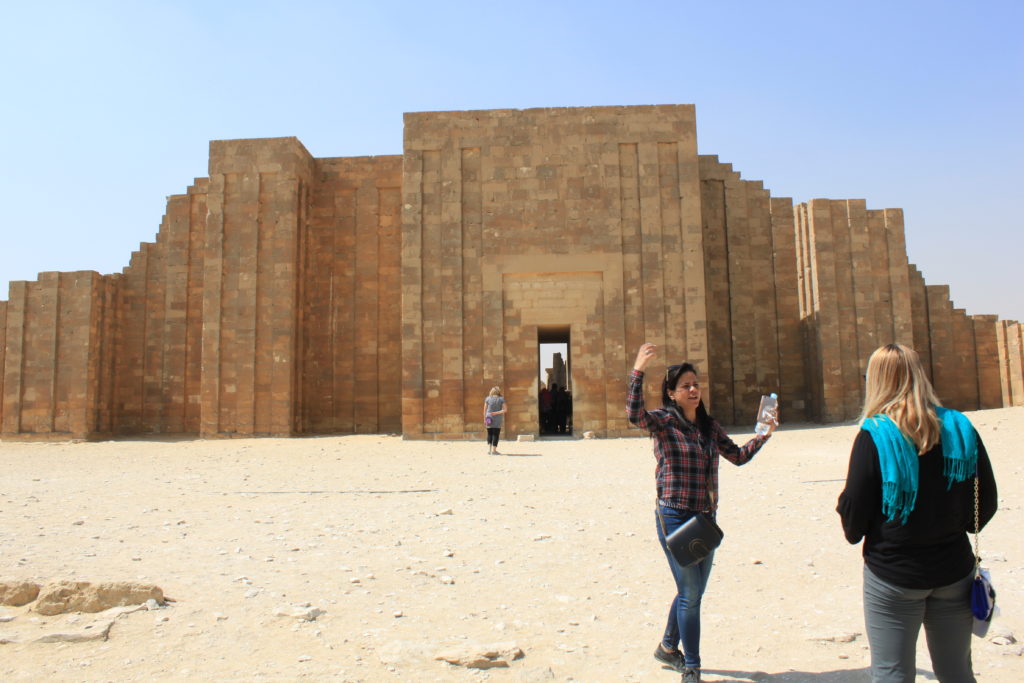
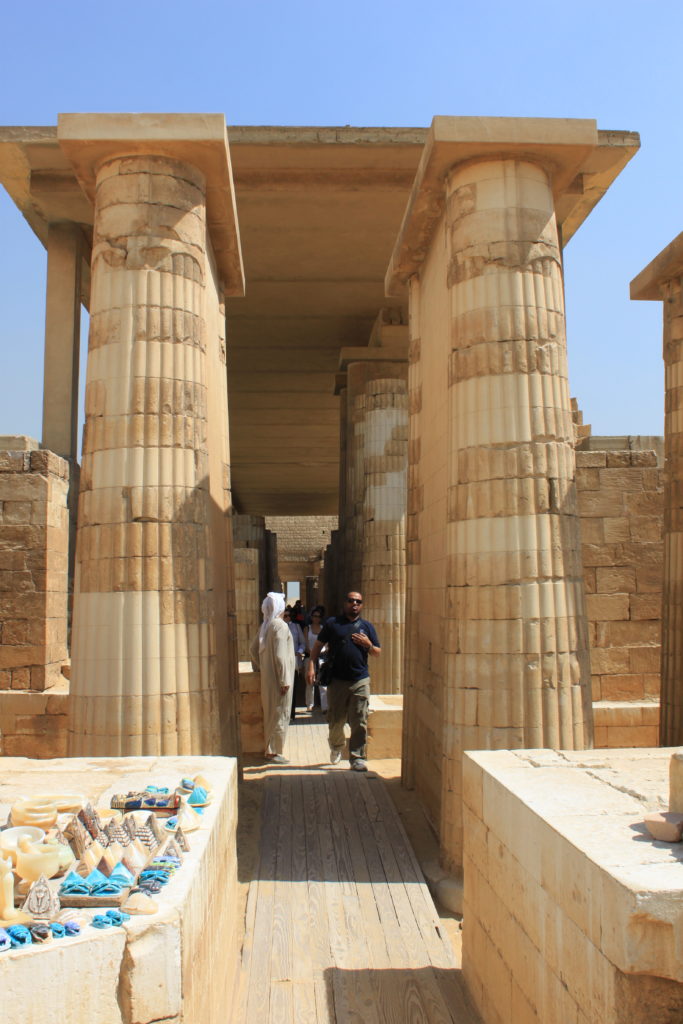
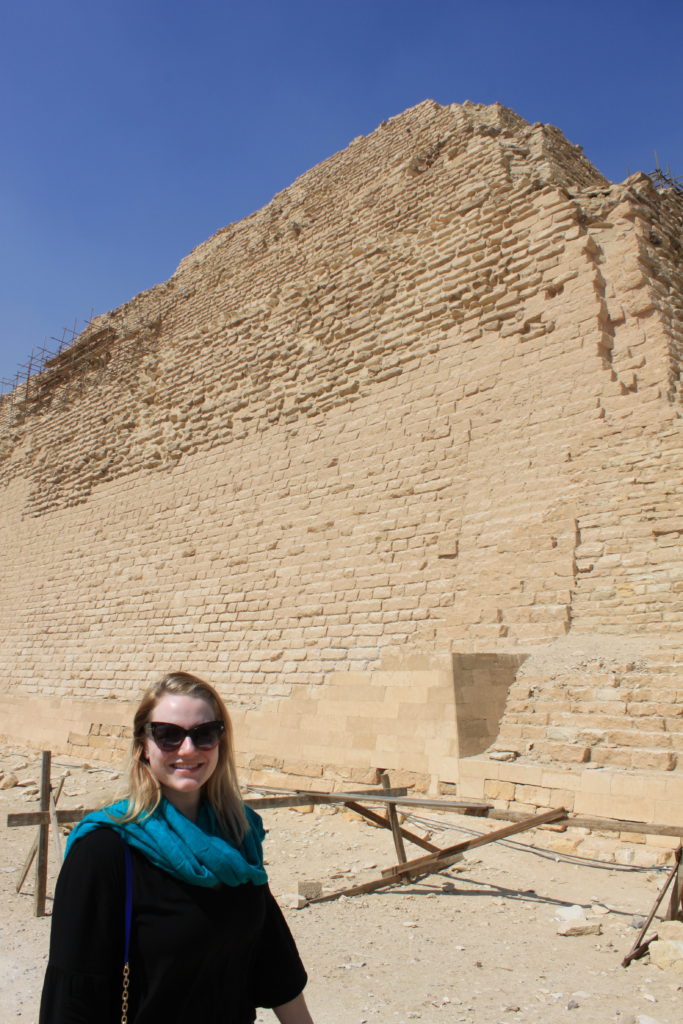
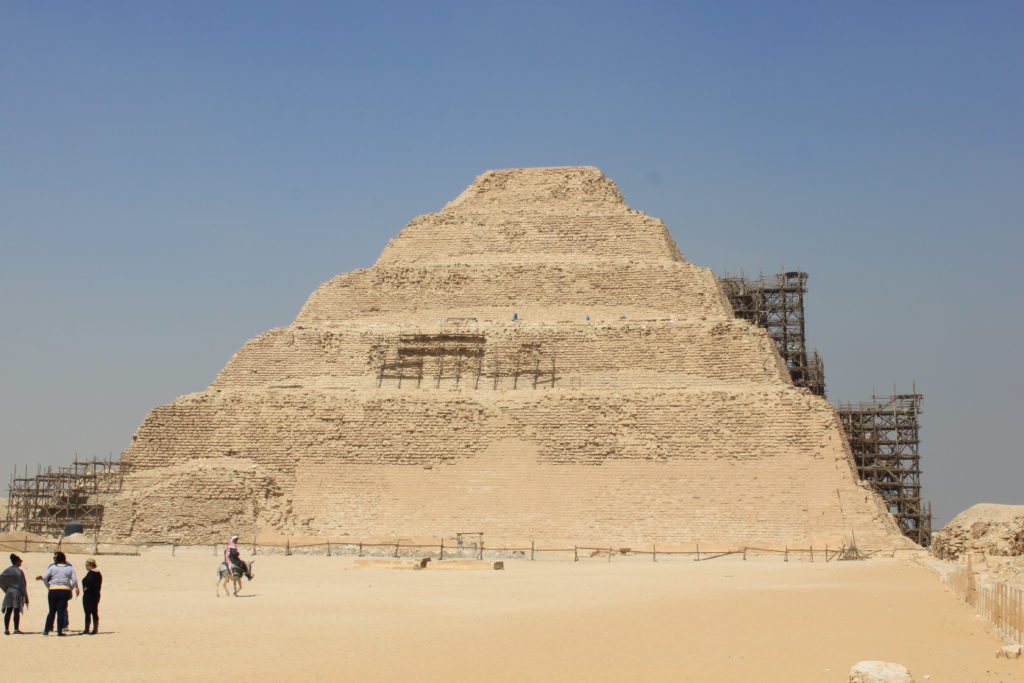
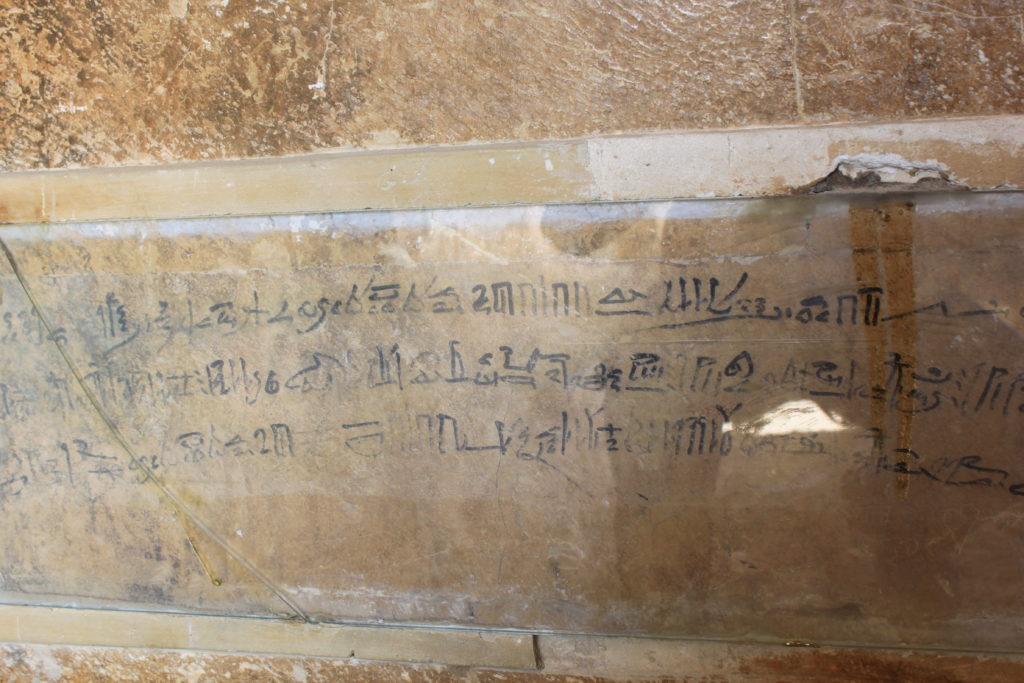
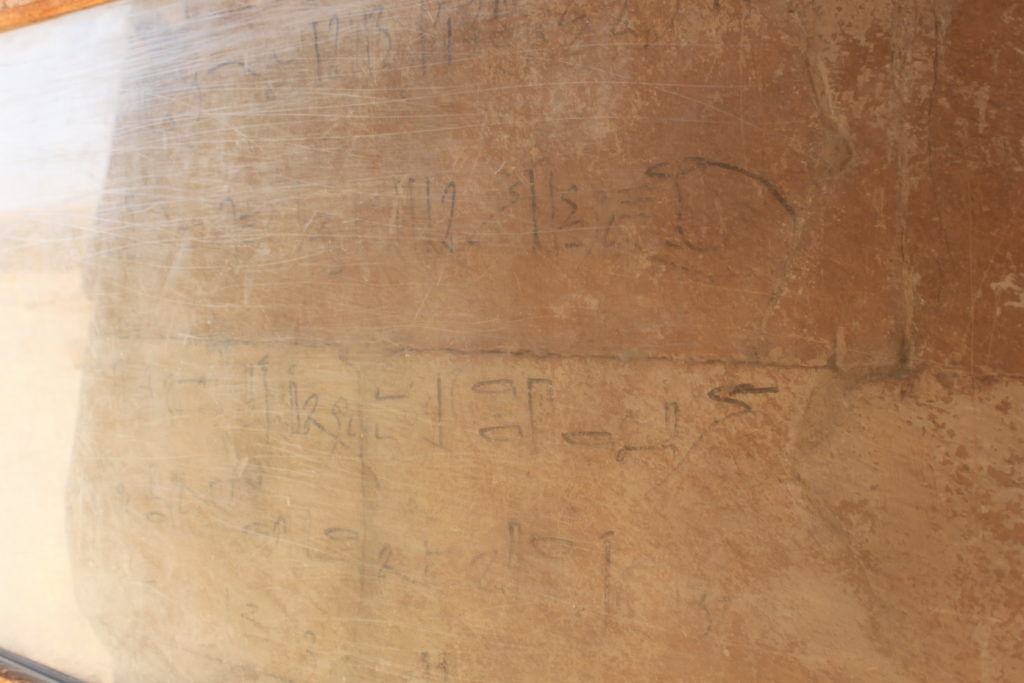
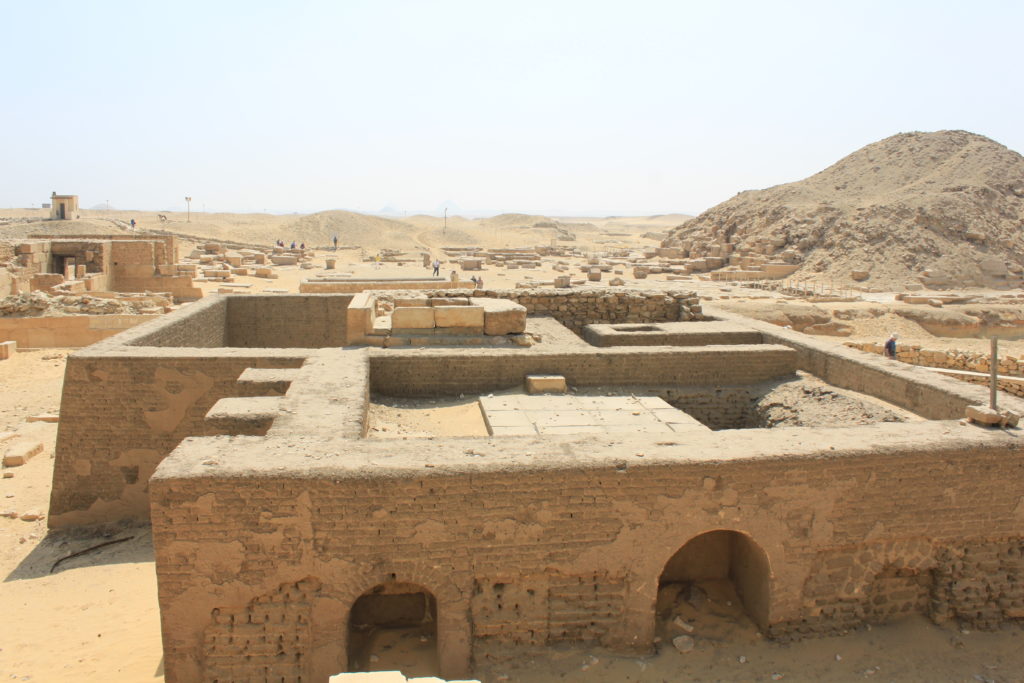
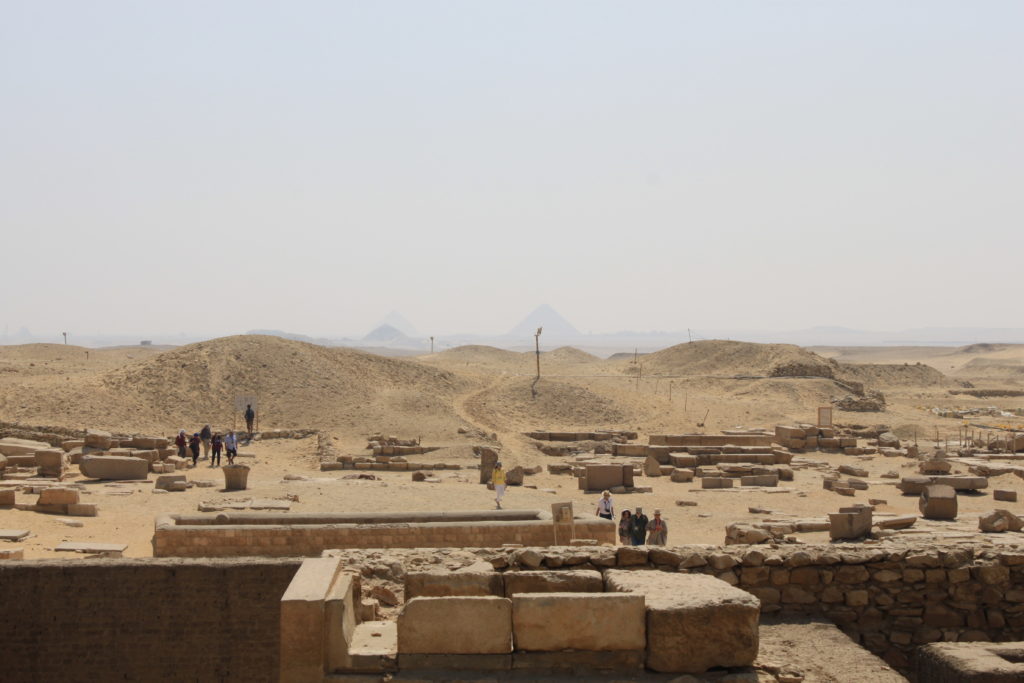
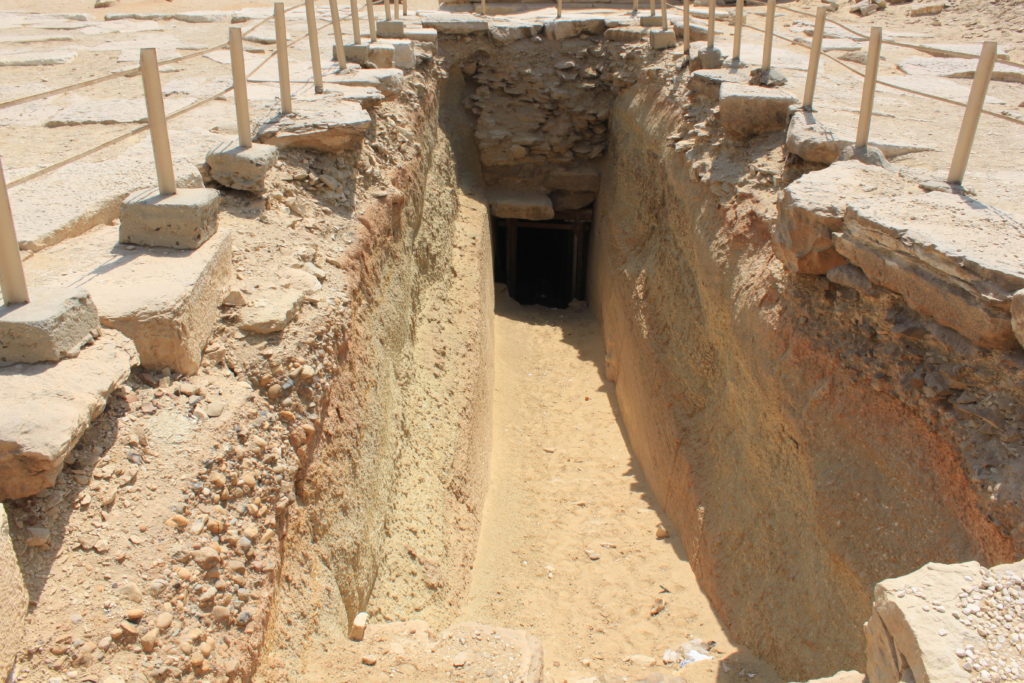
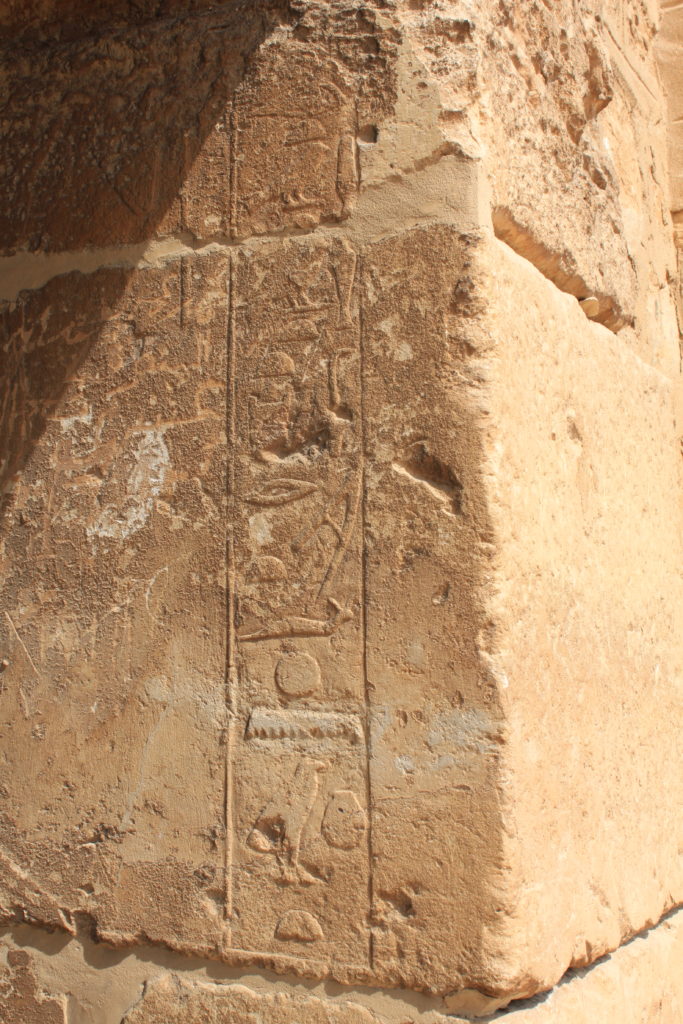
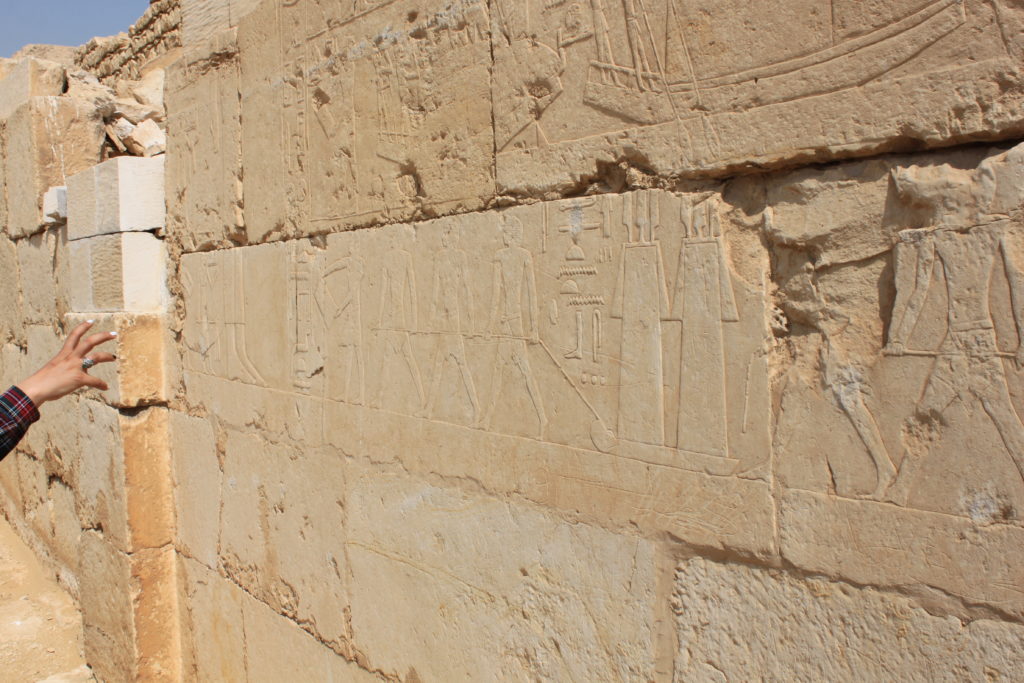
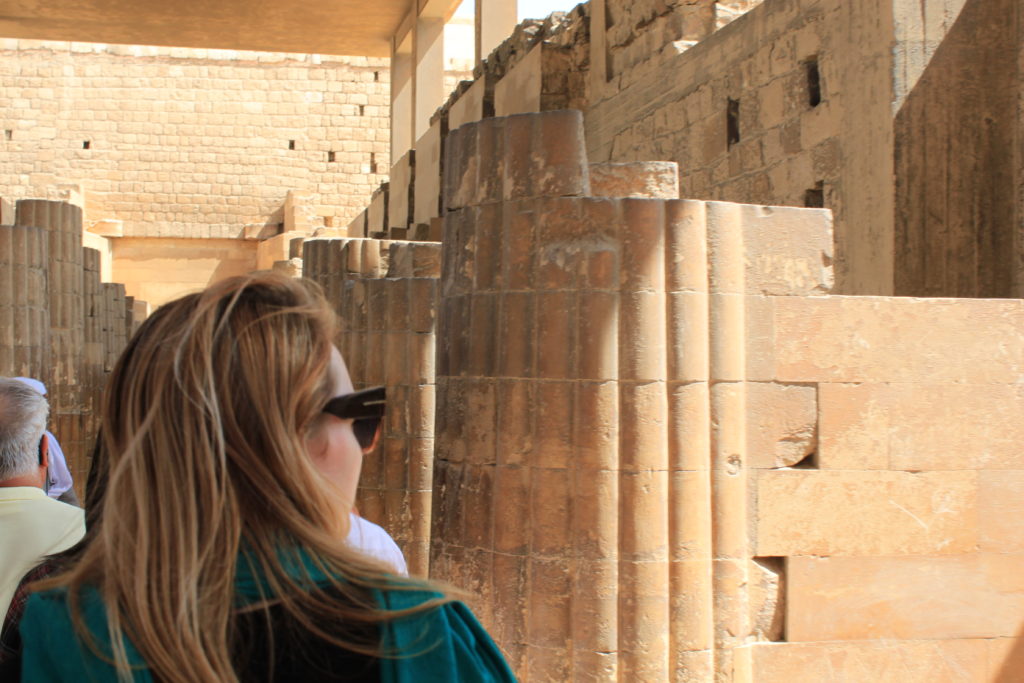
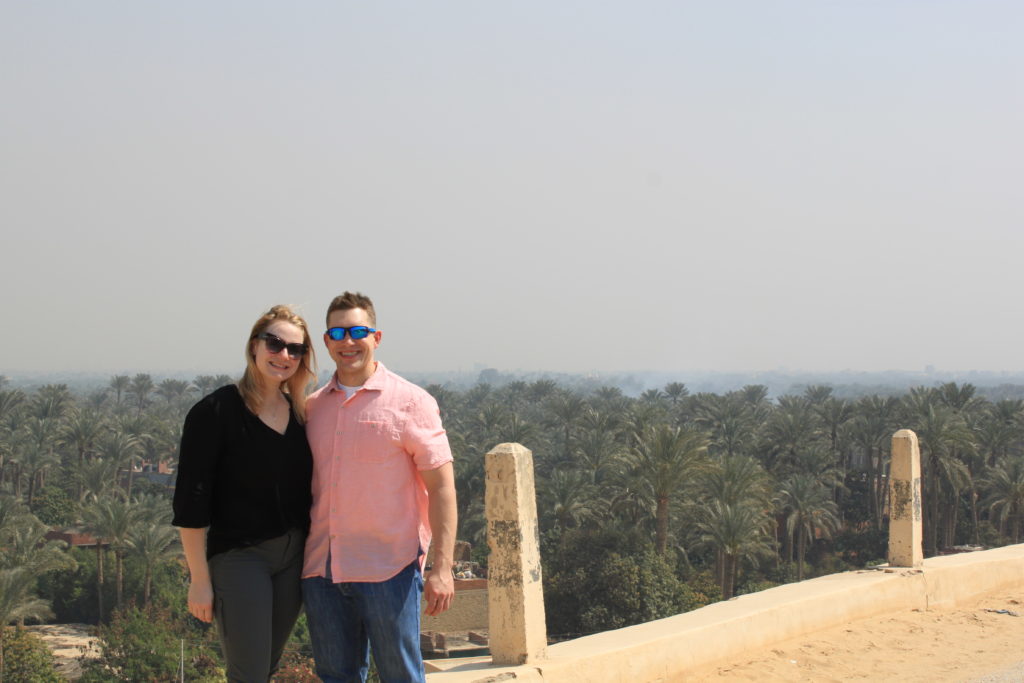
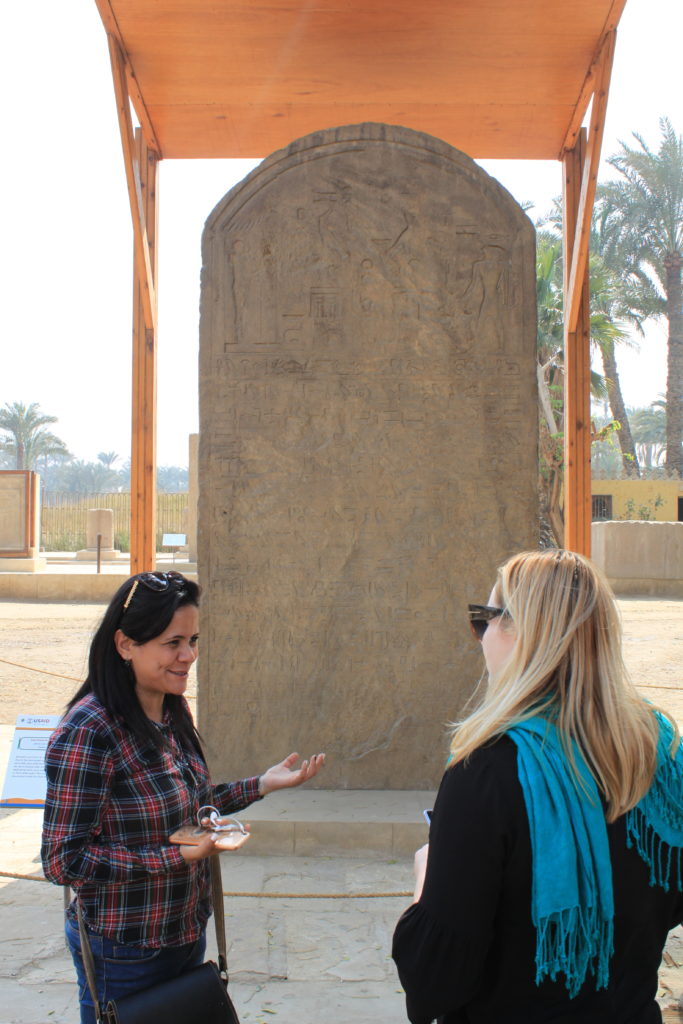
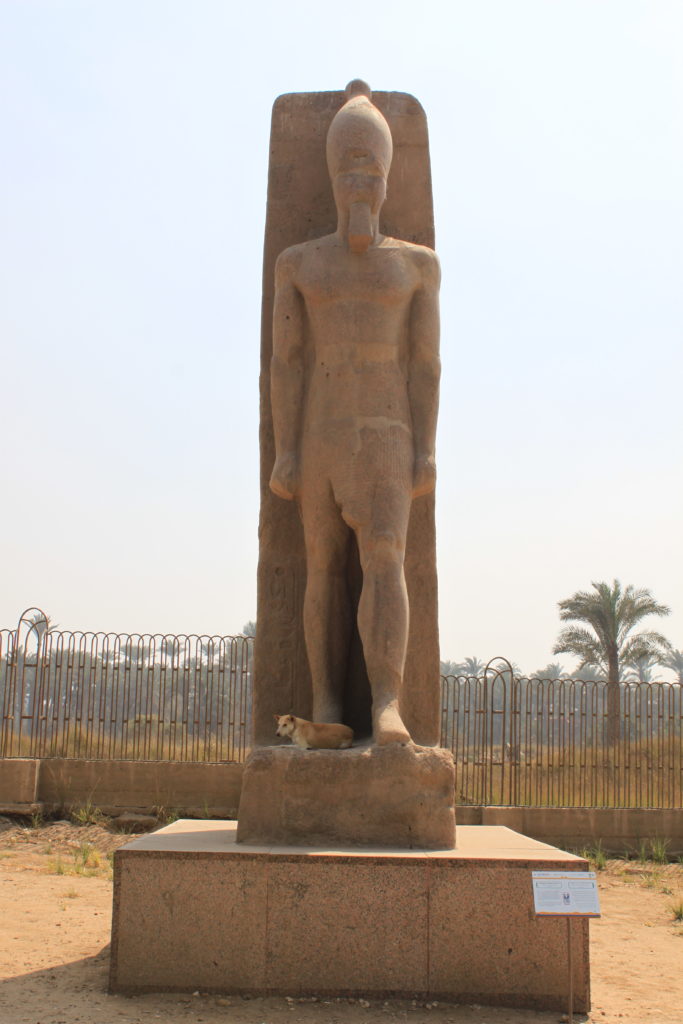
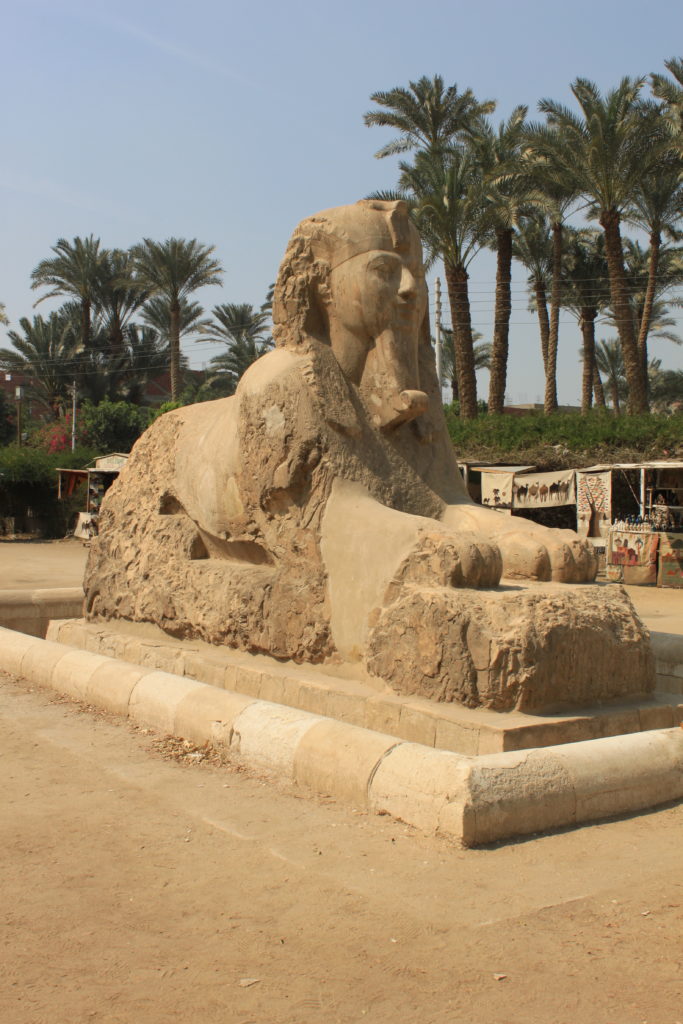
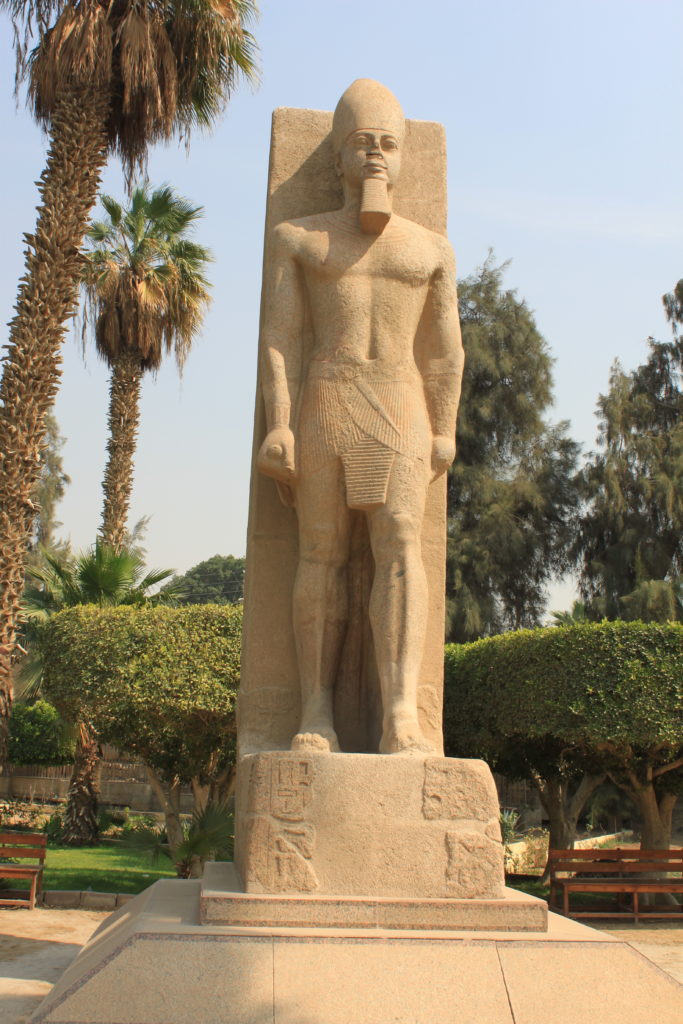
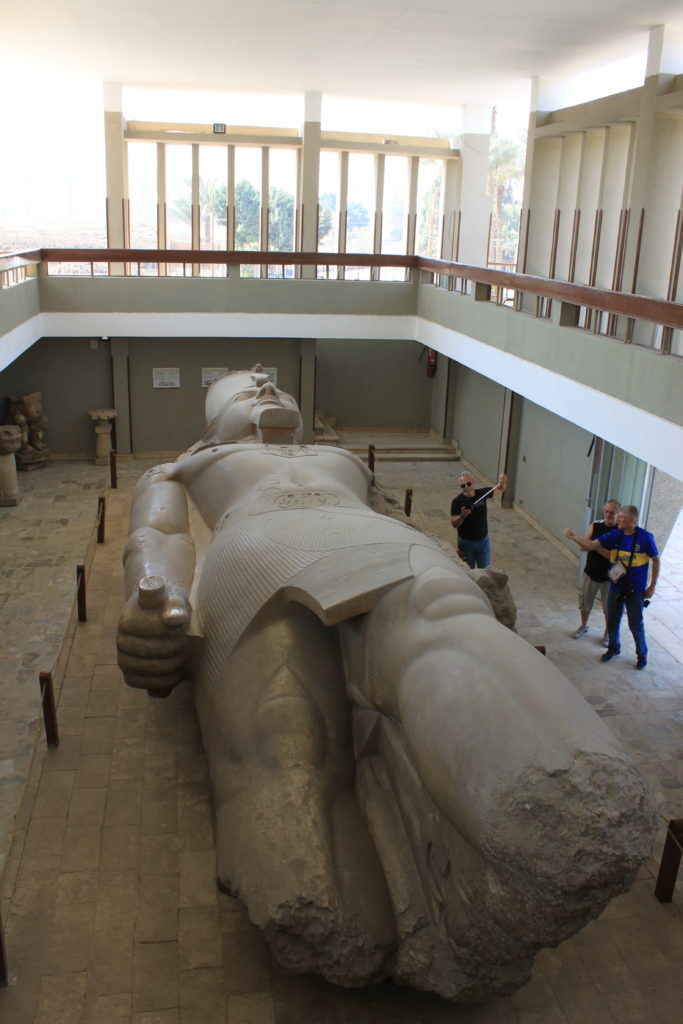
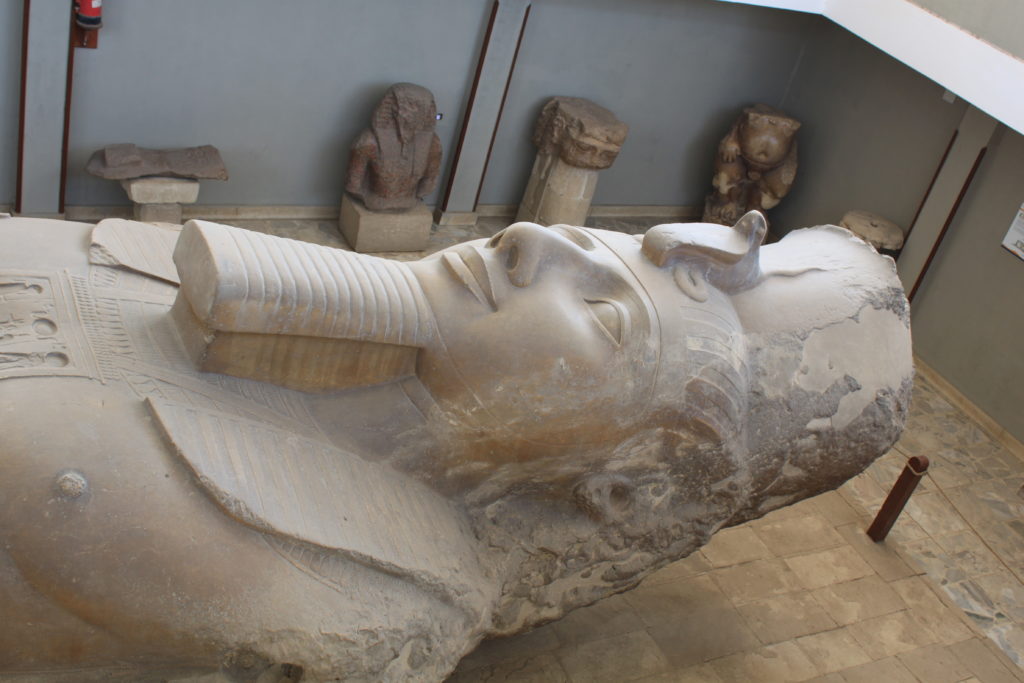
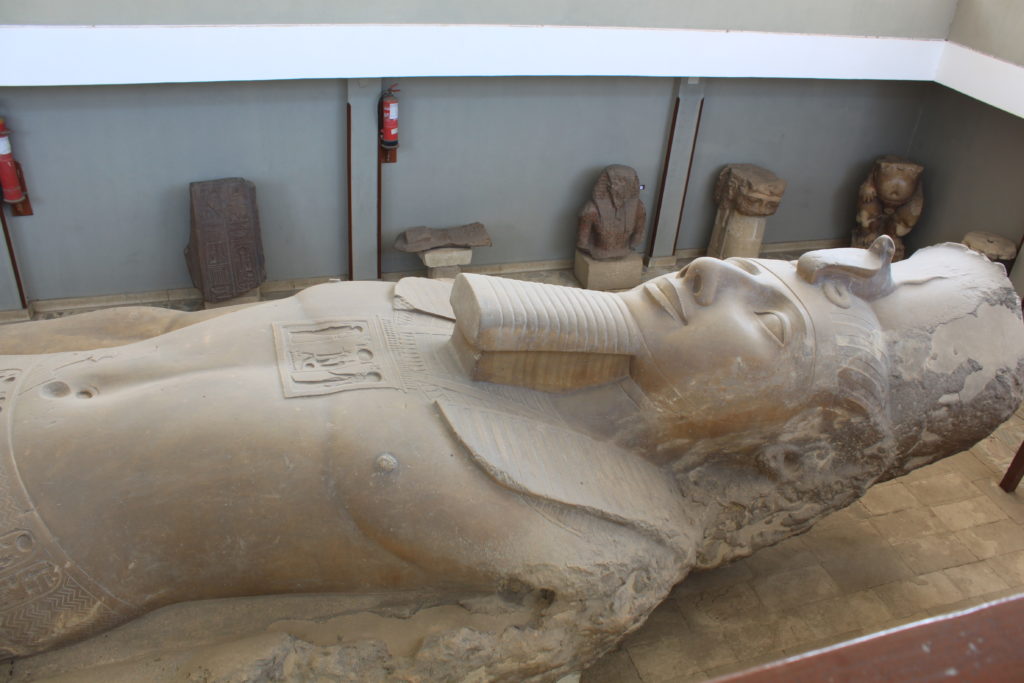
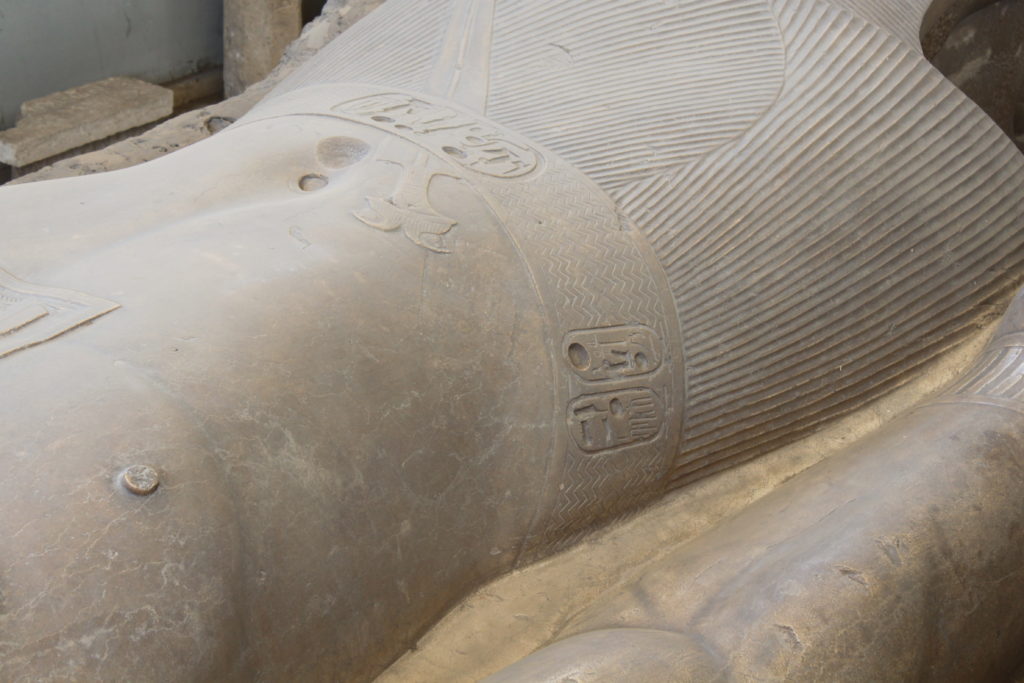
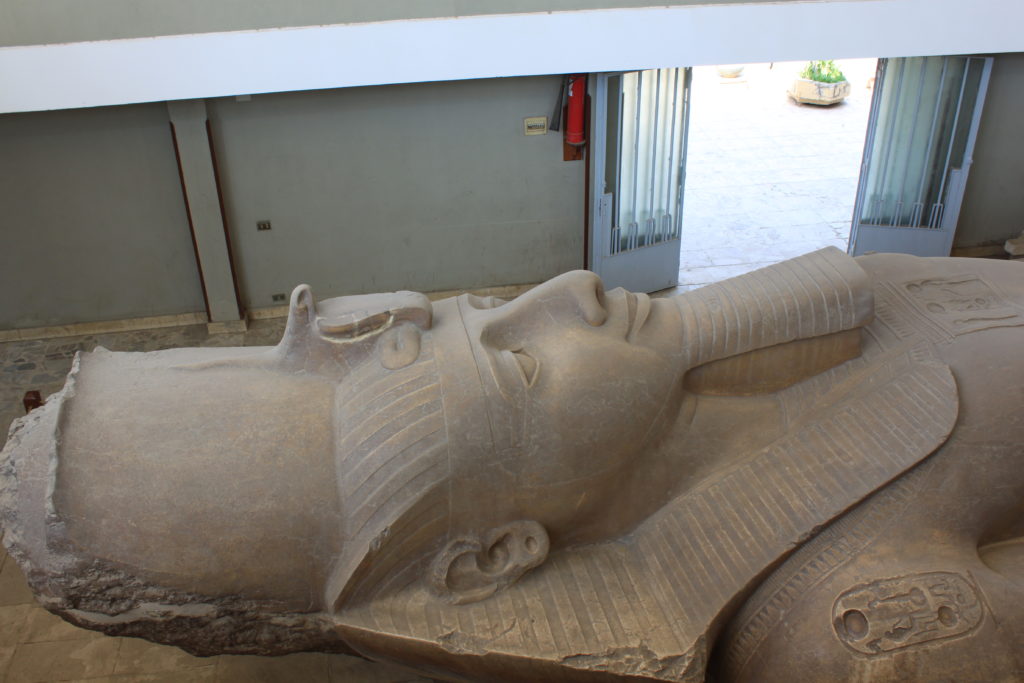
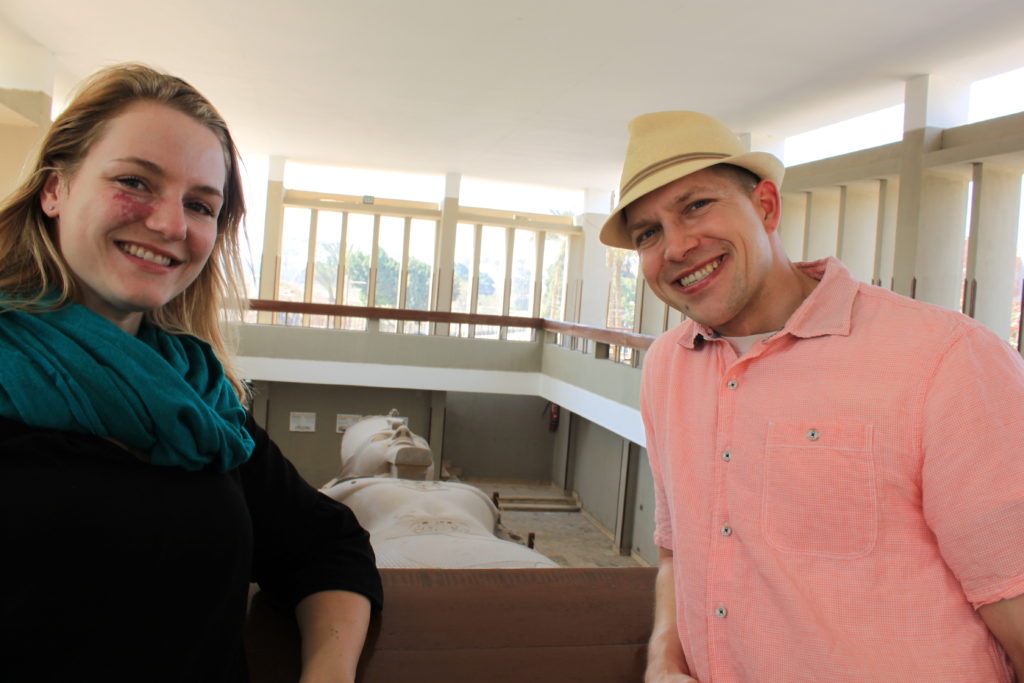
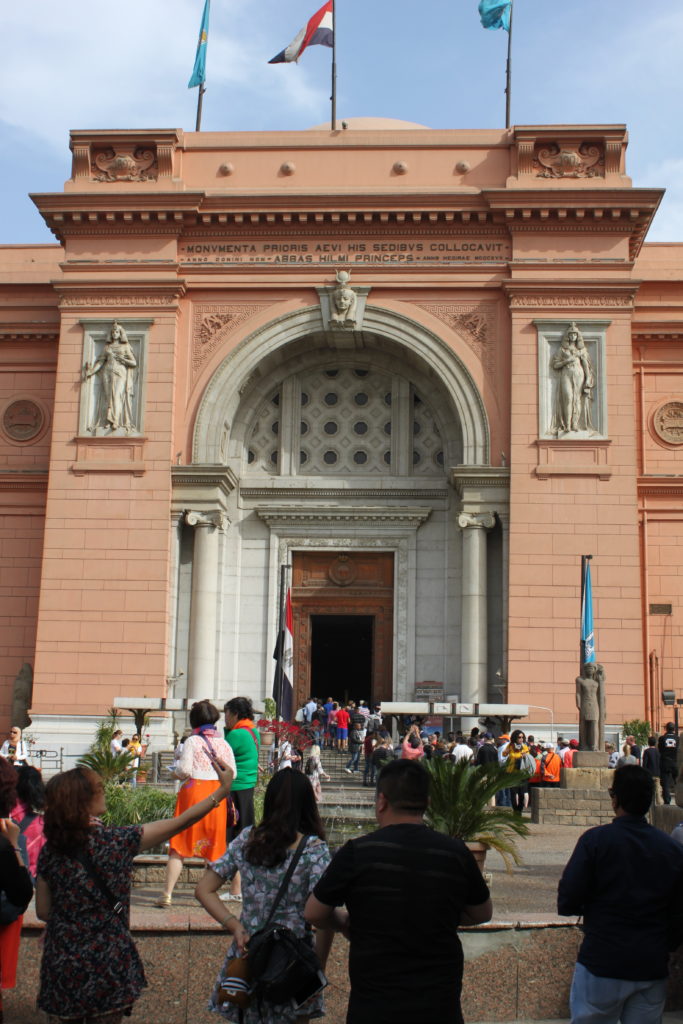
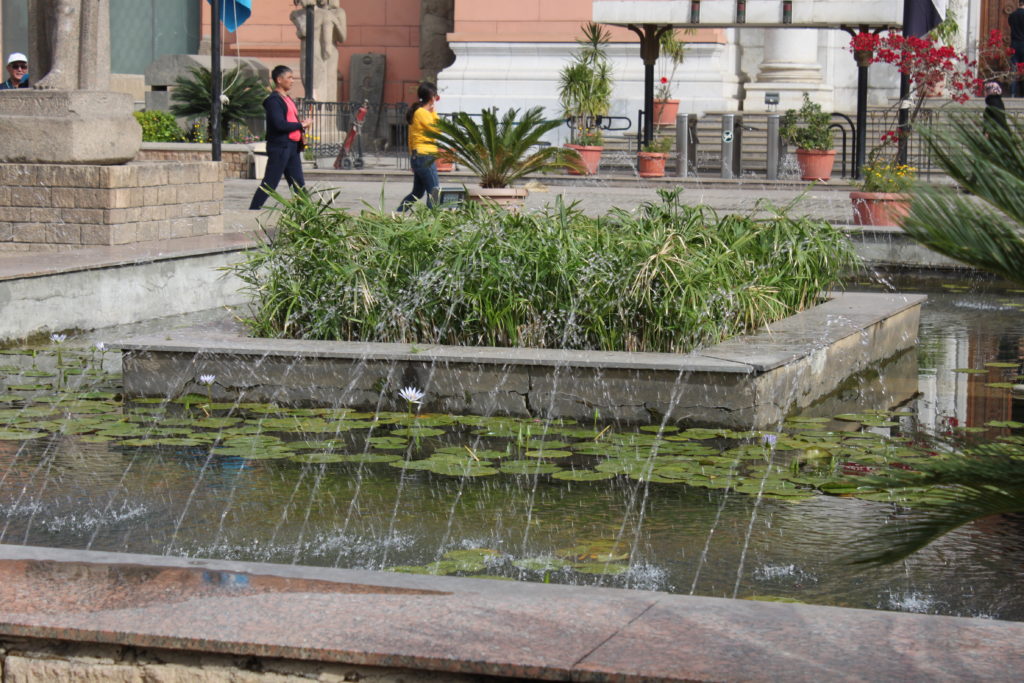
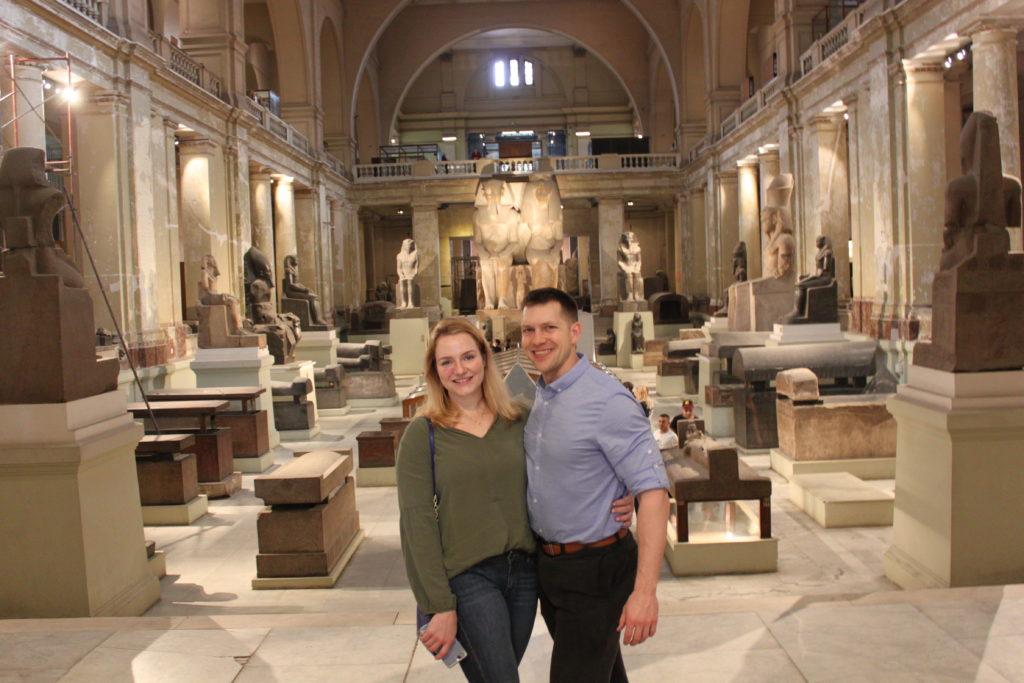
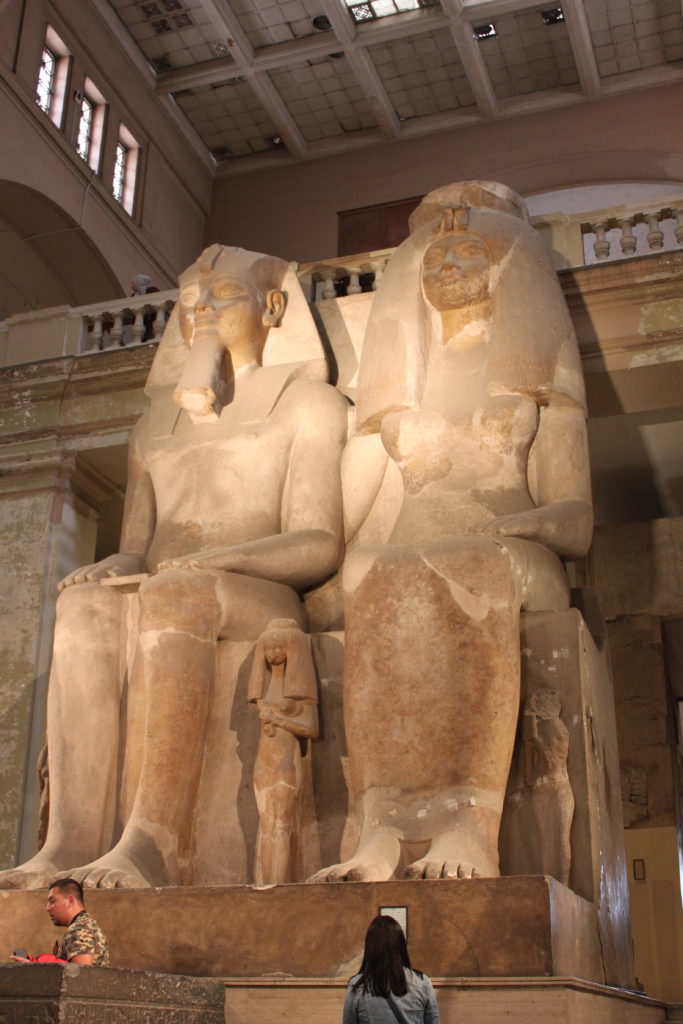
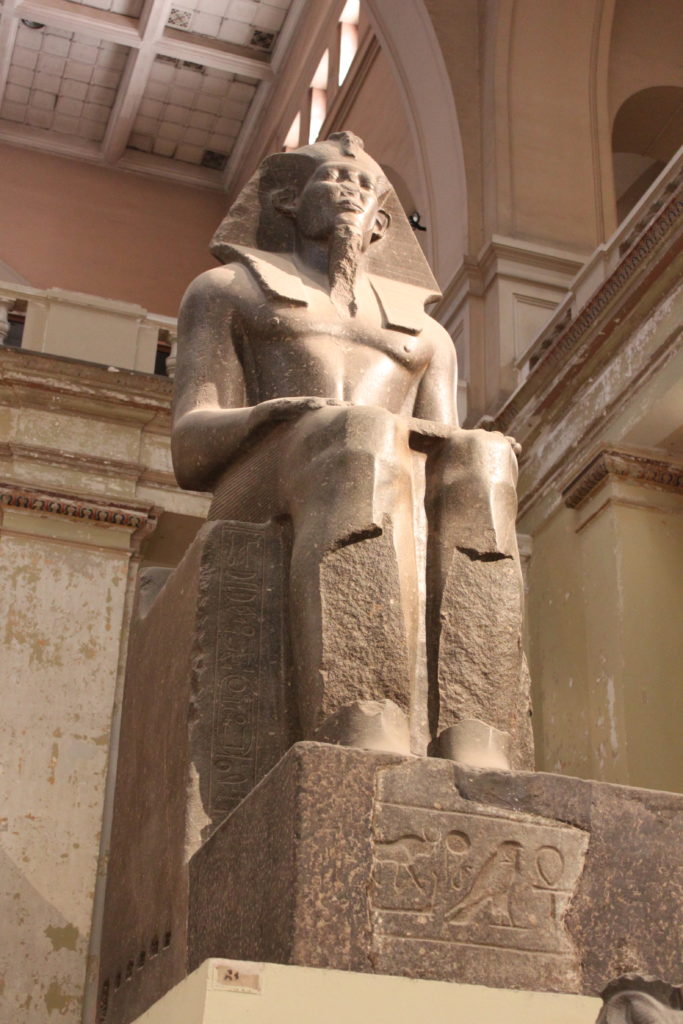
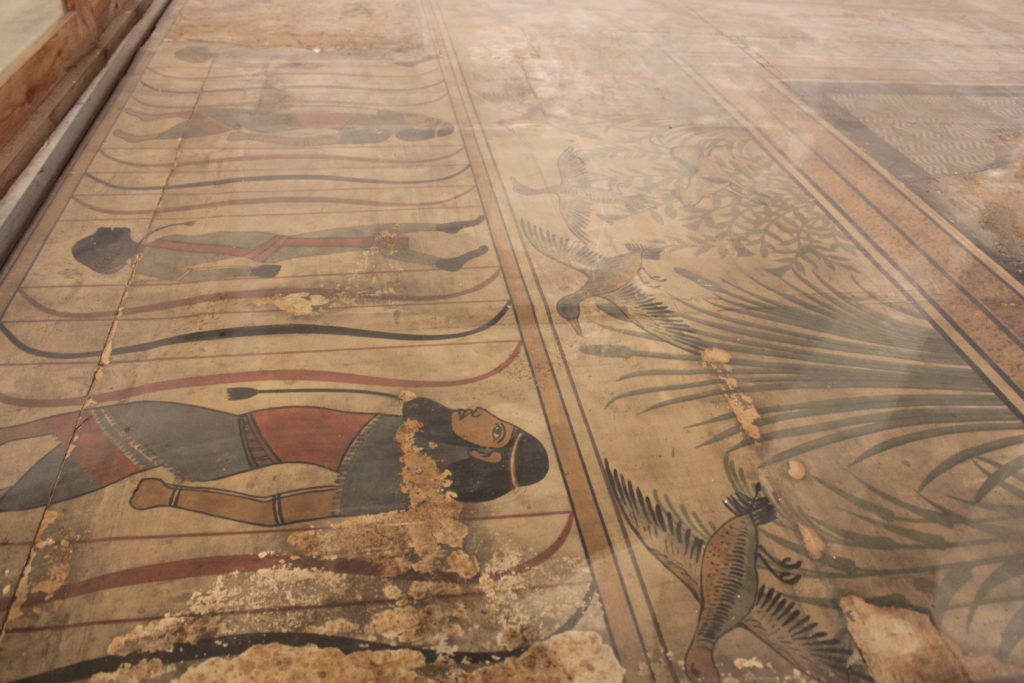
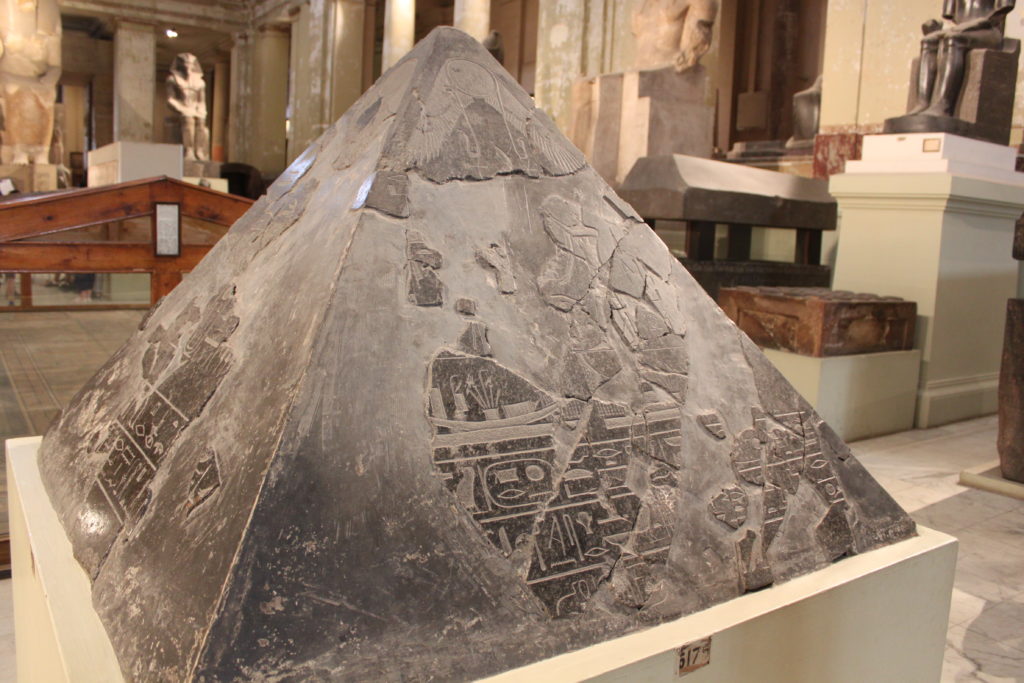
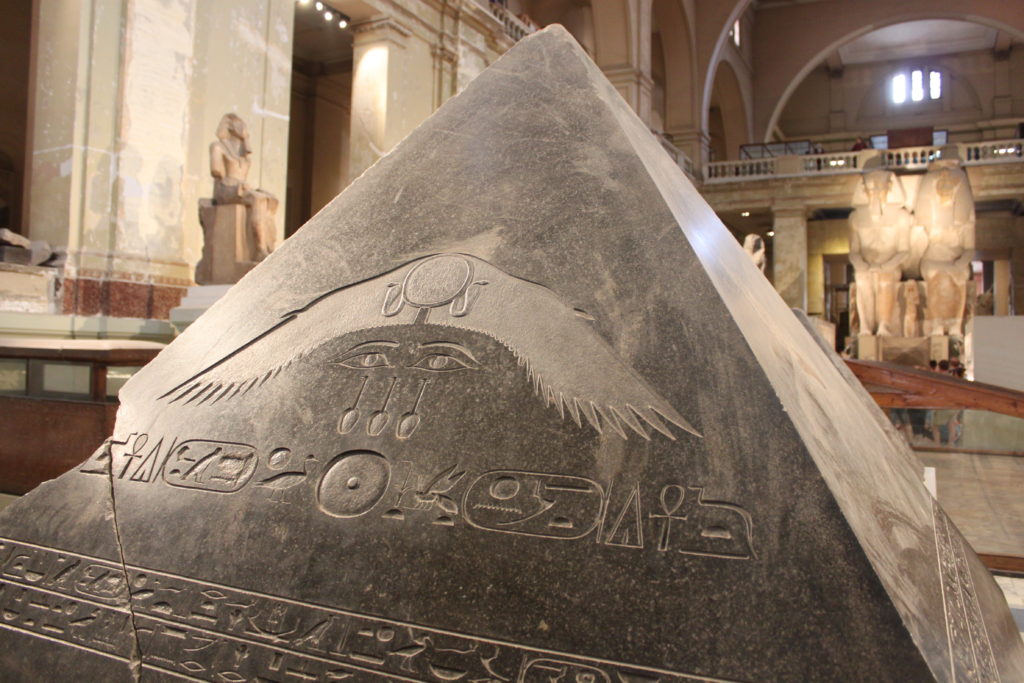
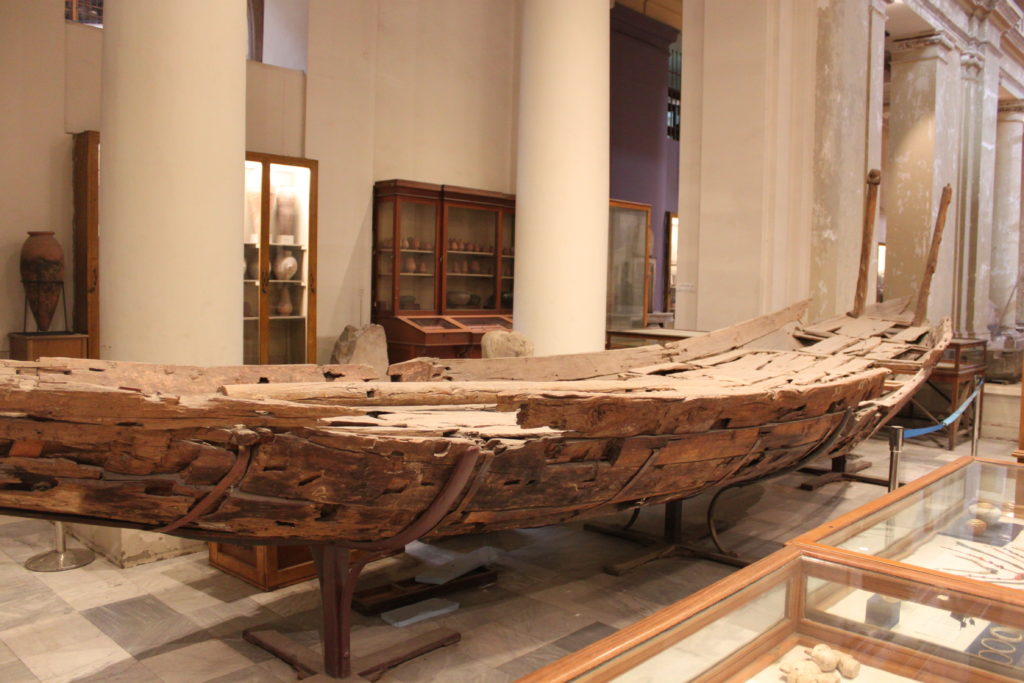
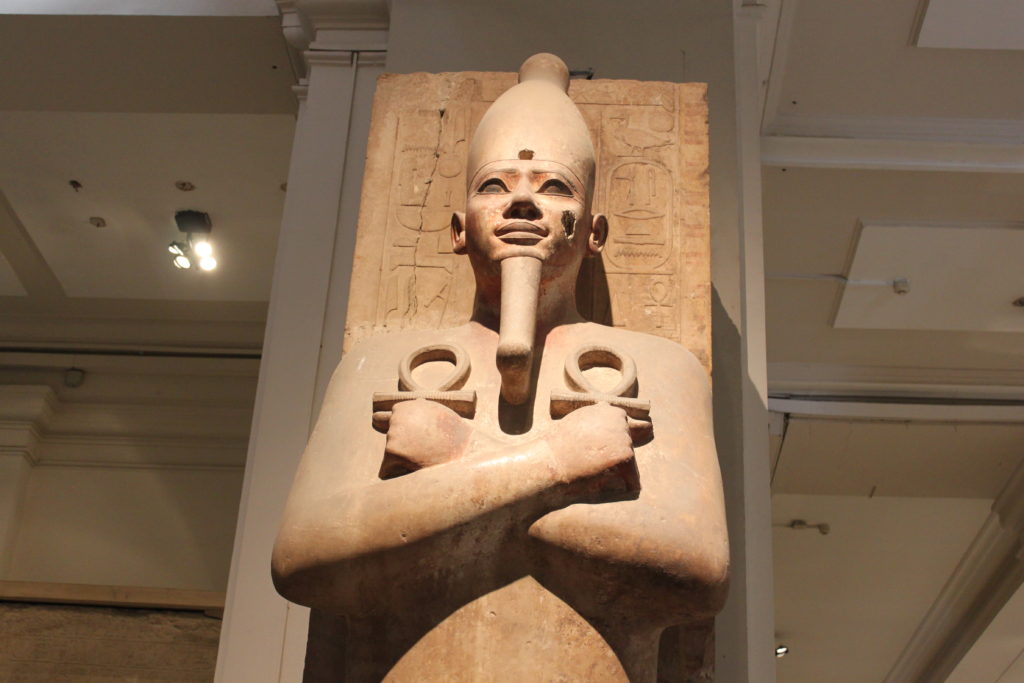
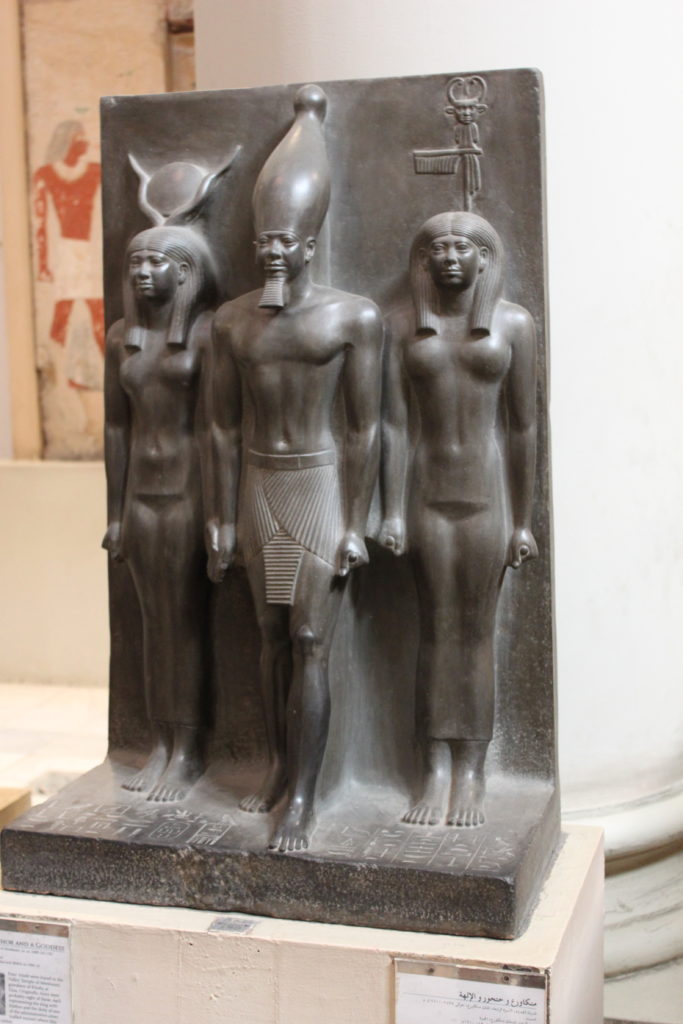
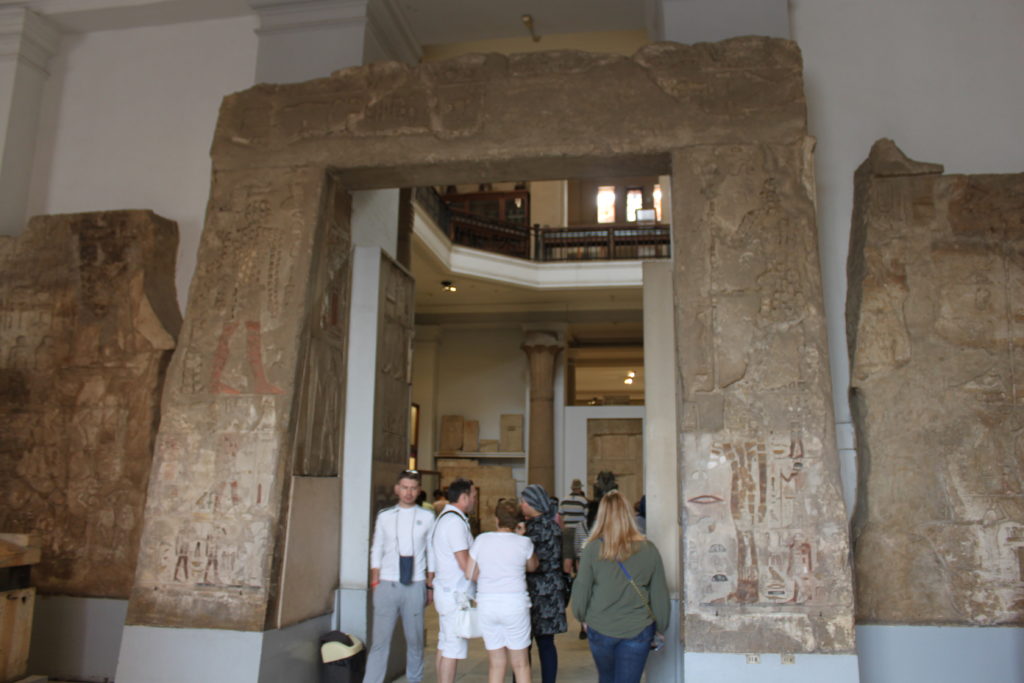
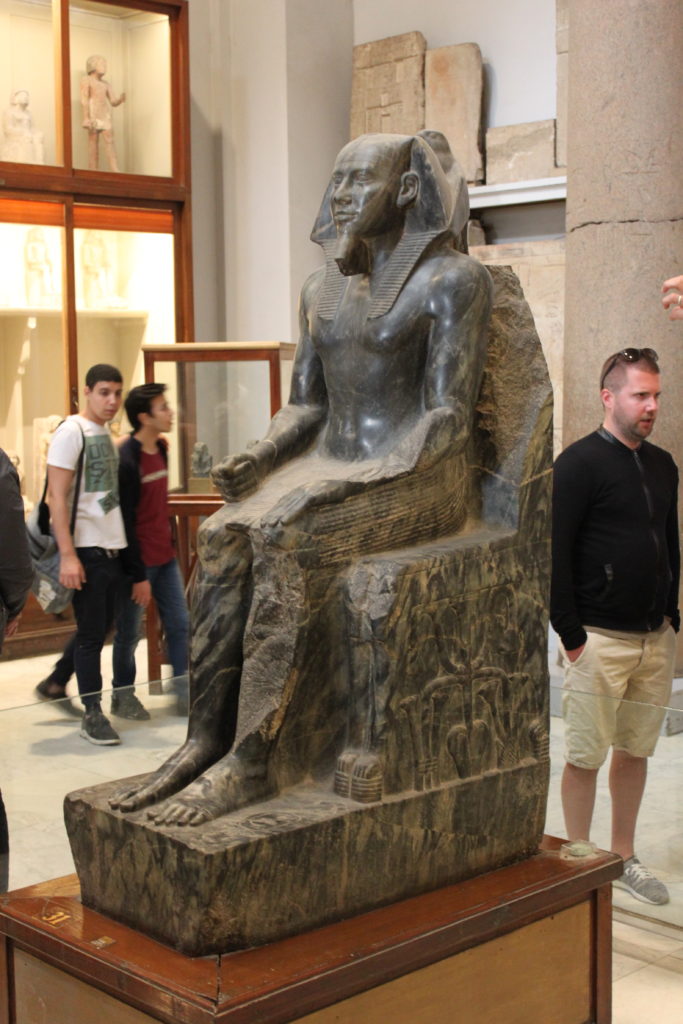
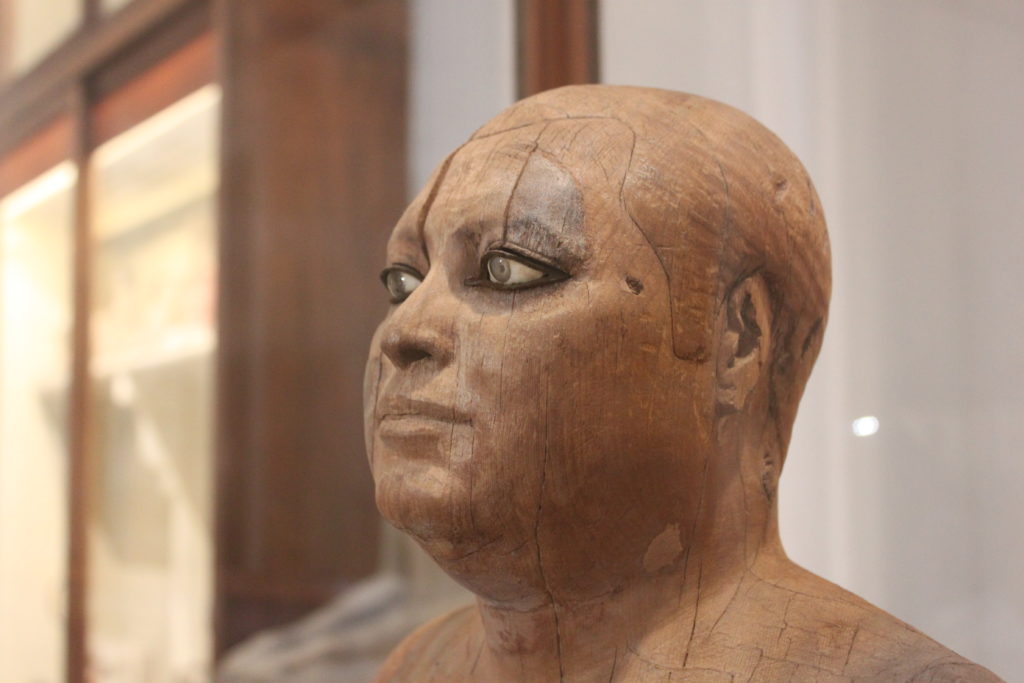
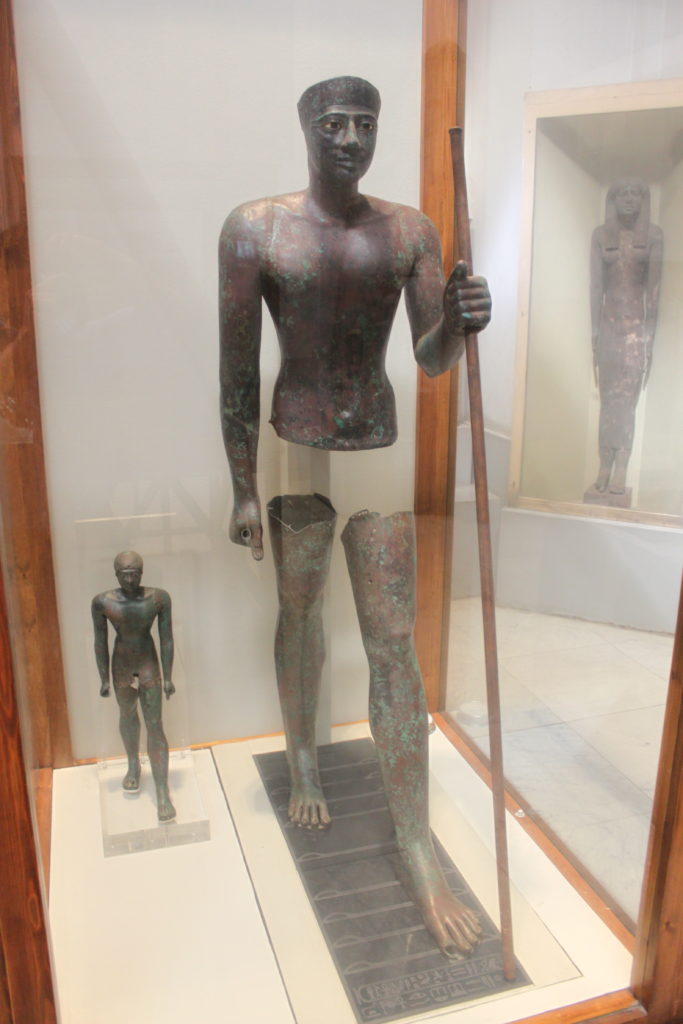
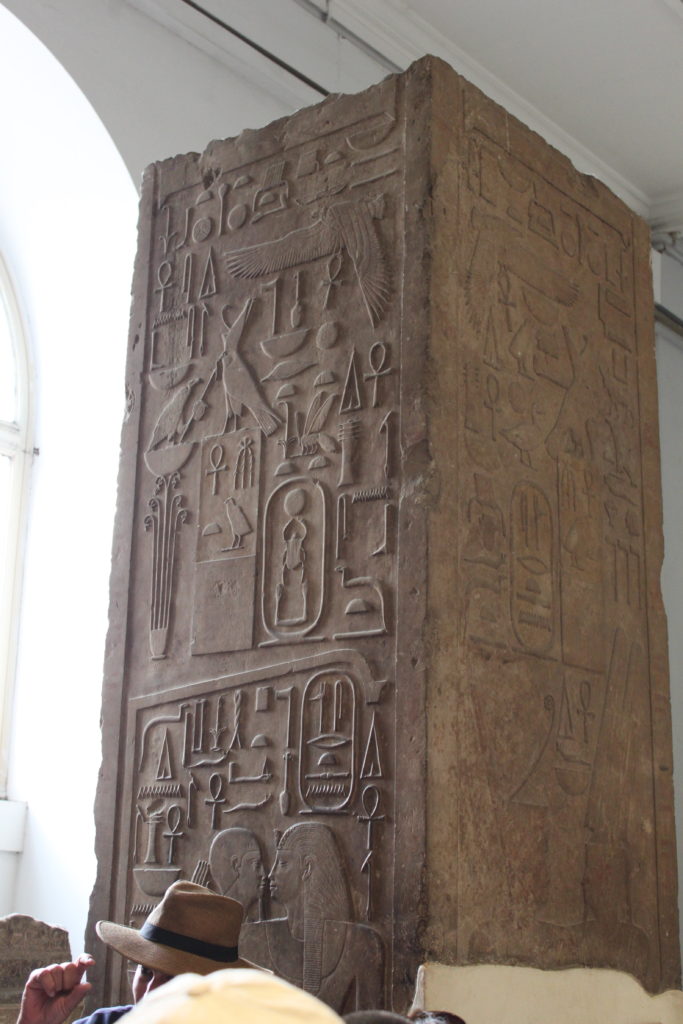
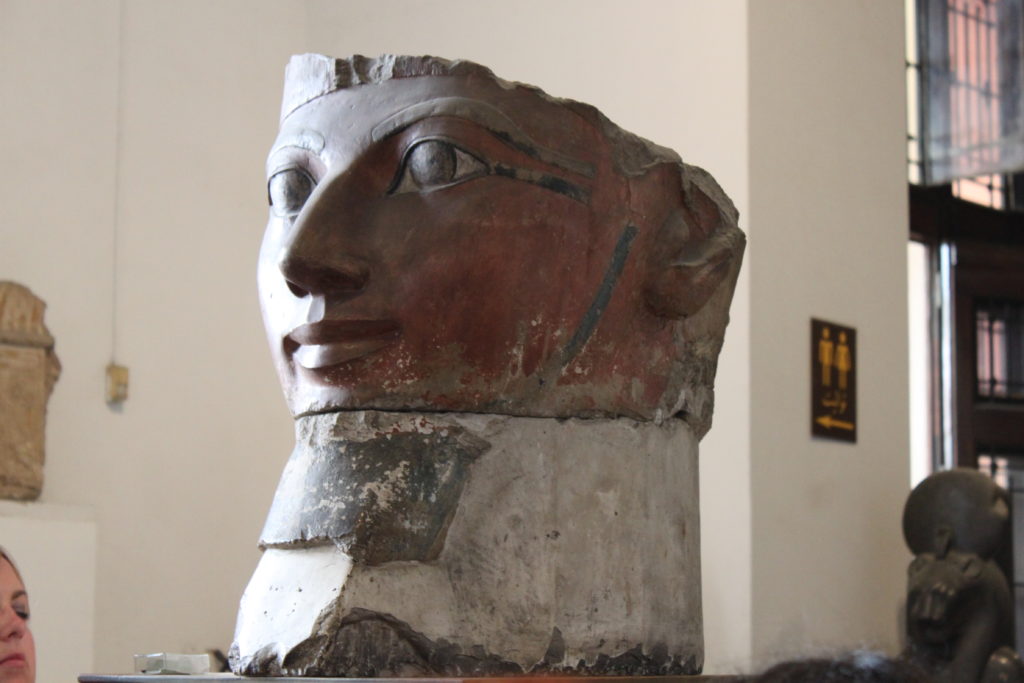
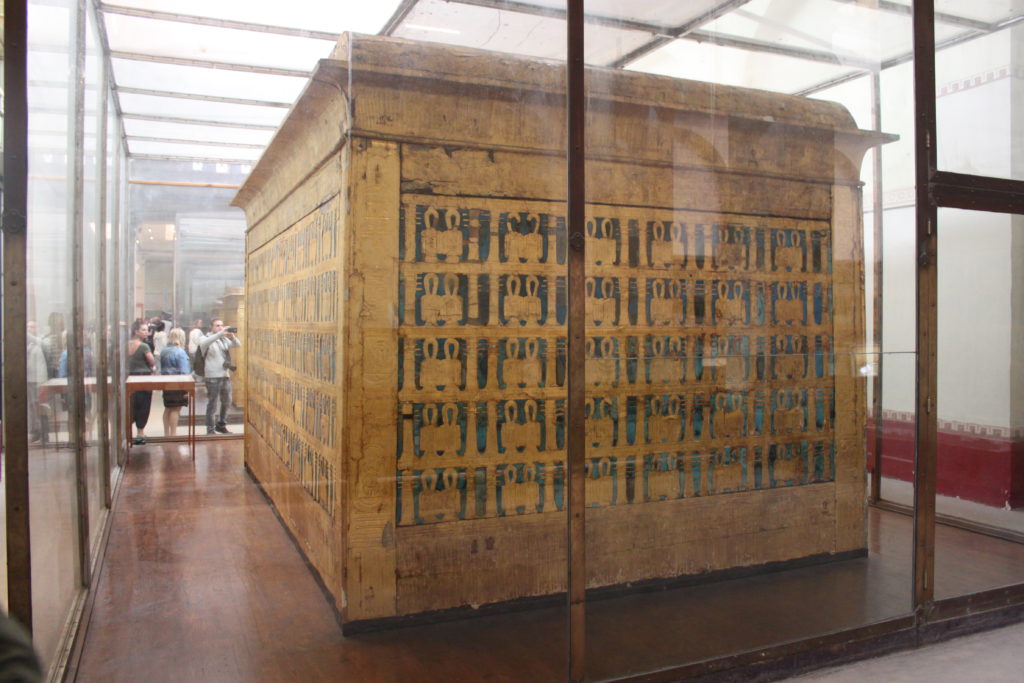
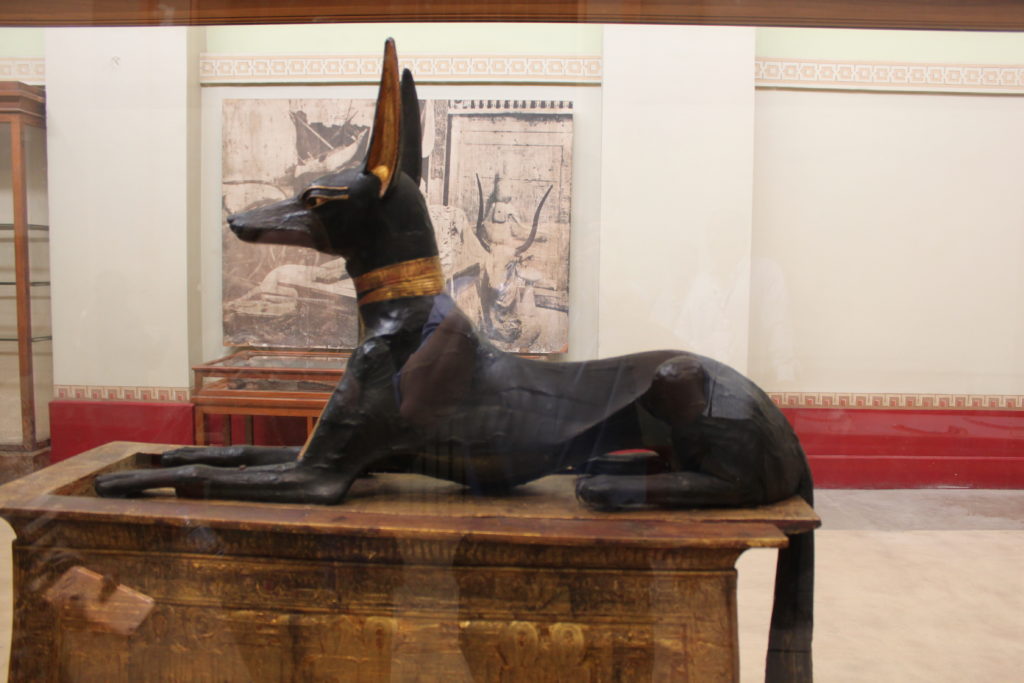
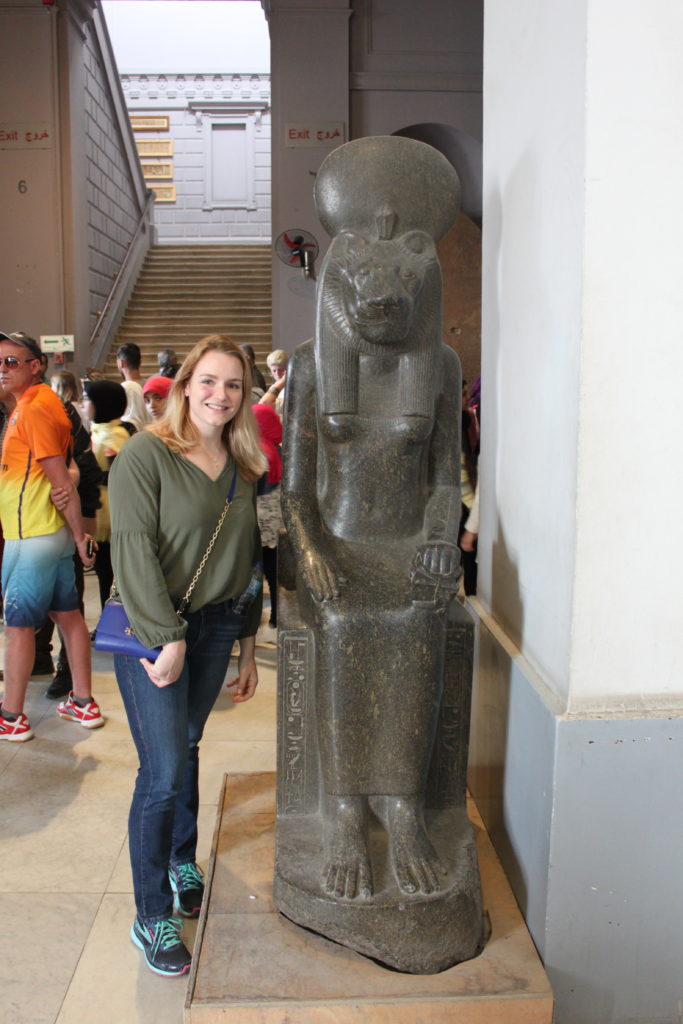
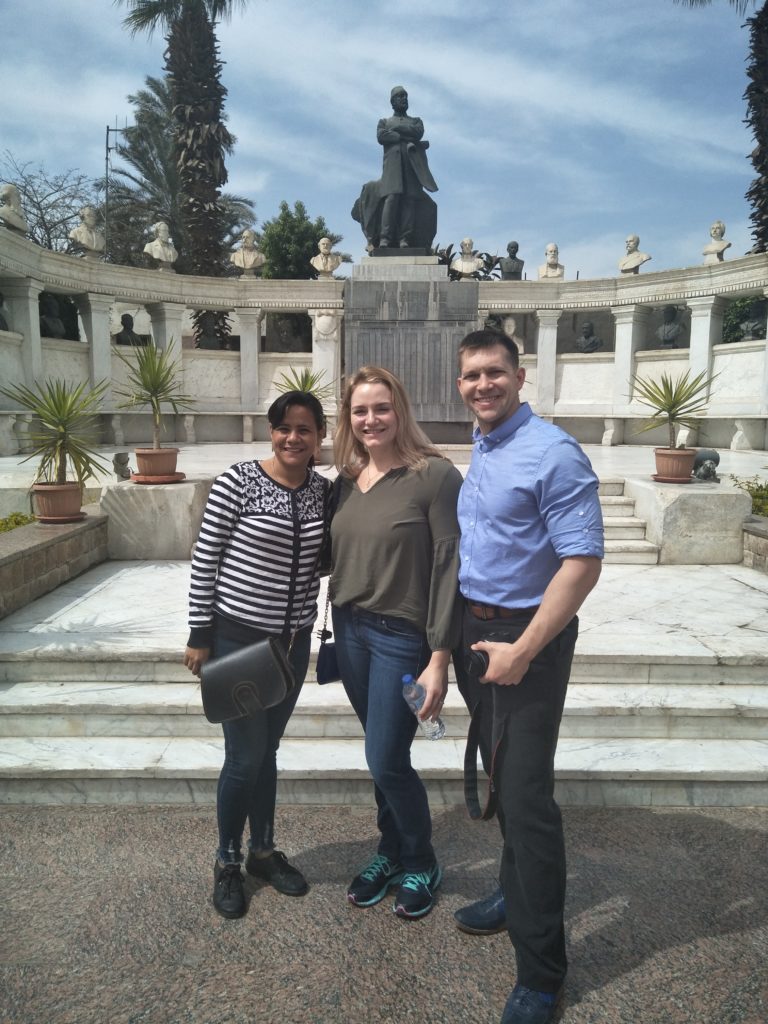
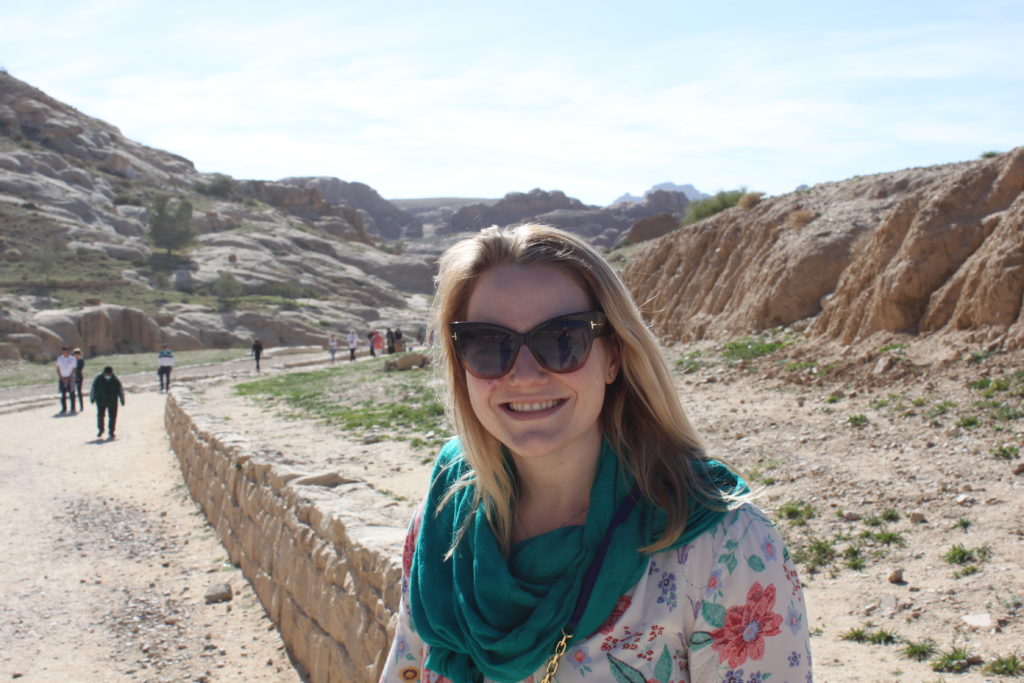
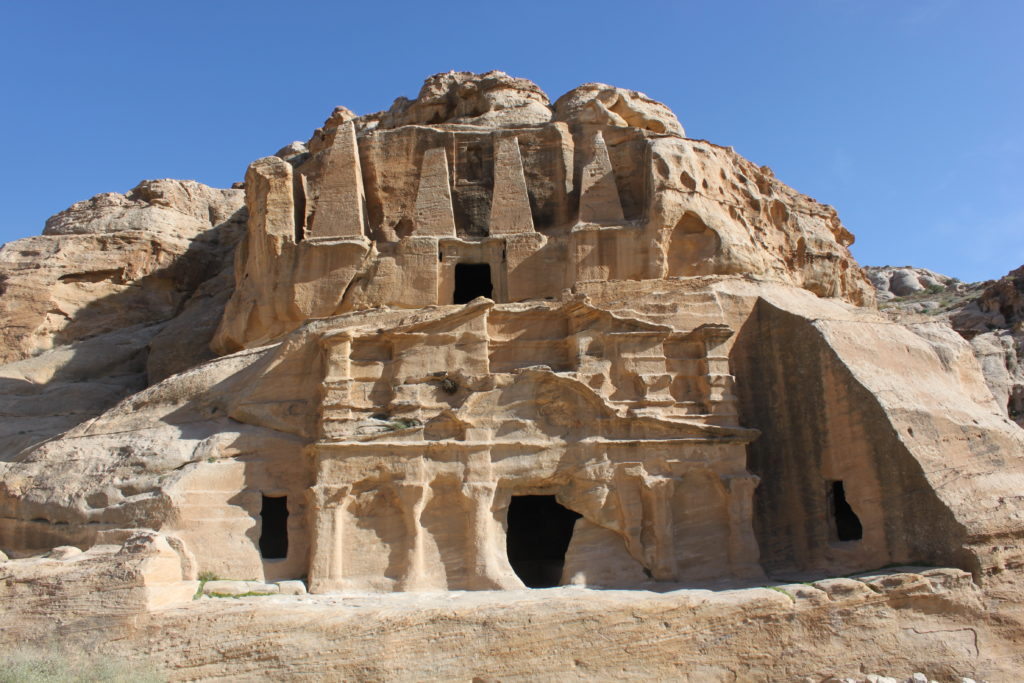
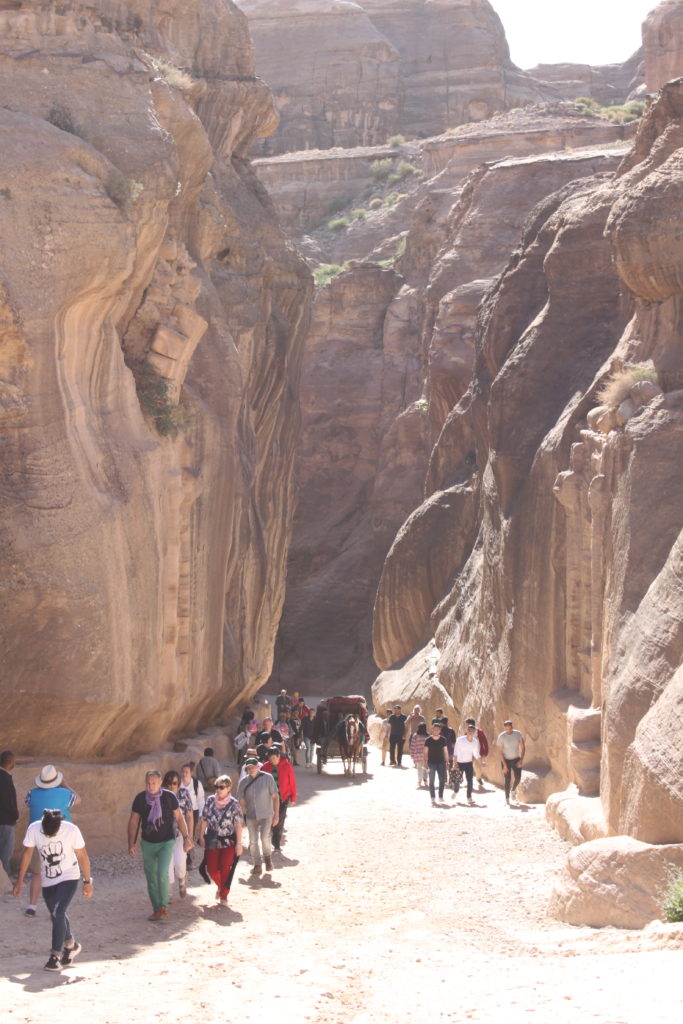
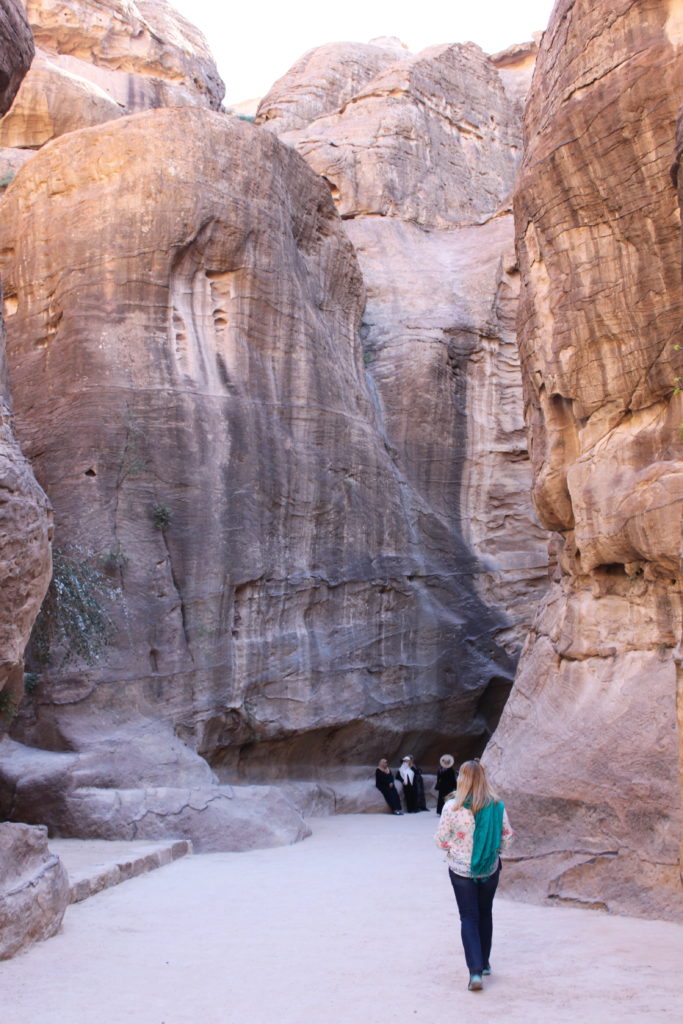
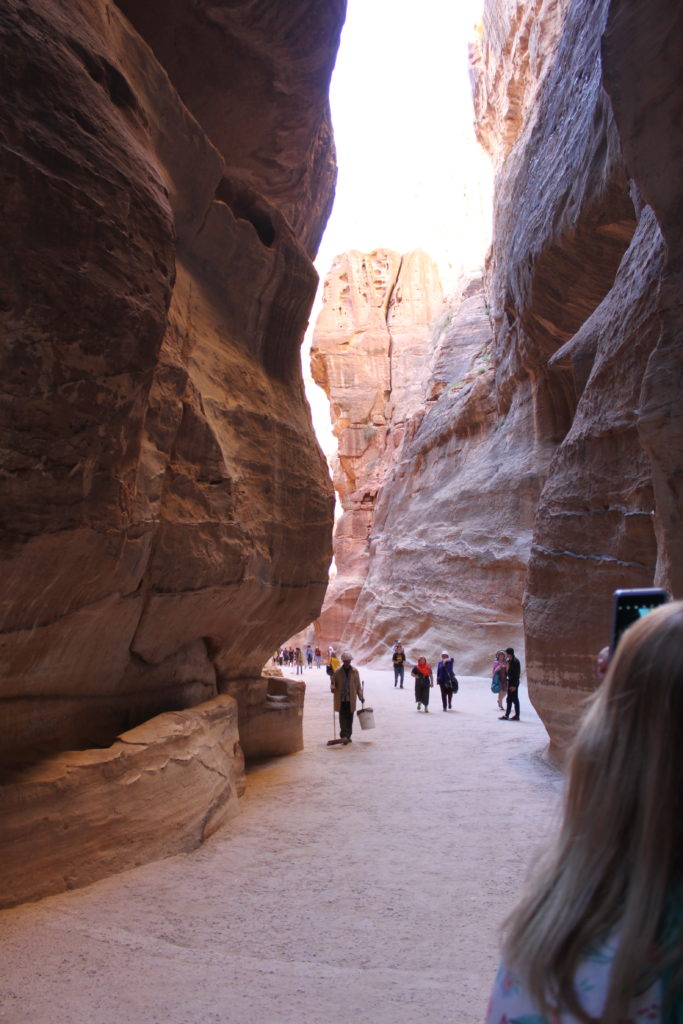
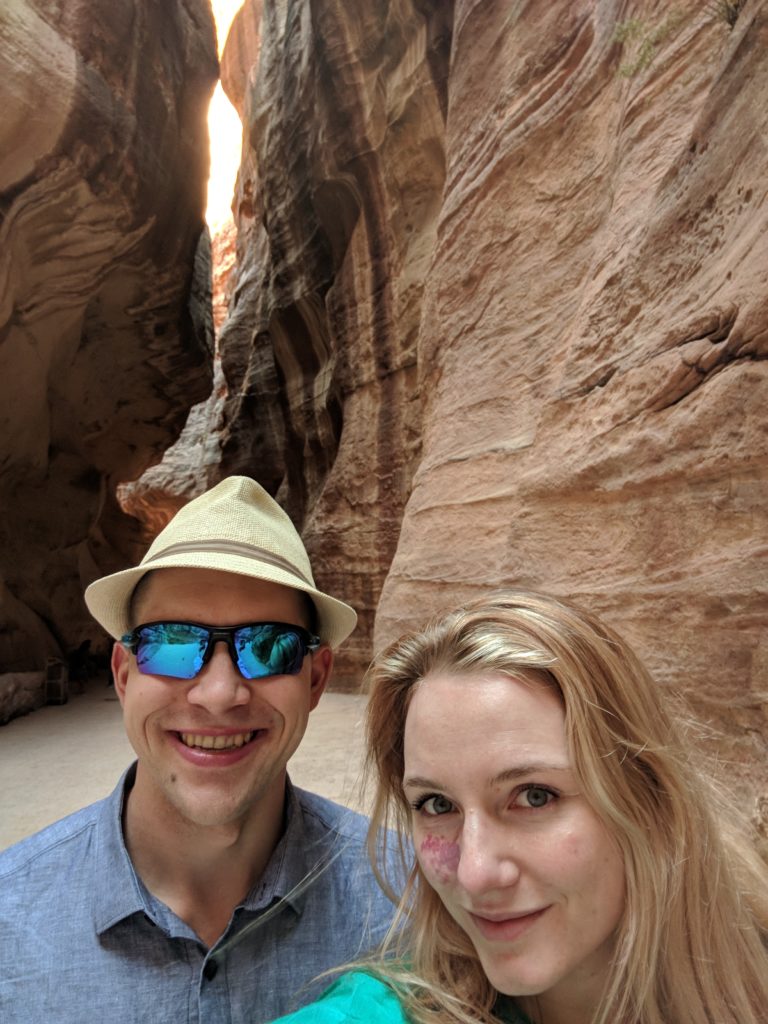
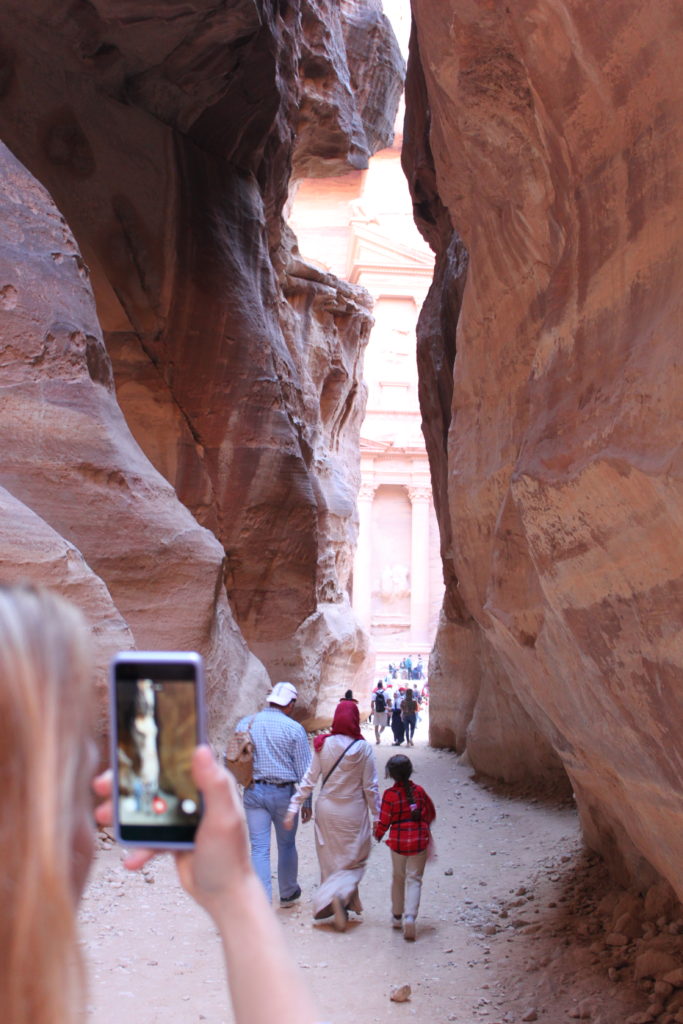
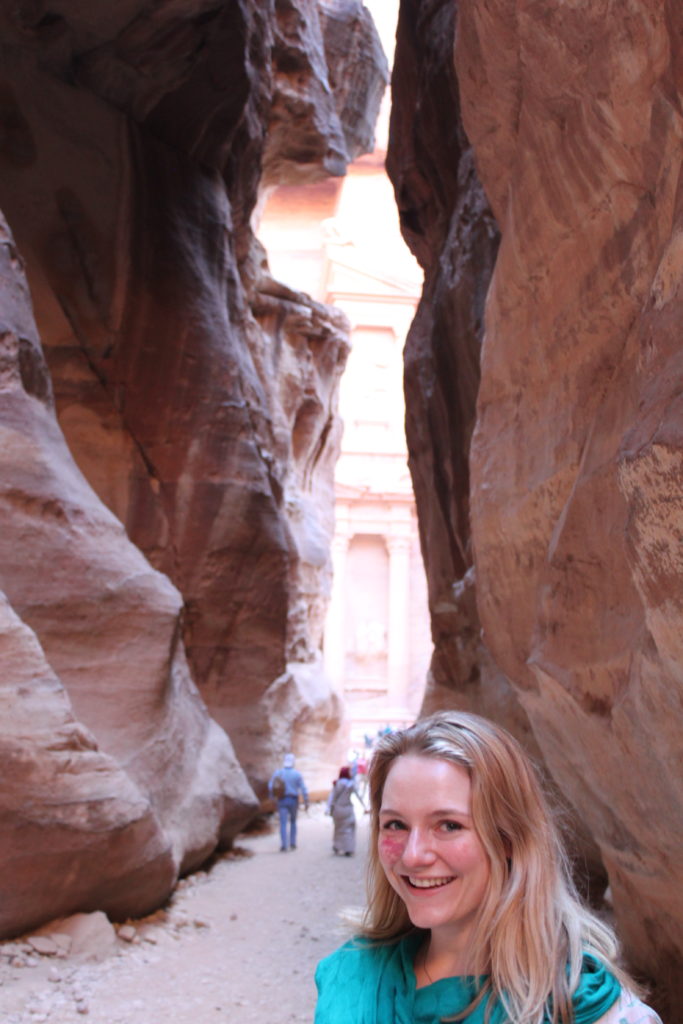
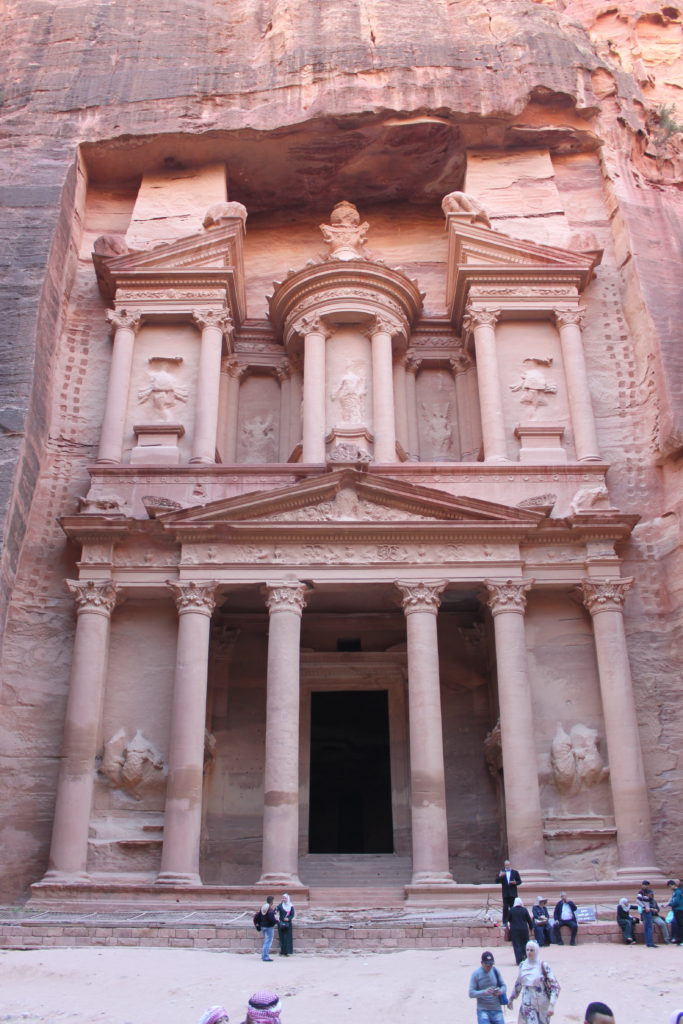
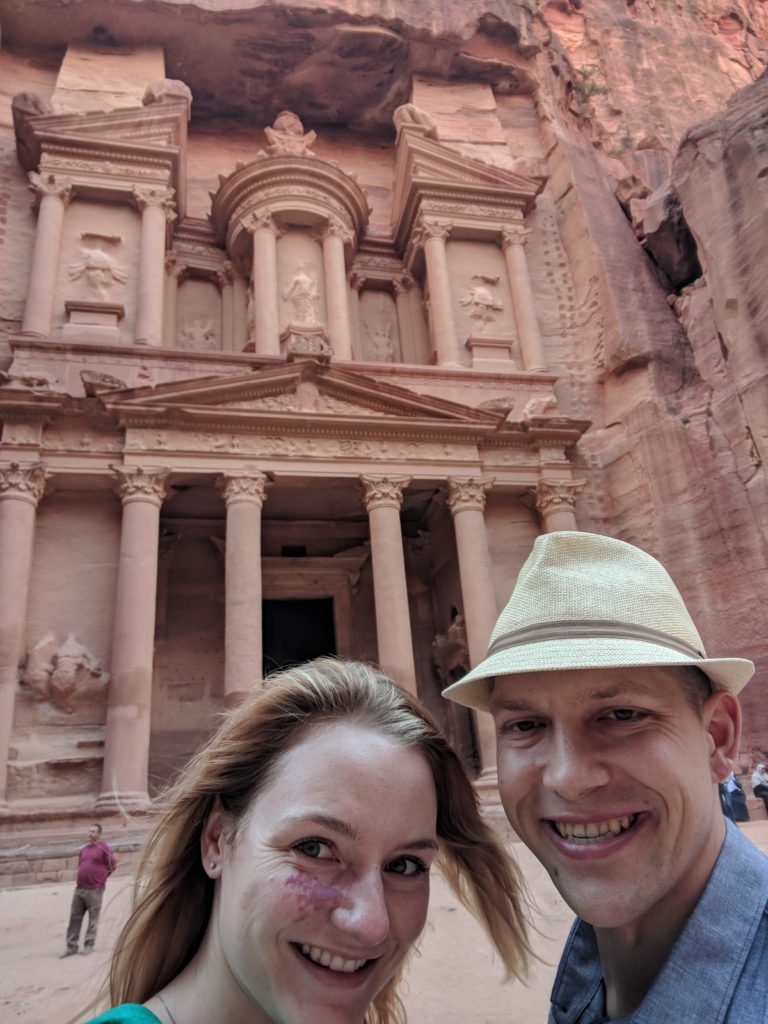
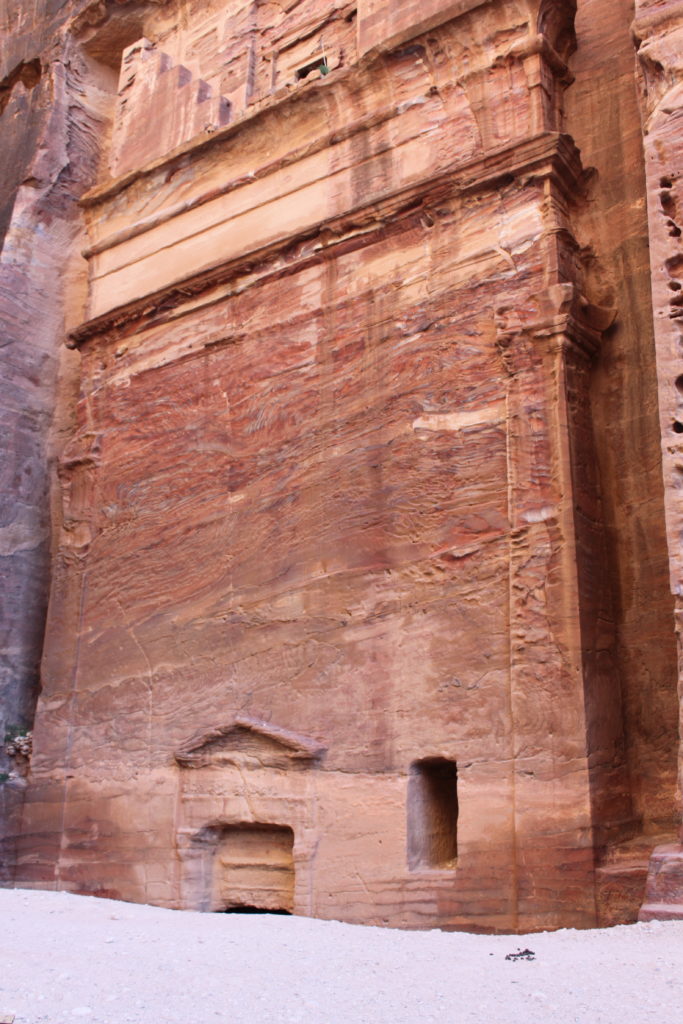
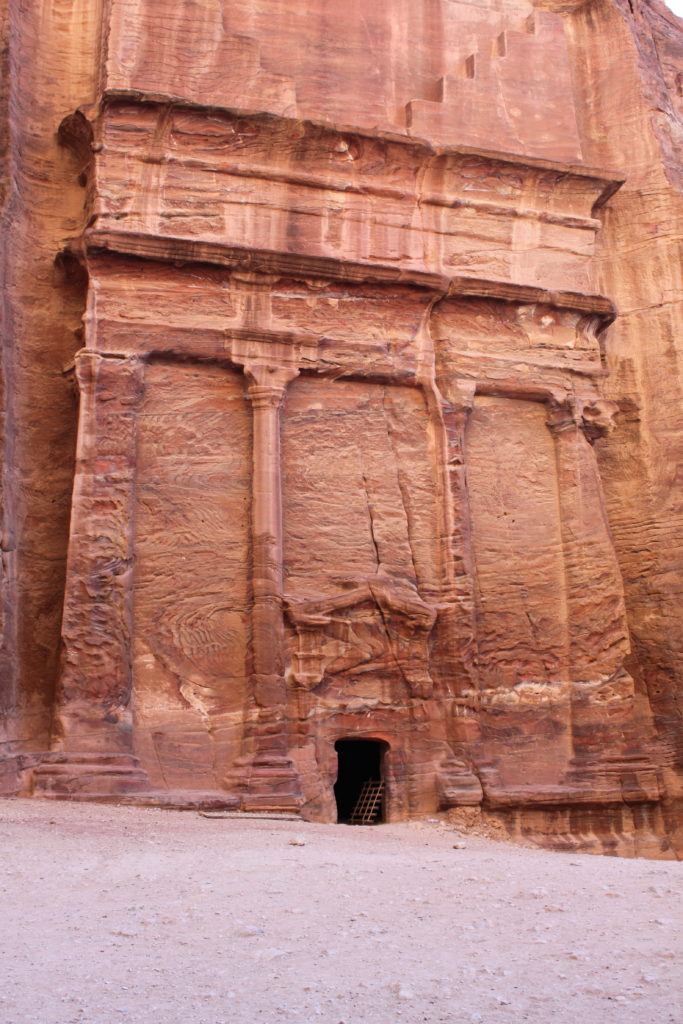
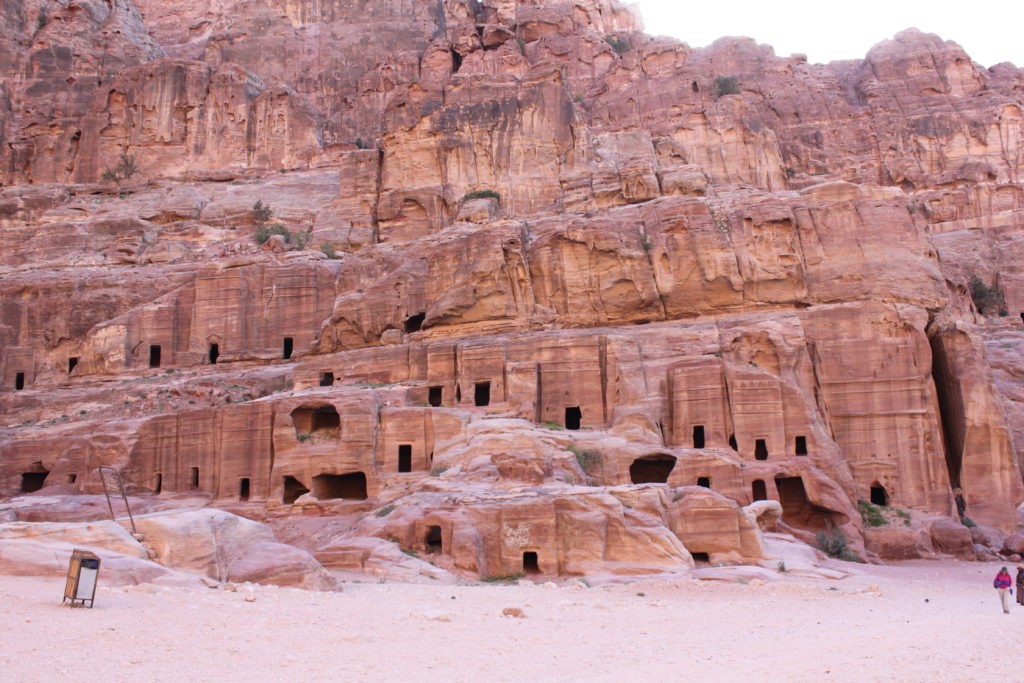
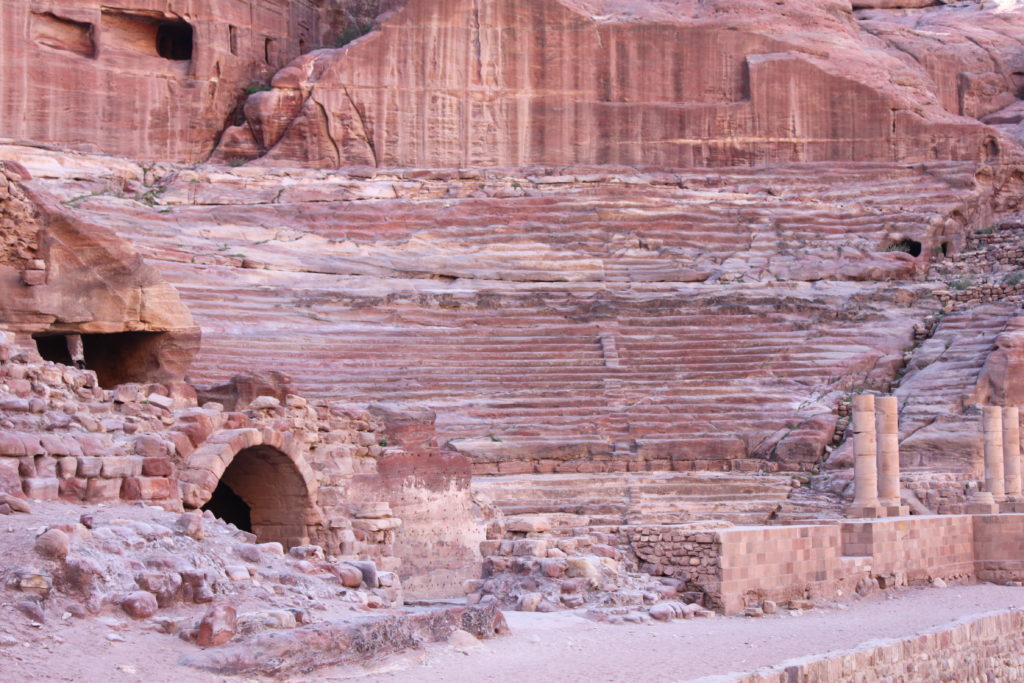
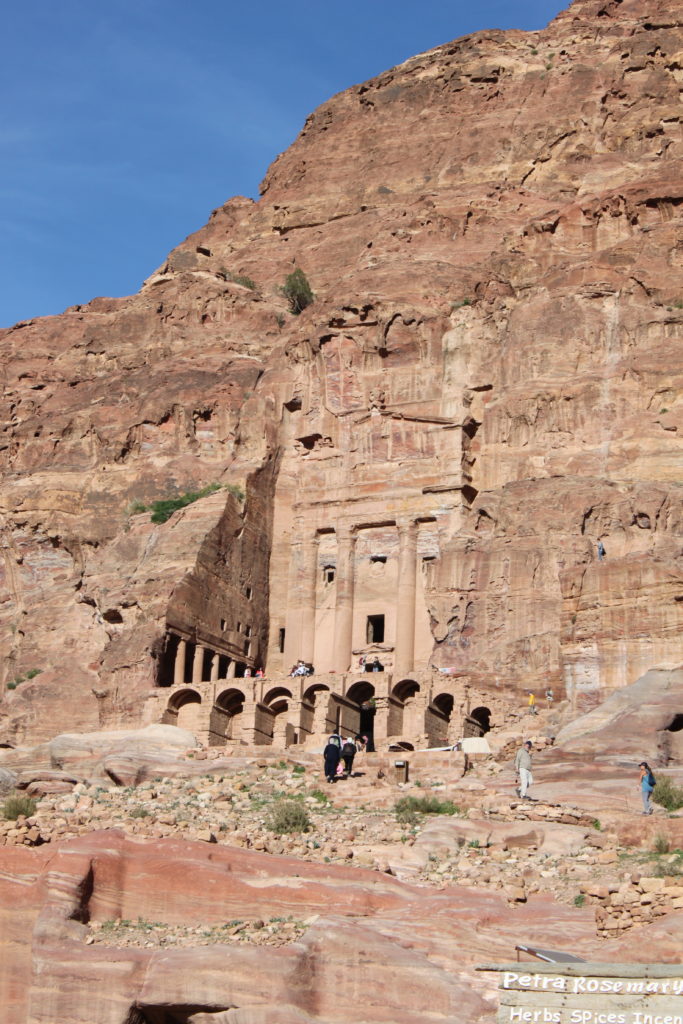
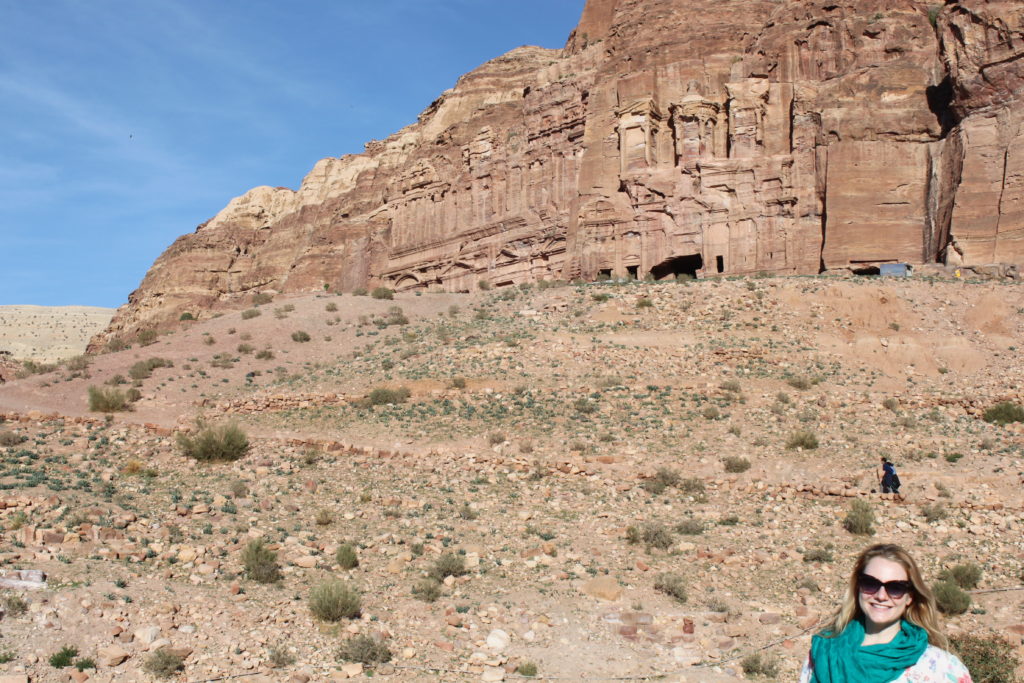
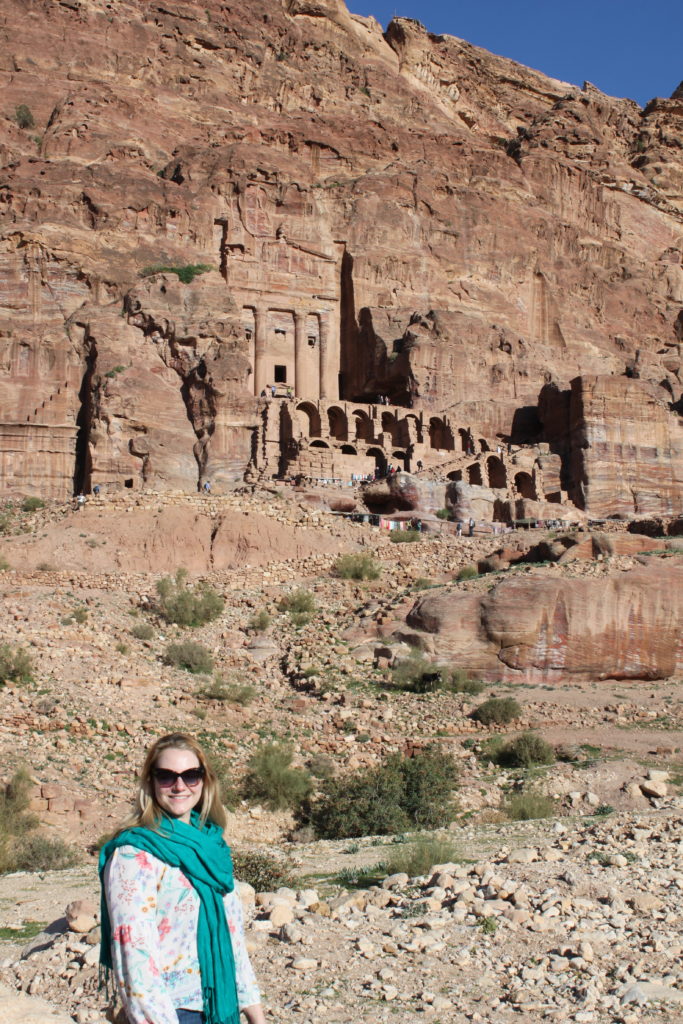
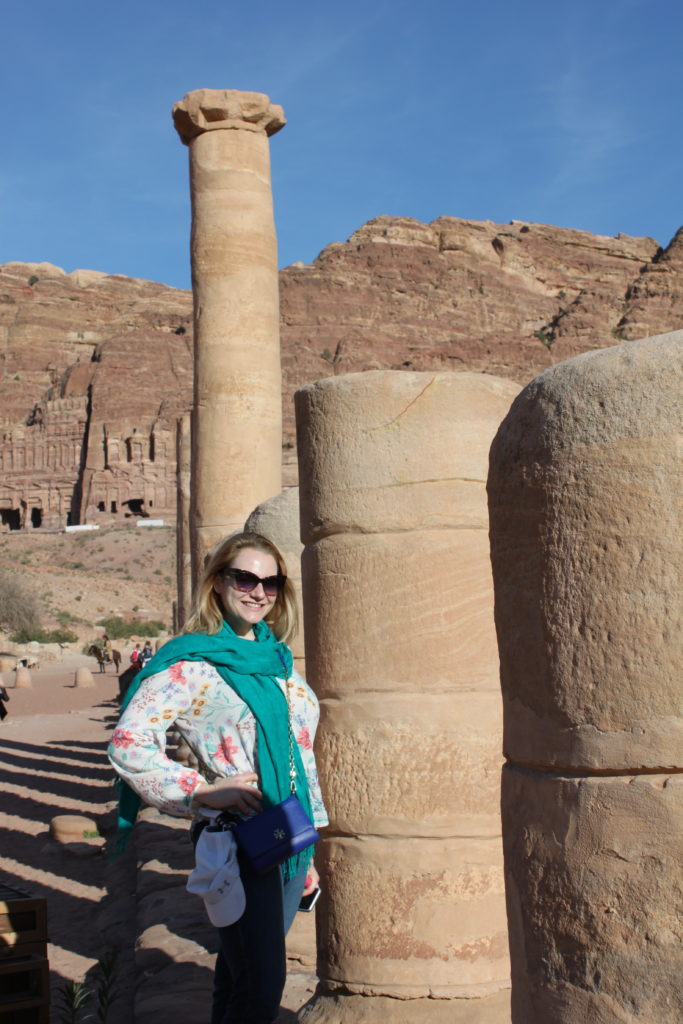
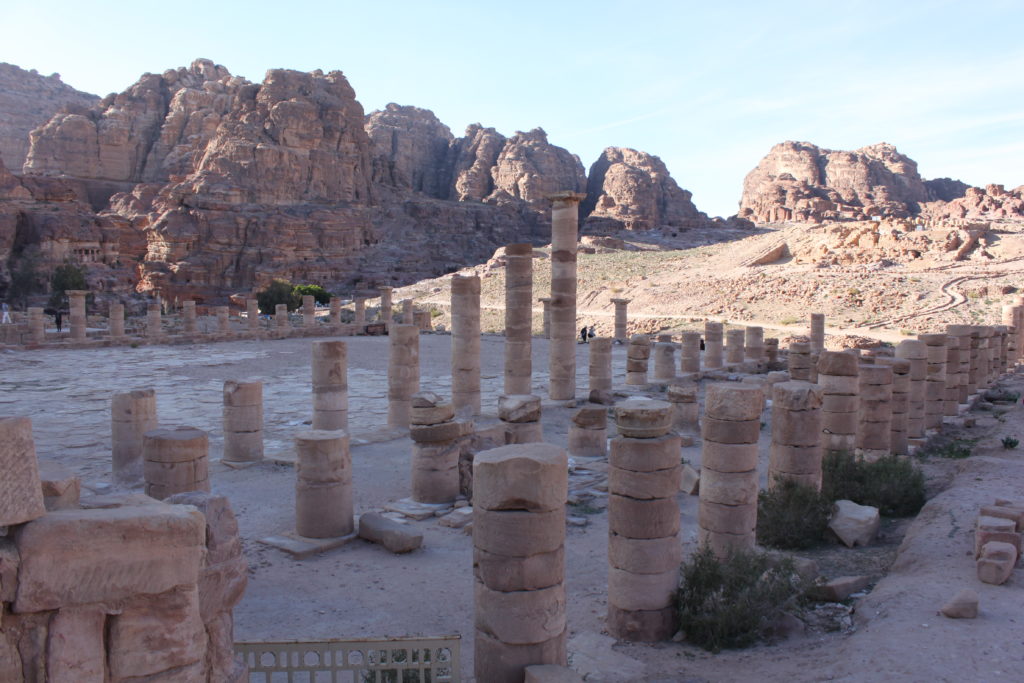
2 responses to “The Middle East
Our Trip to Egypt and Jordan”
Wonderful article – so very informative on every level! Thank you for sharing your link!
[…] actually wanted to be on. We had done this a few times previously, positioning to Chicago for our trip to Egypt and positioning to Seattle for our last trip to Paris. For this particular itinerary, I decided to […]